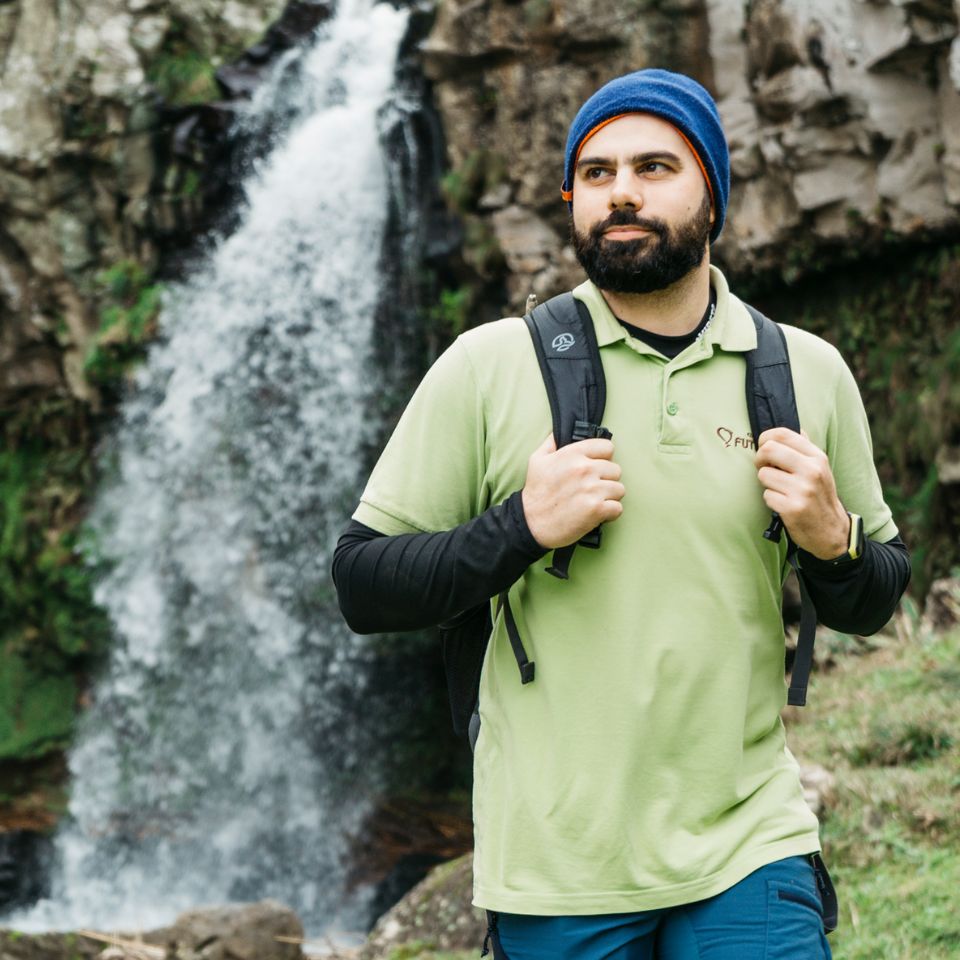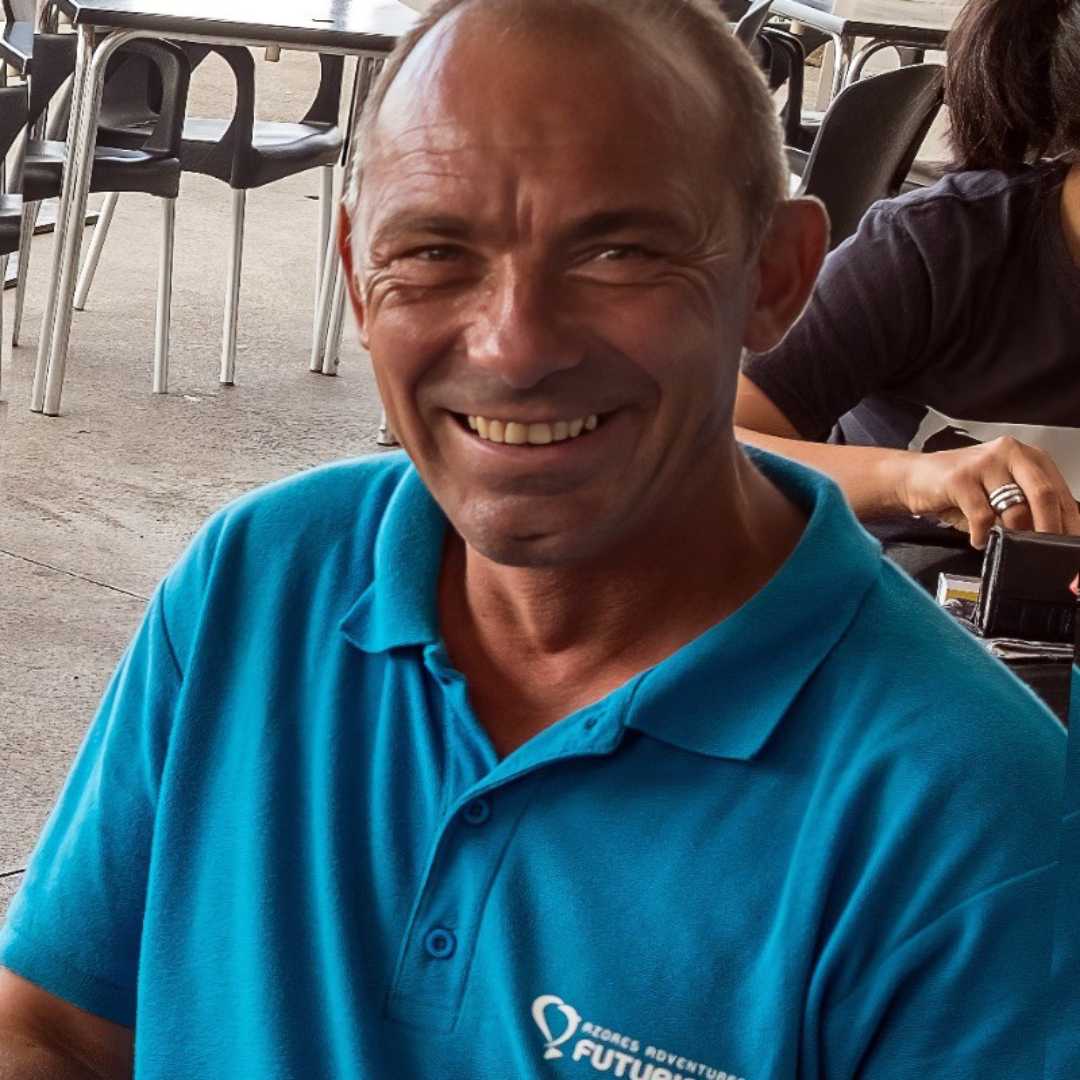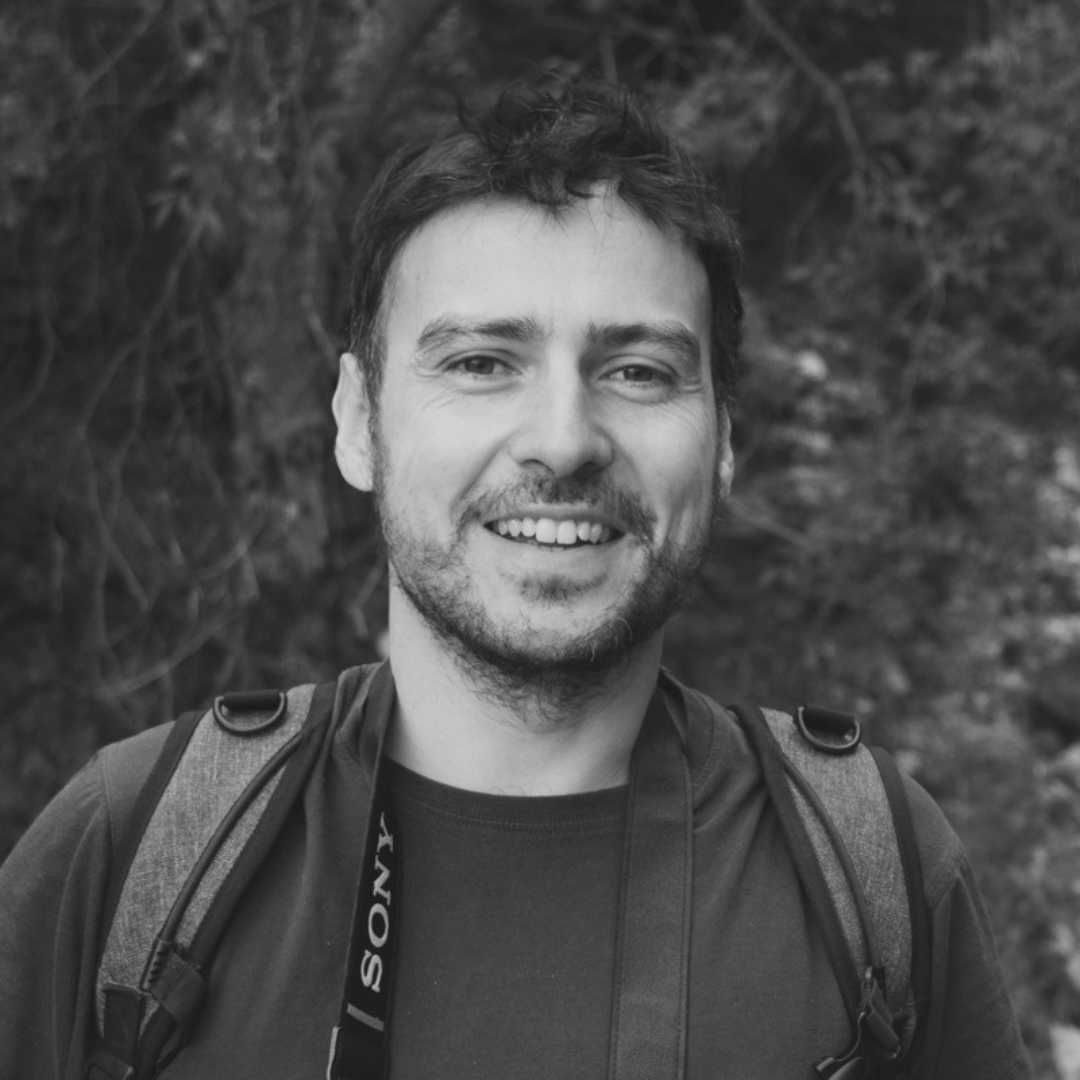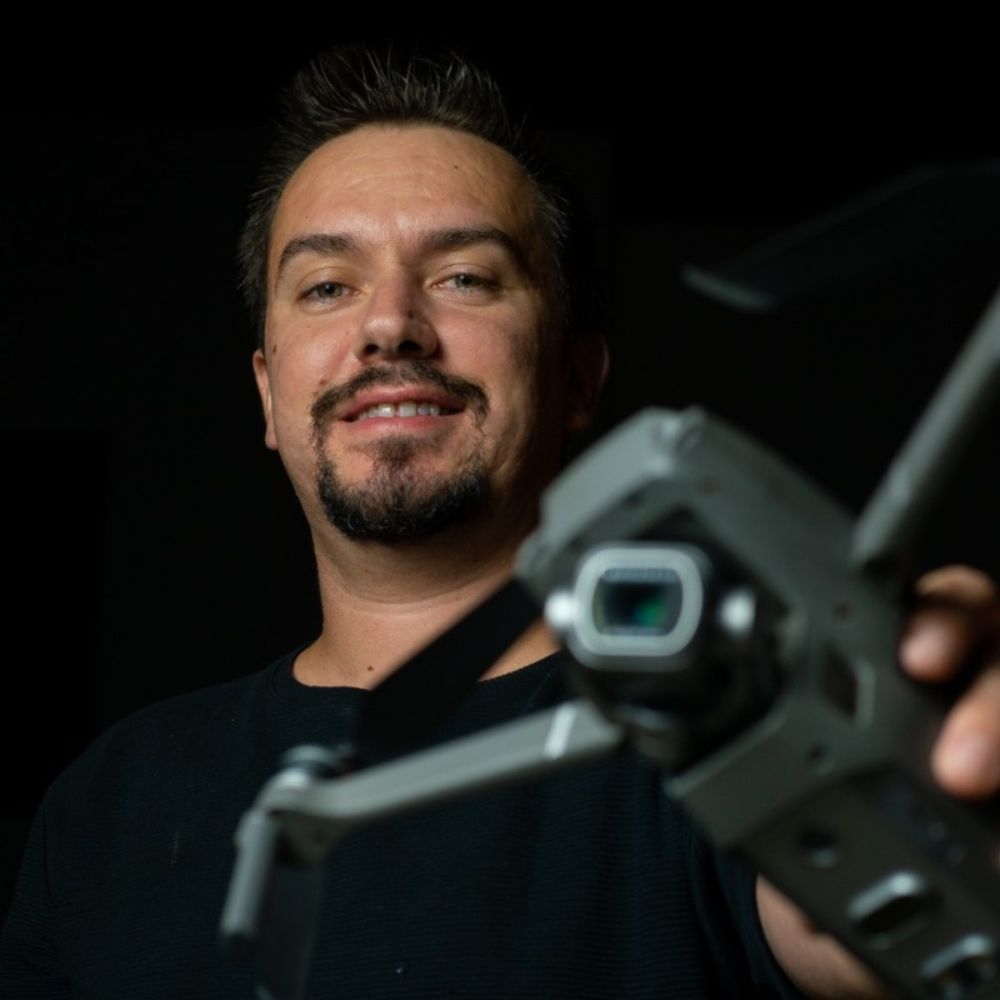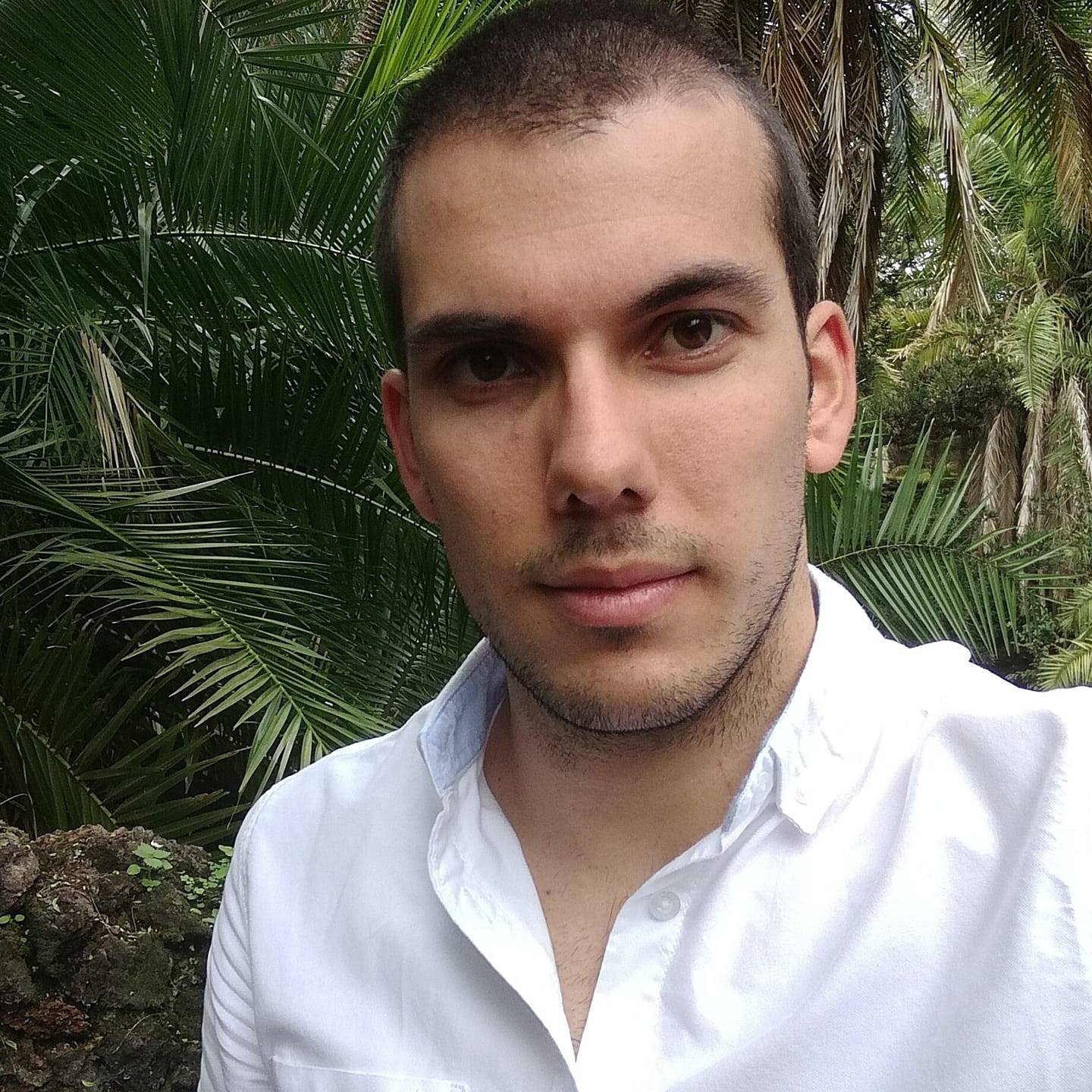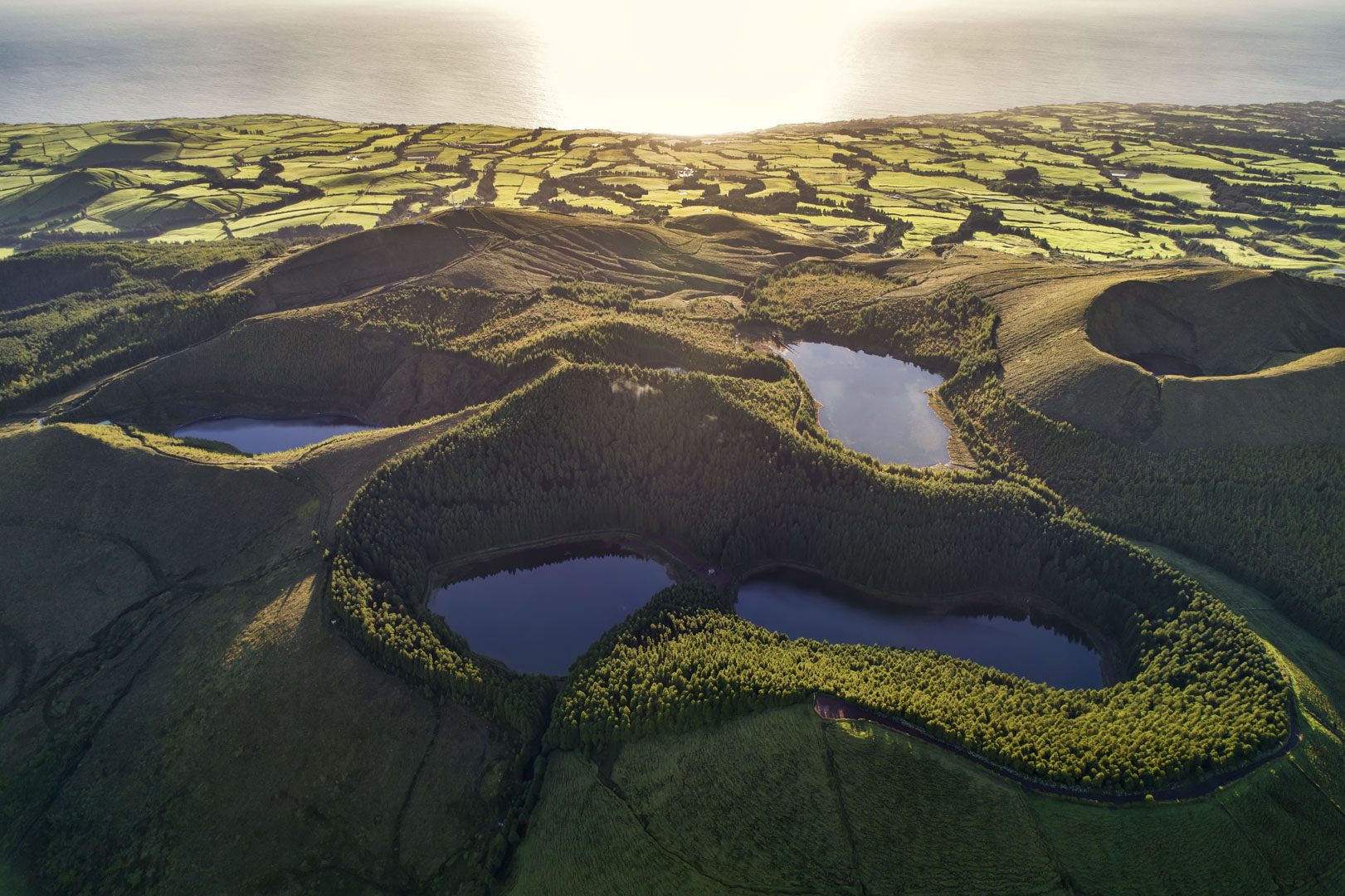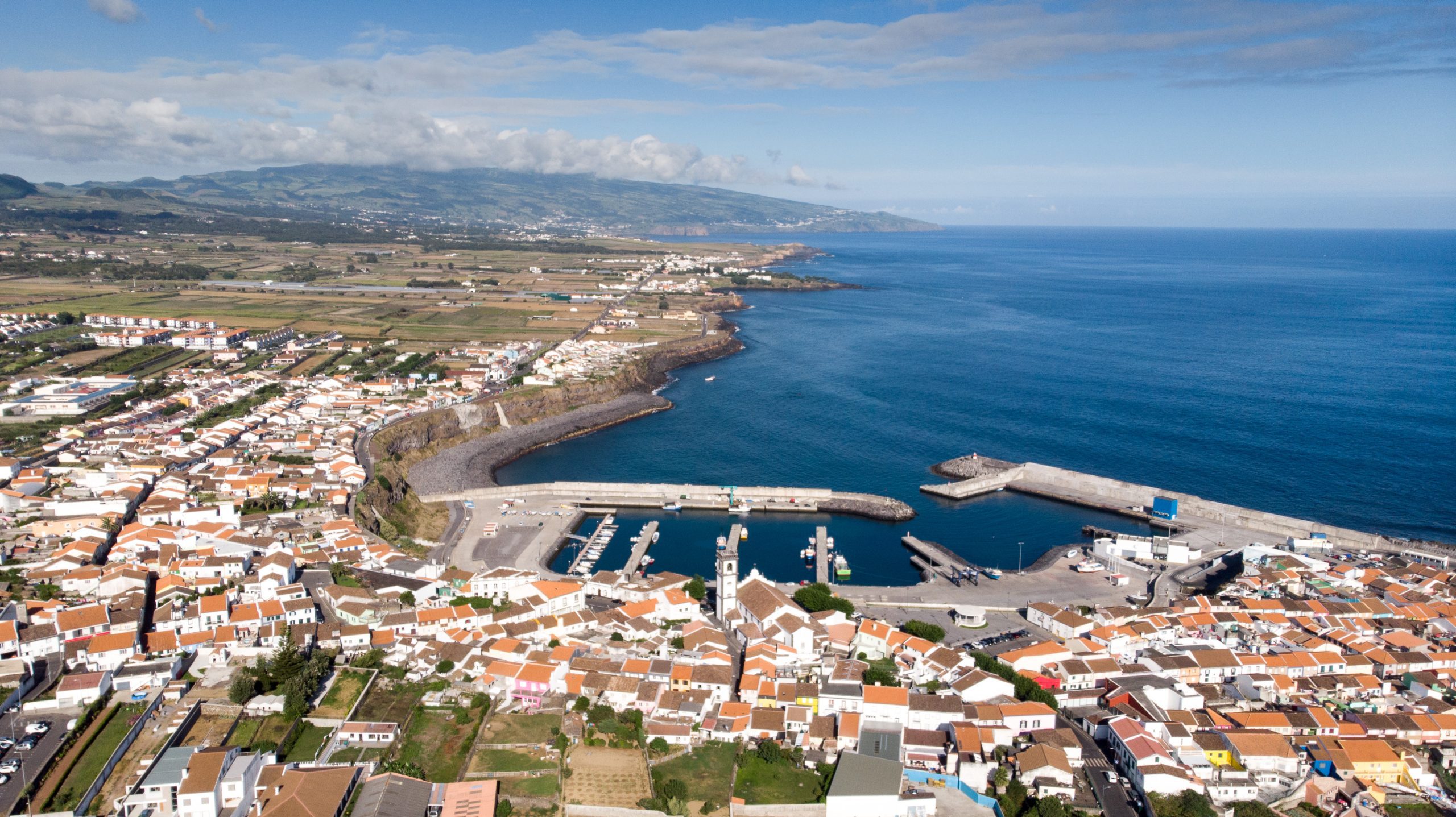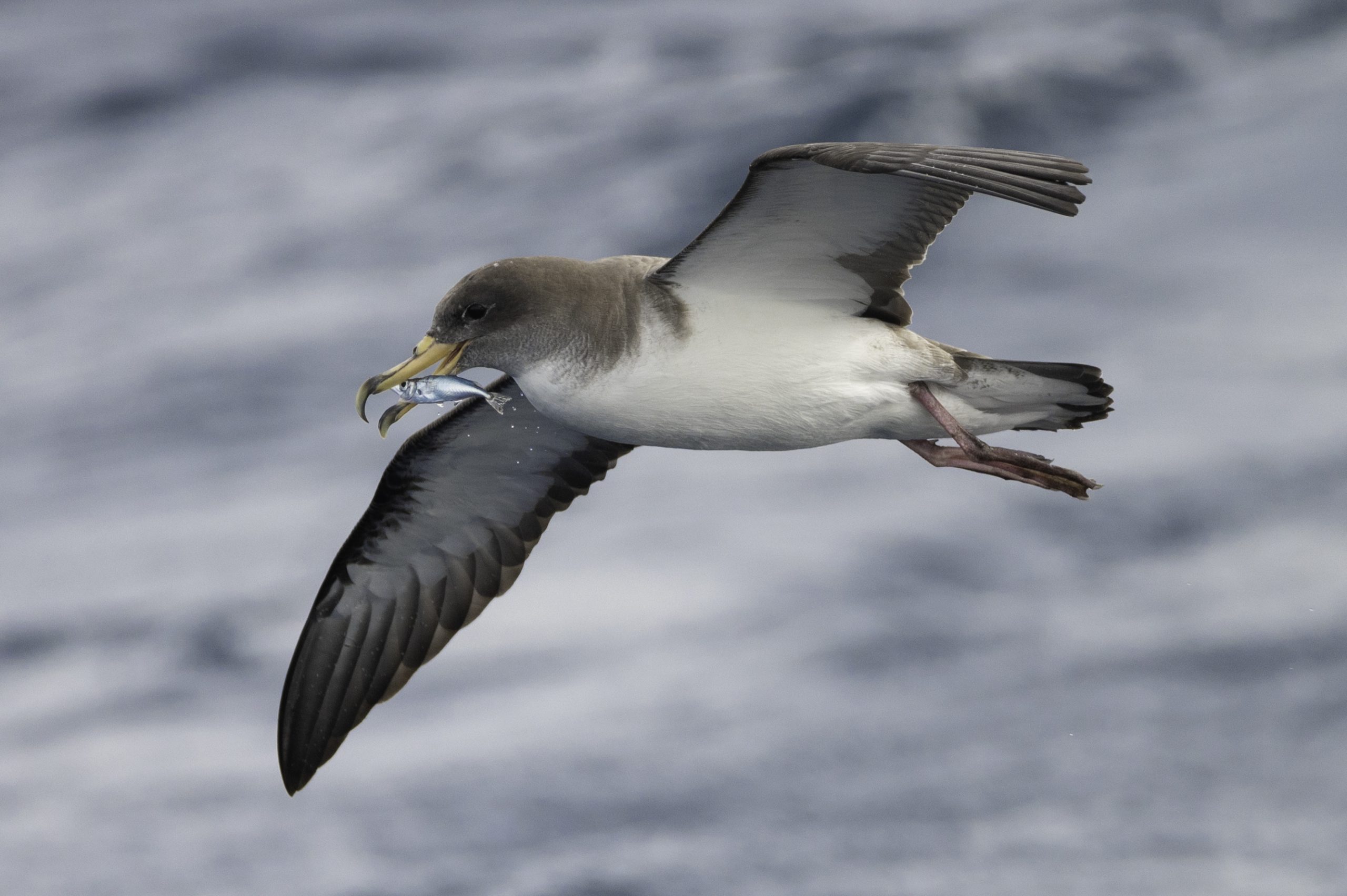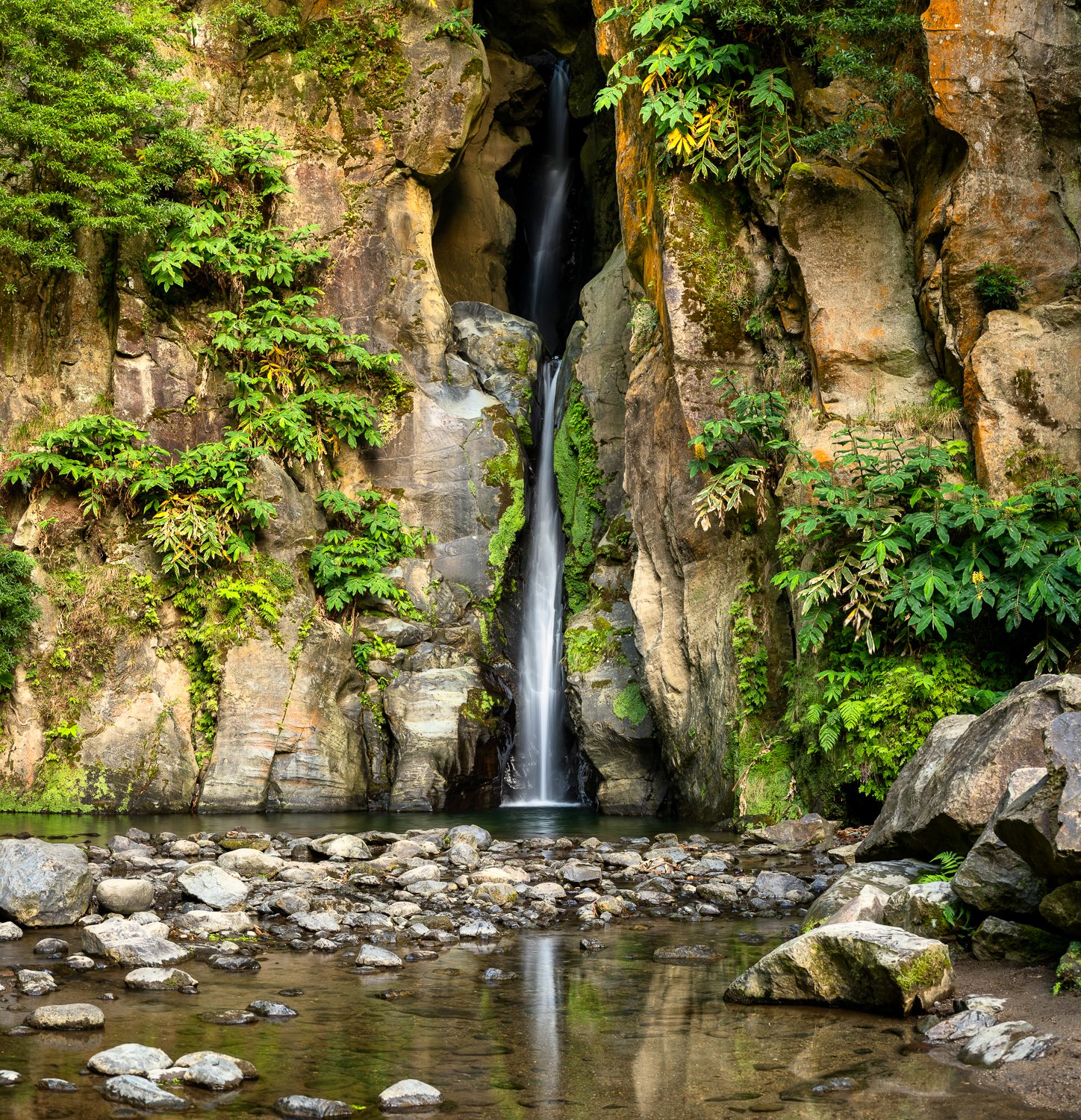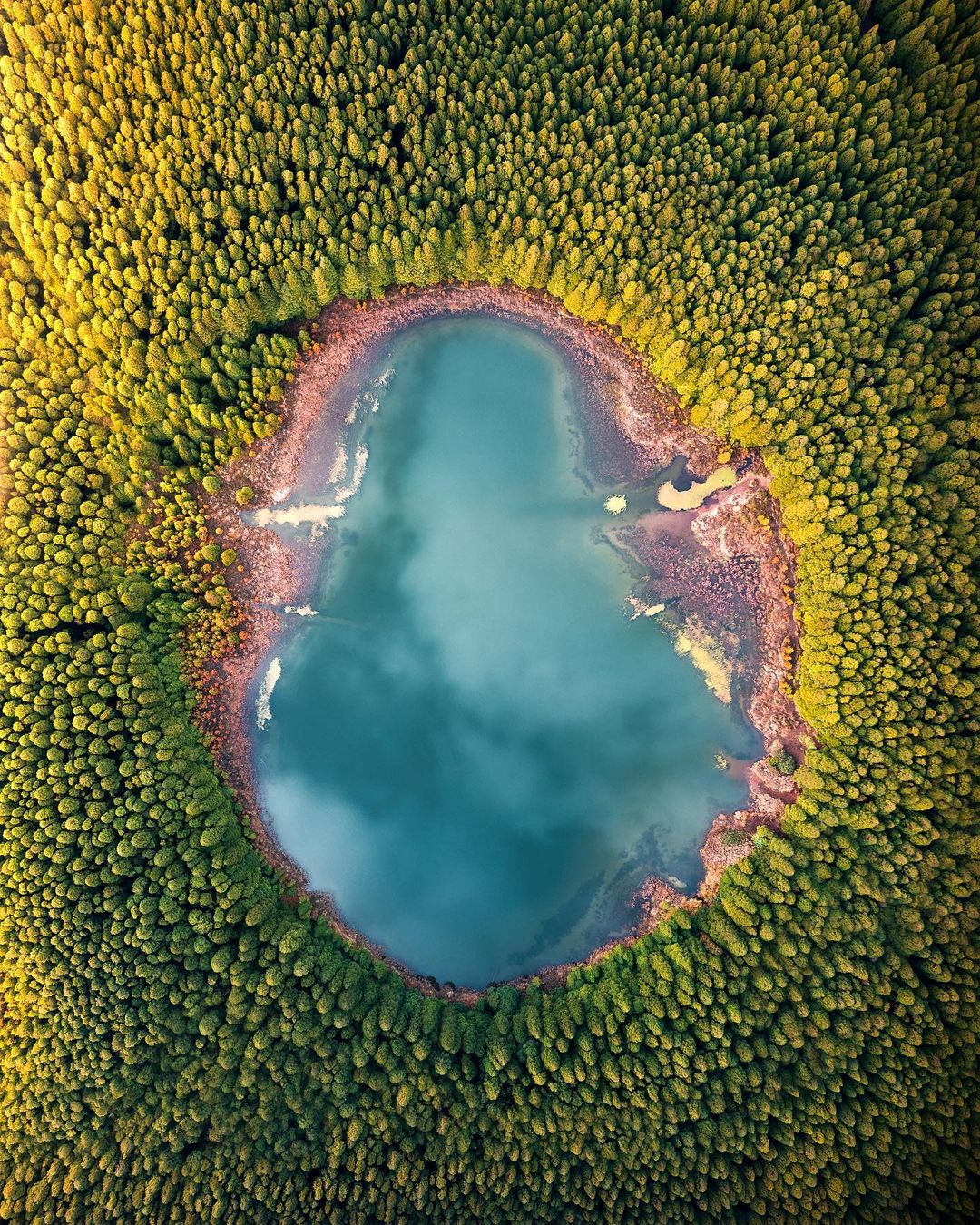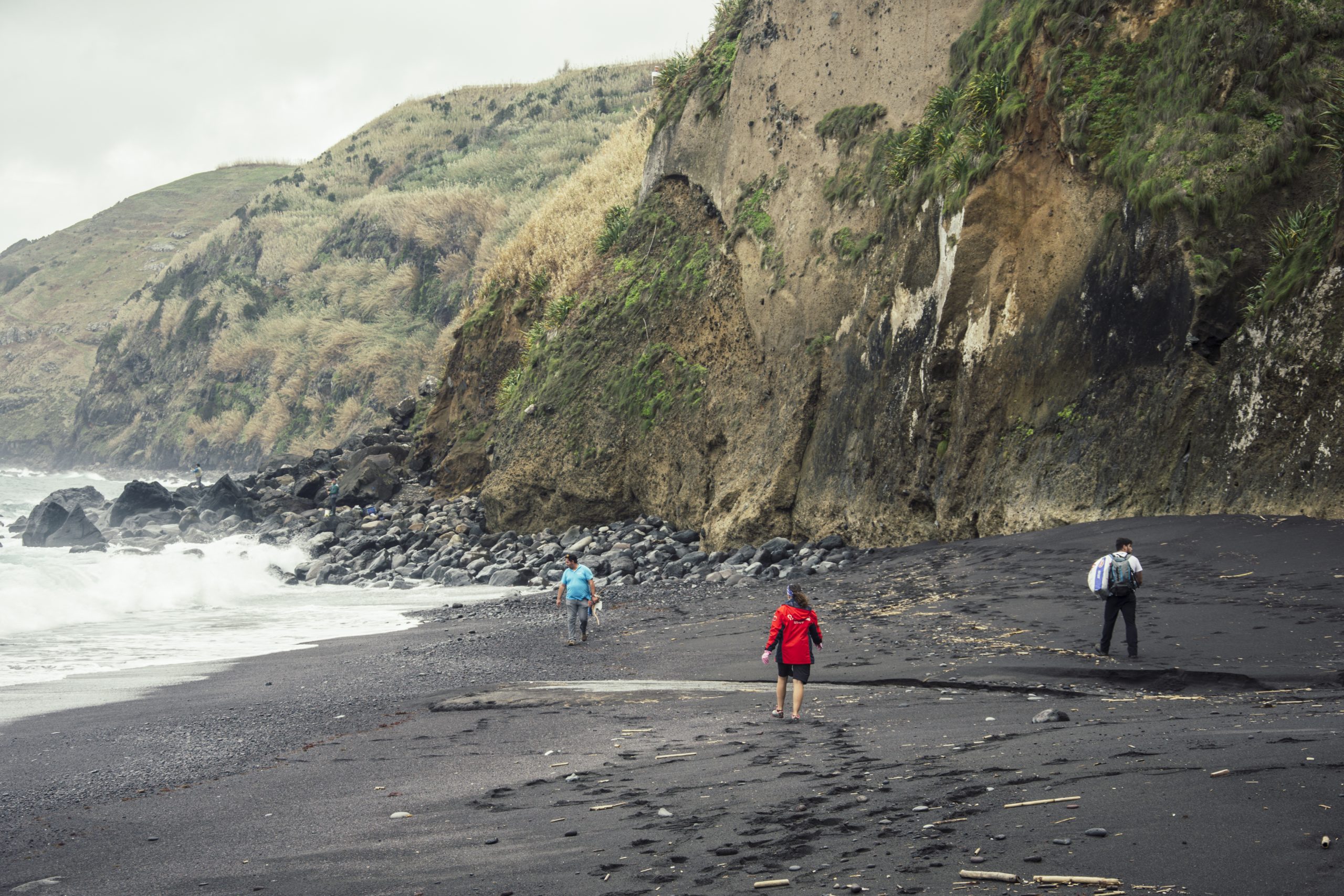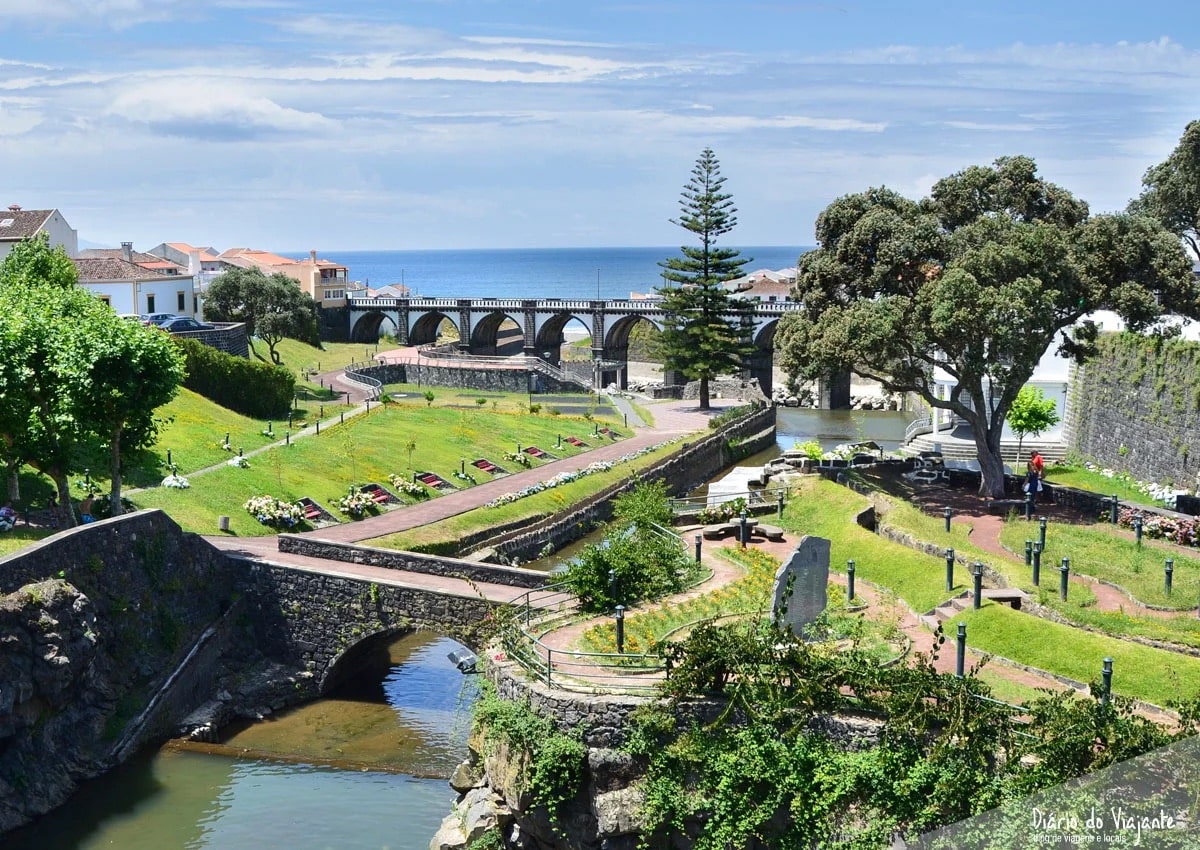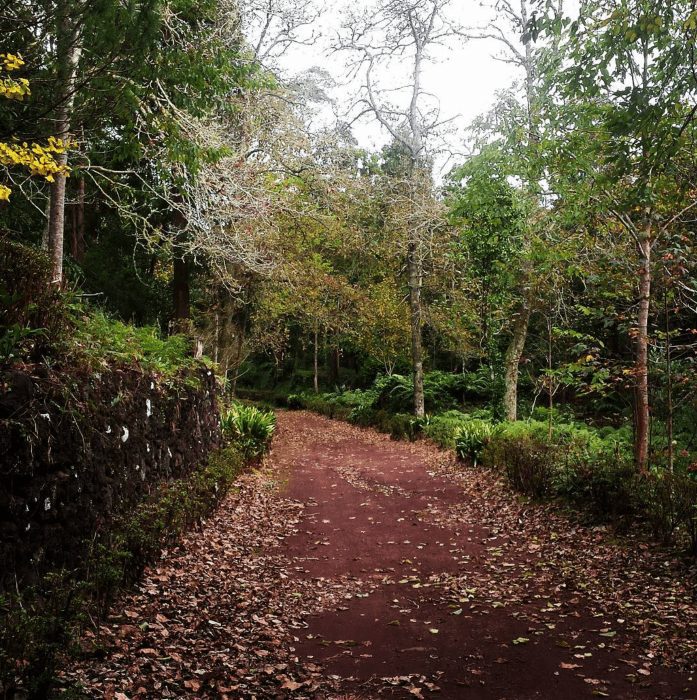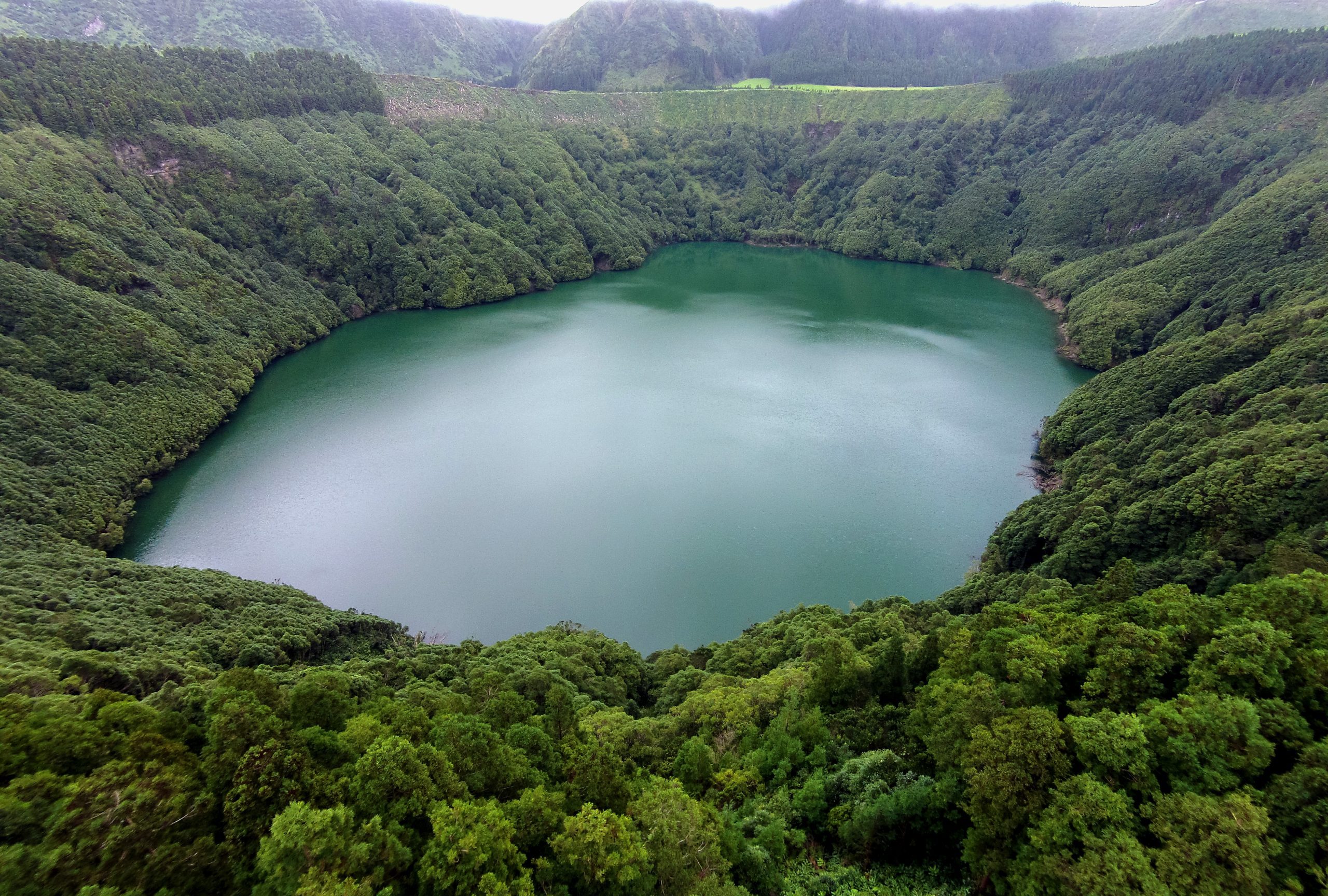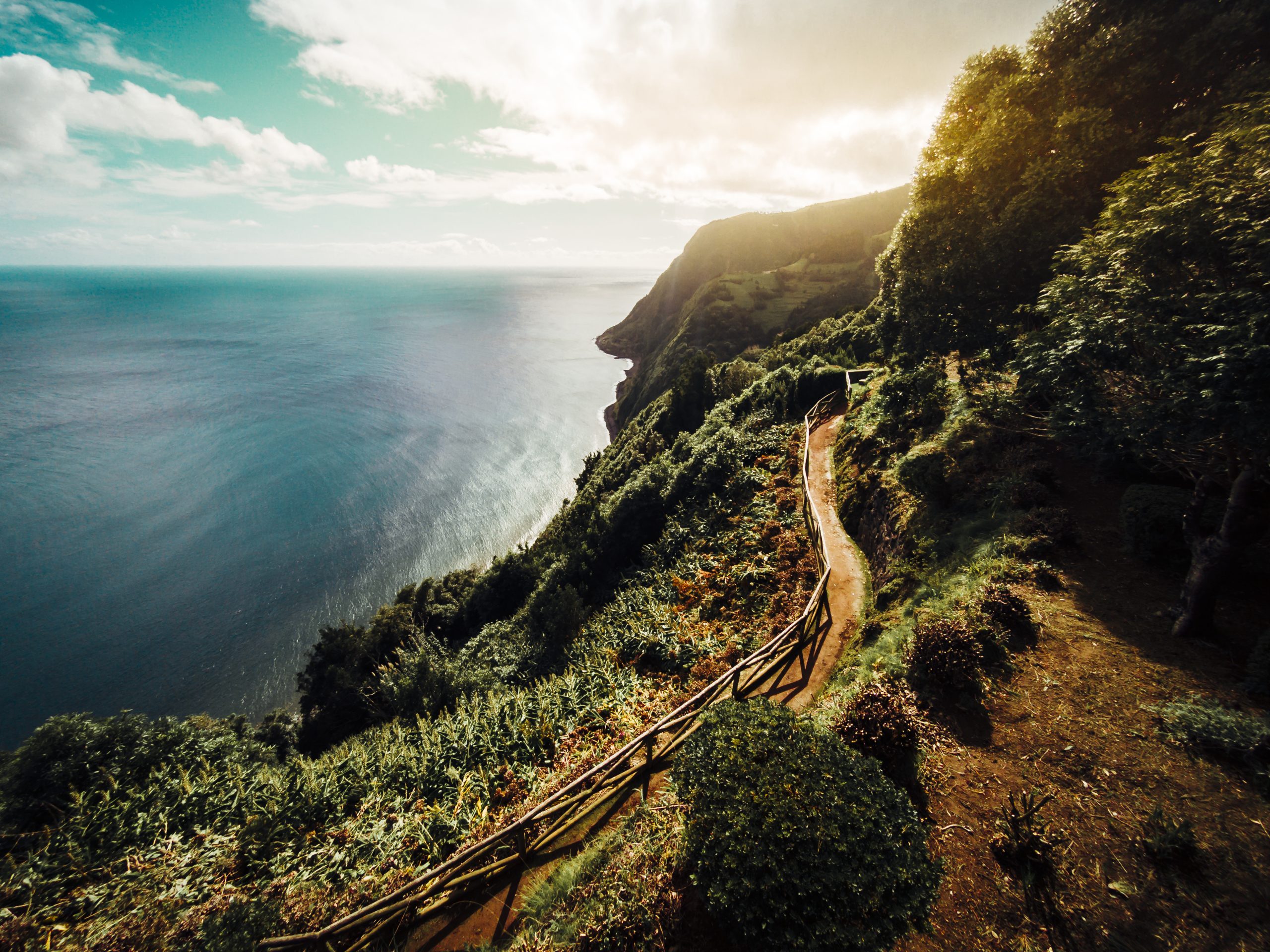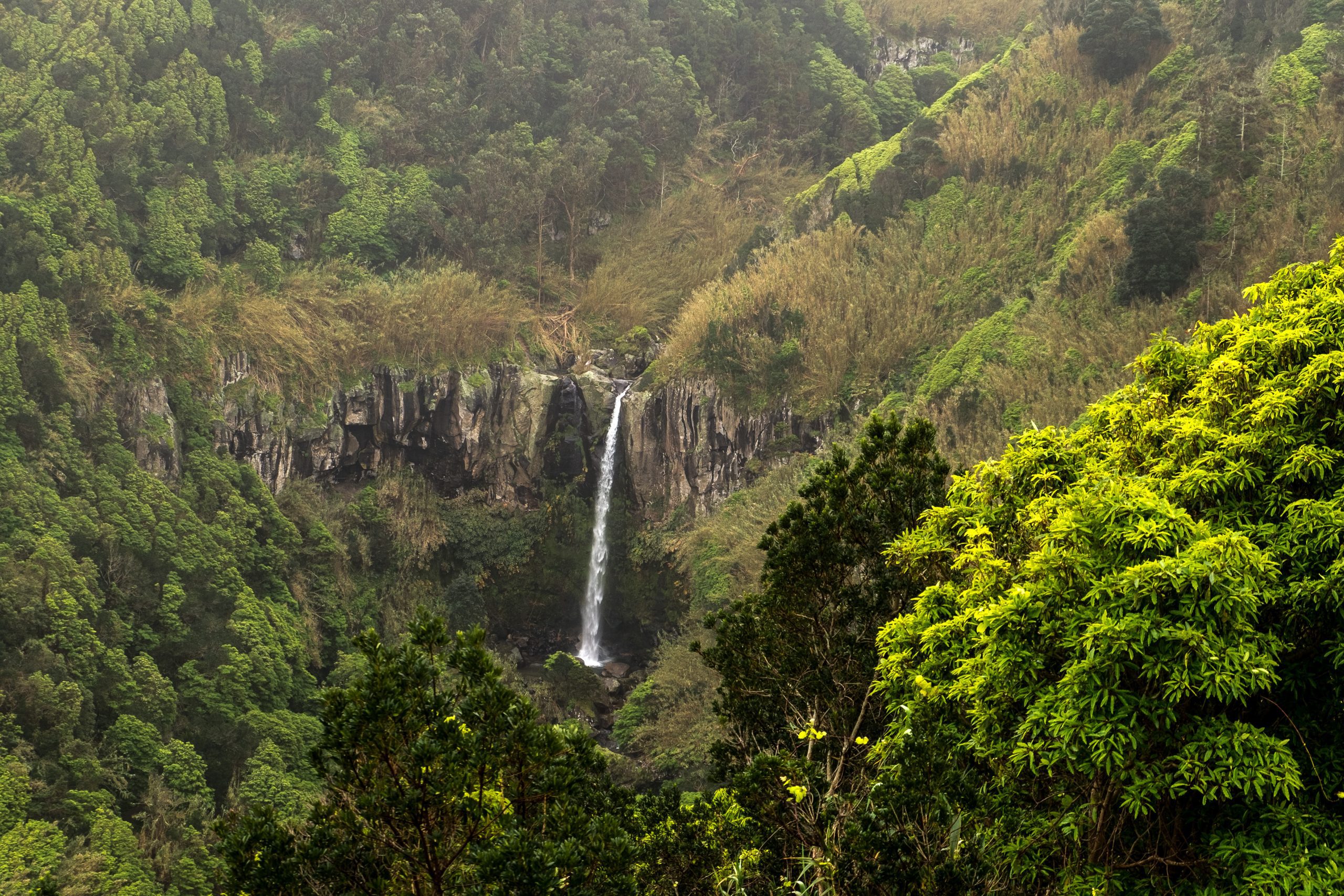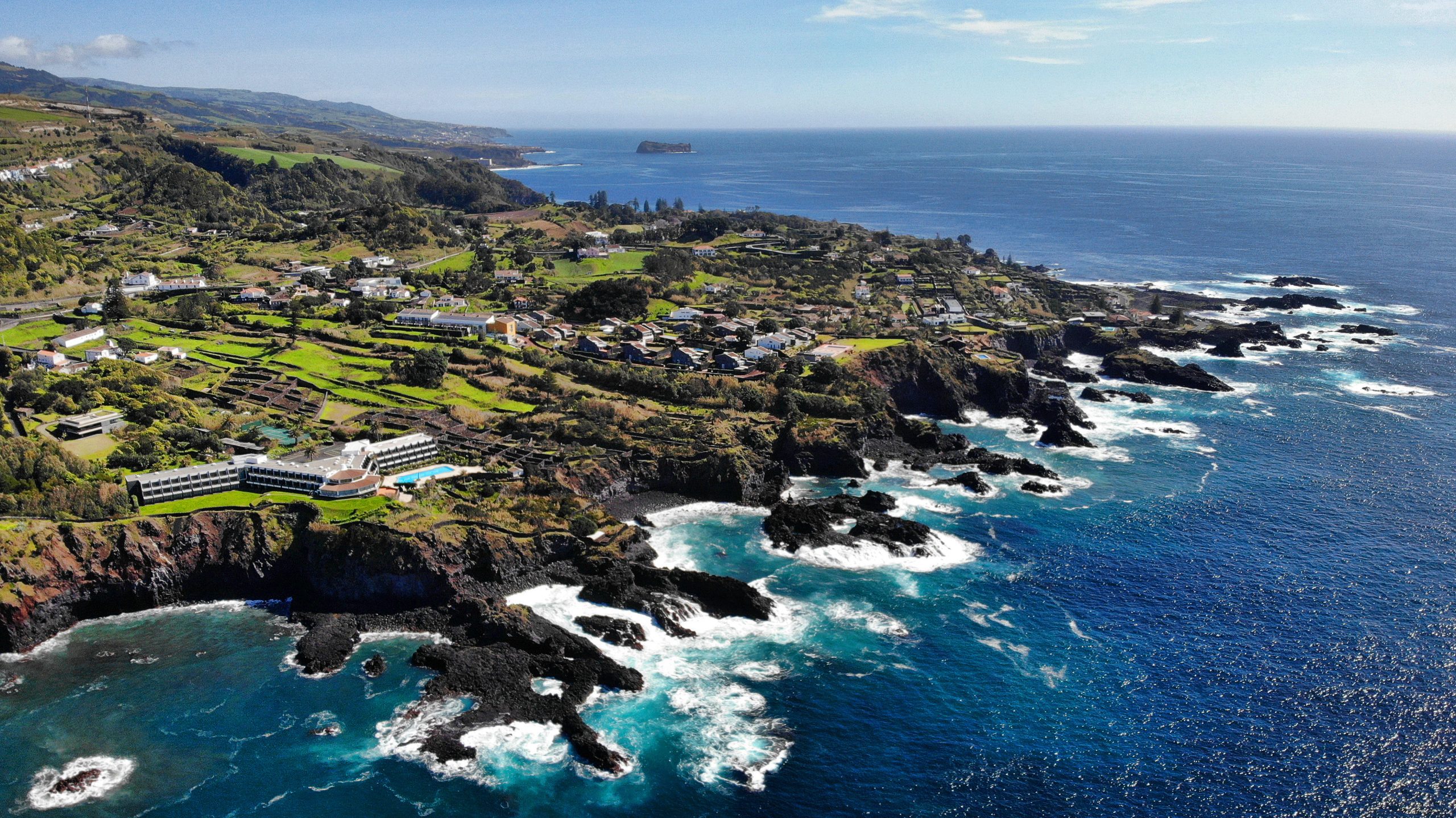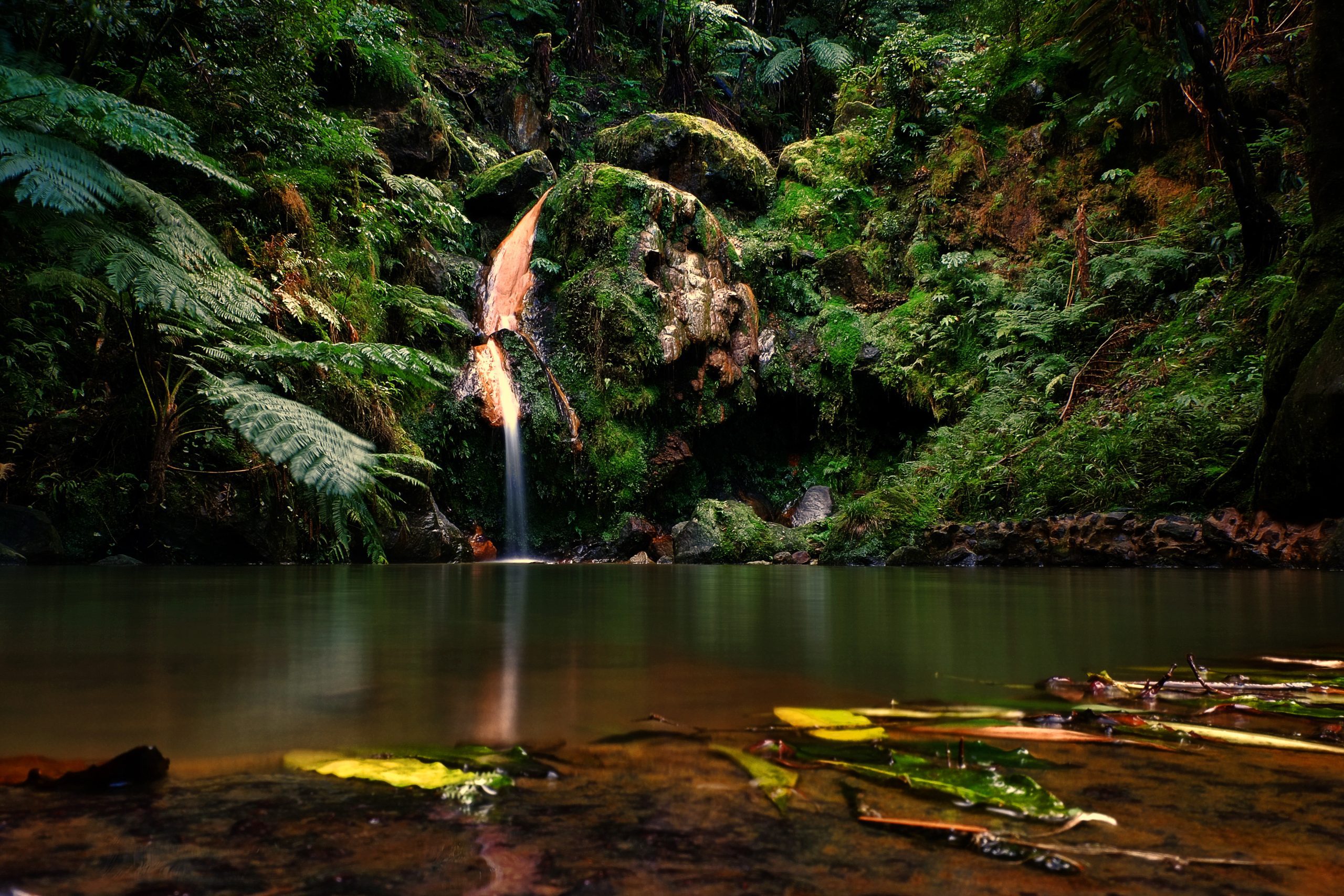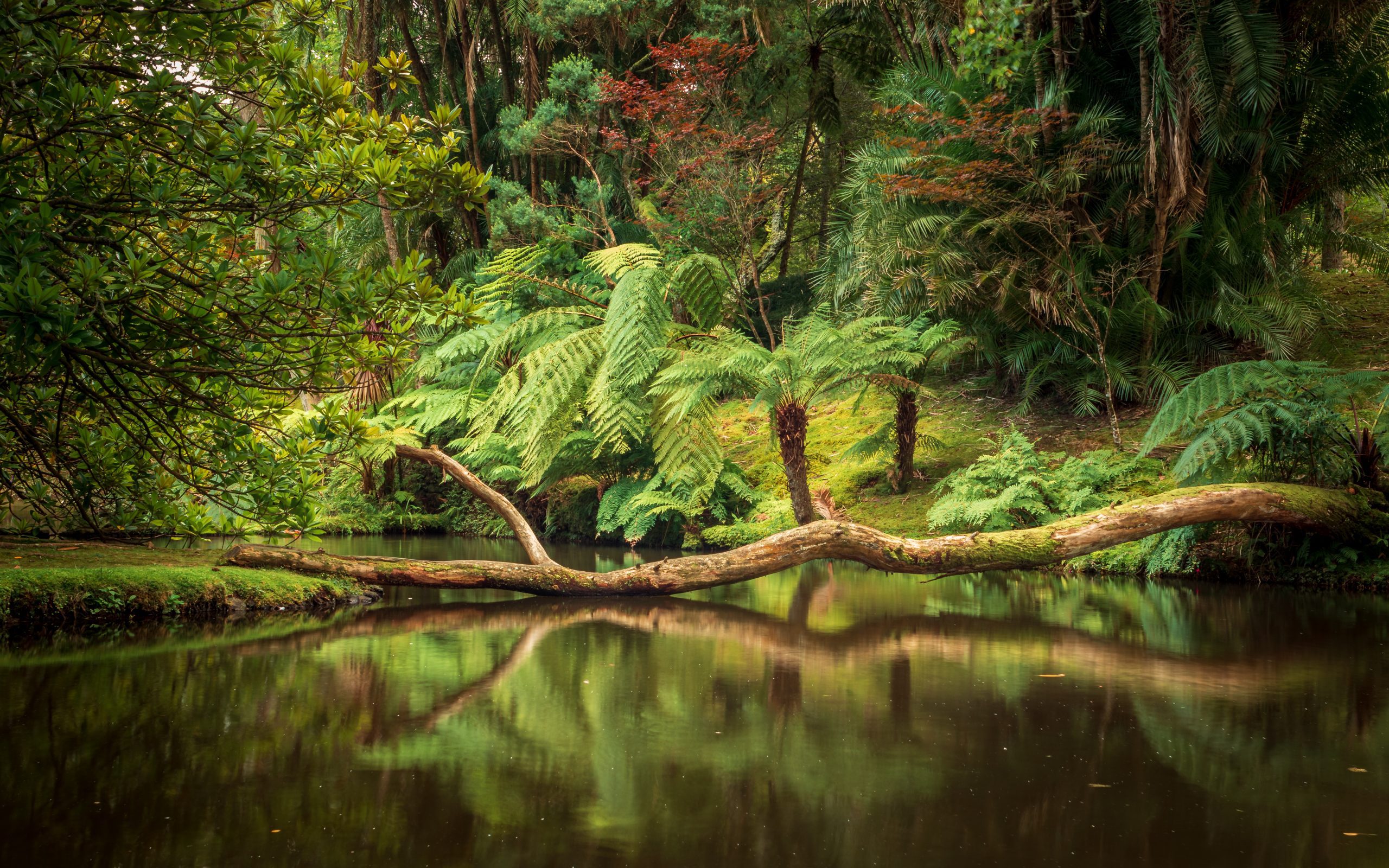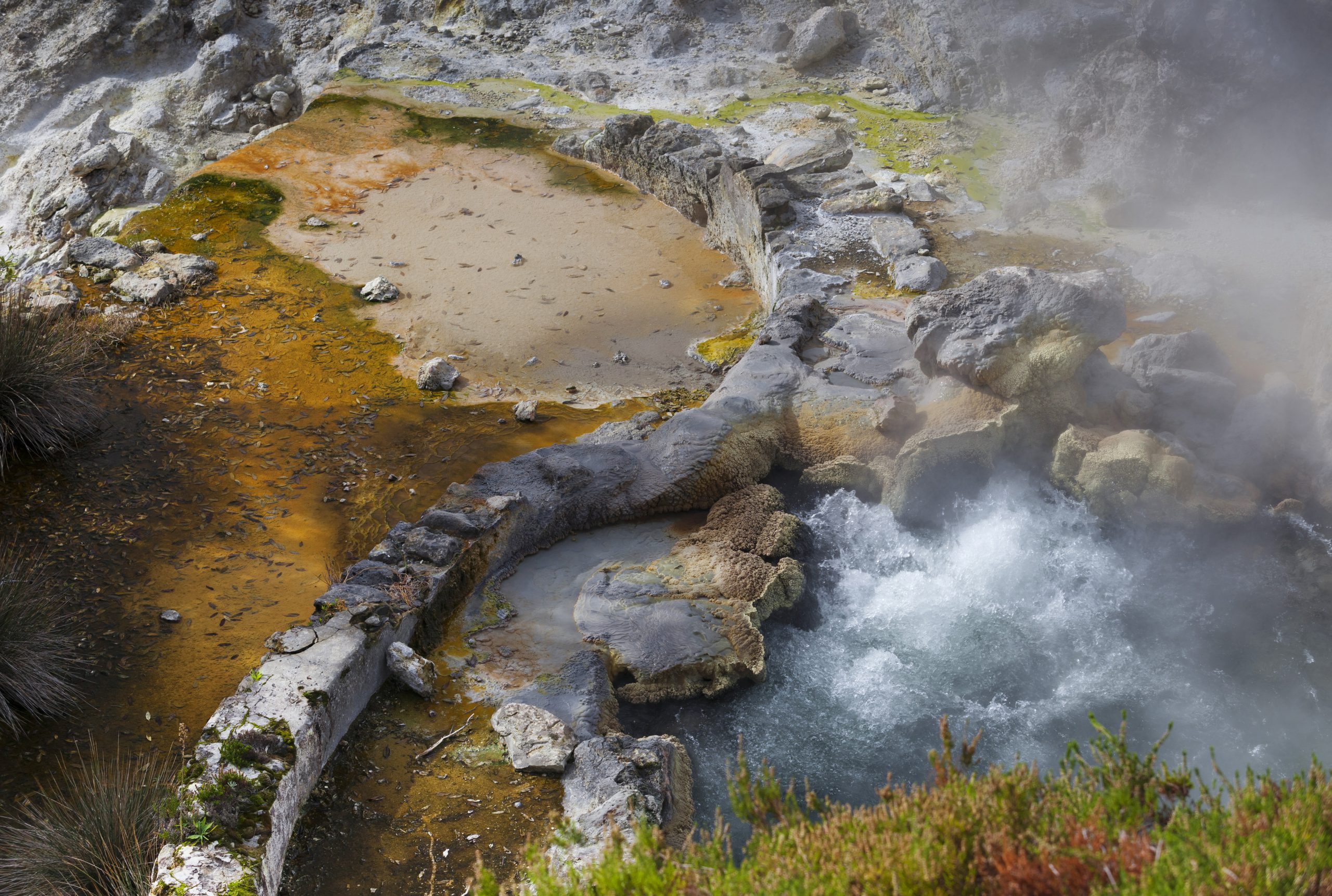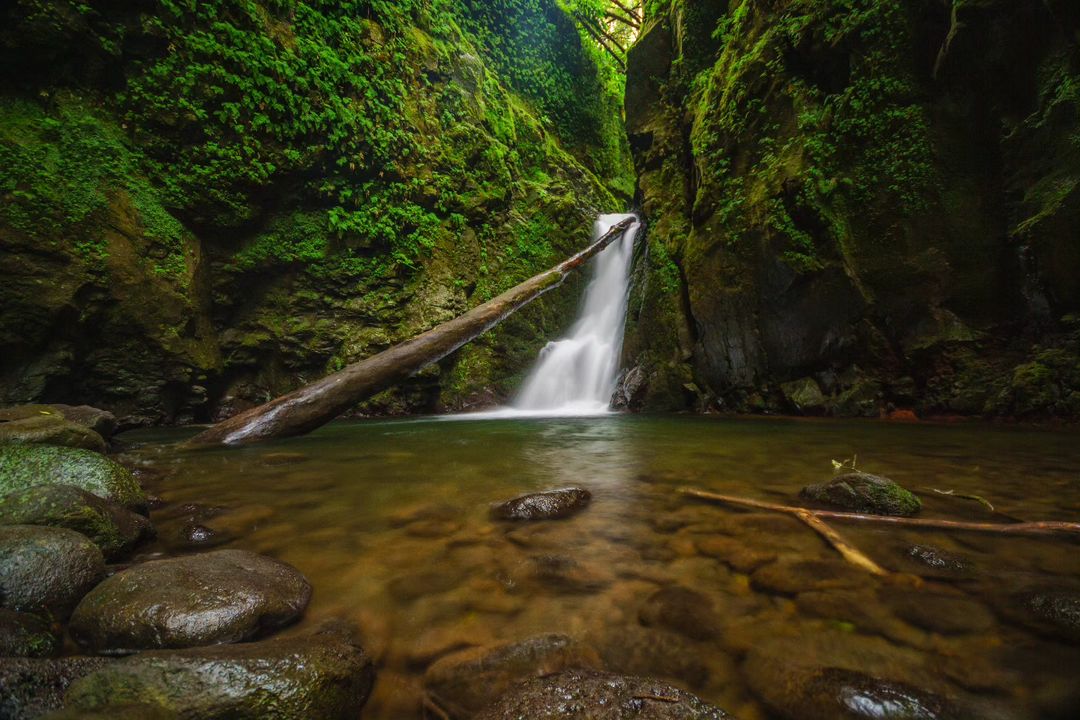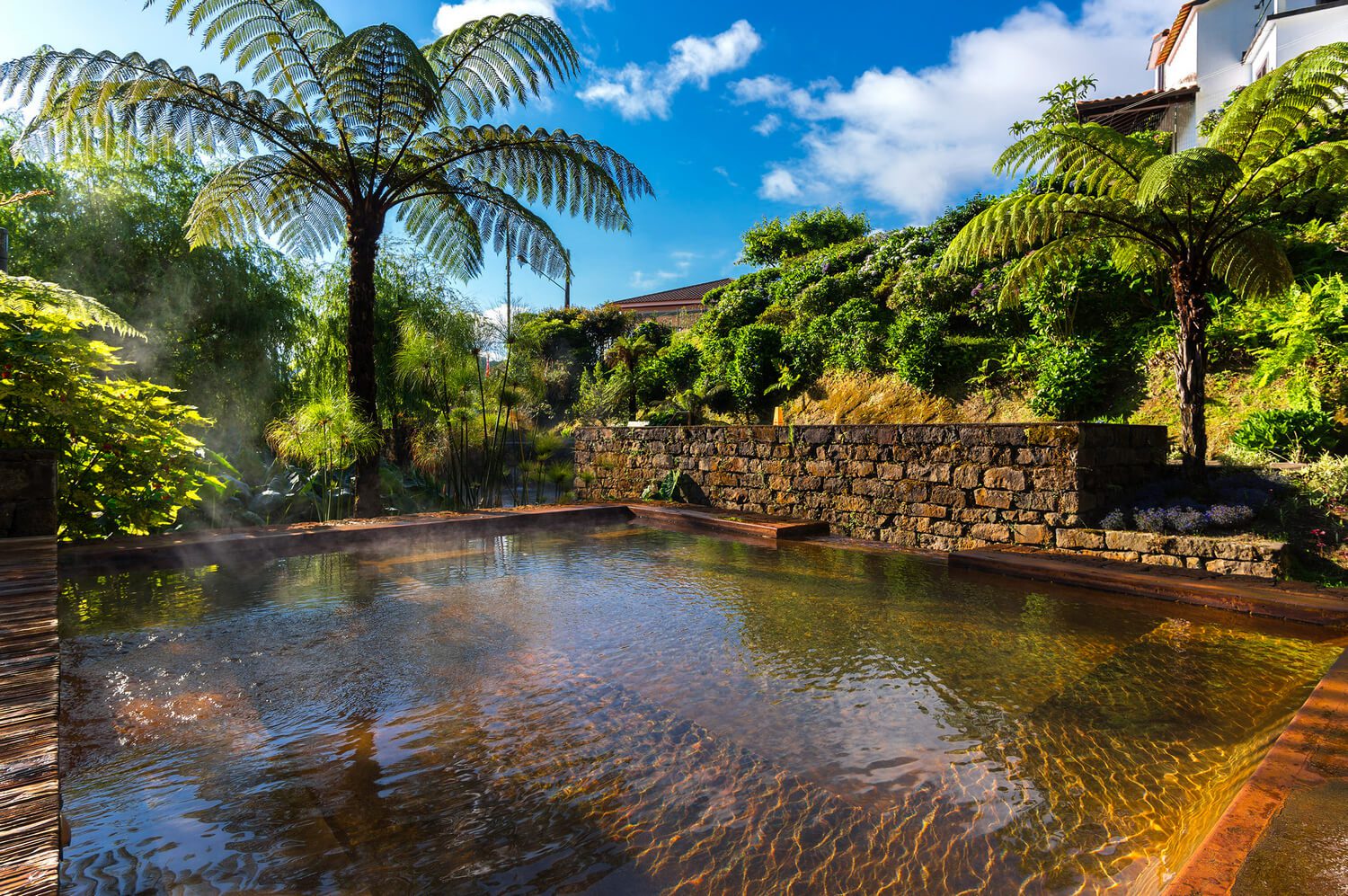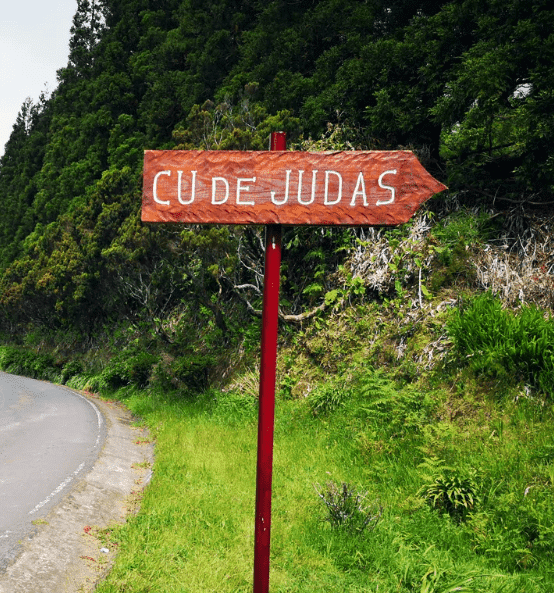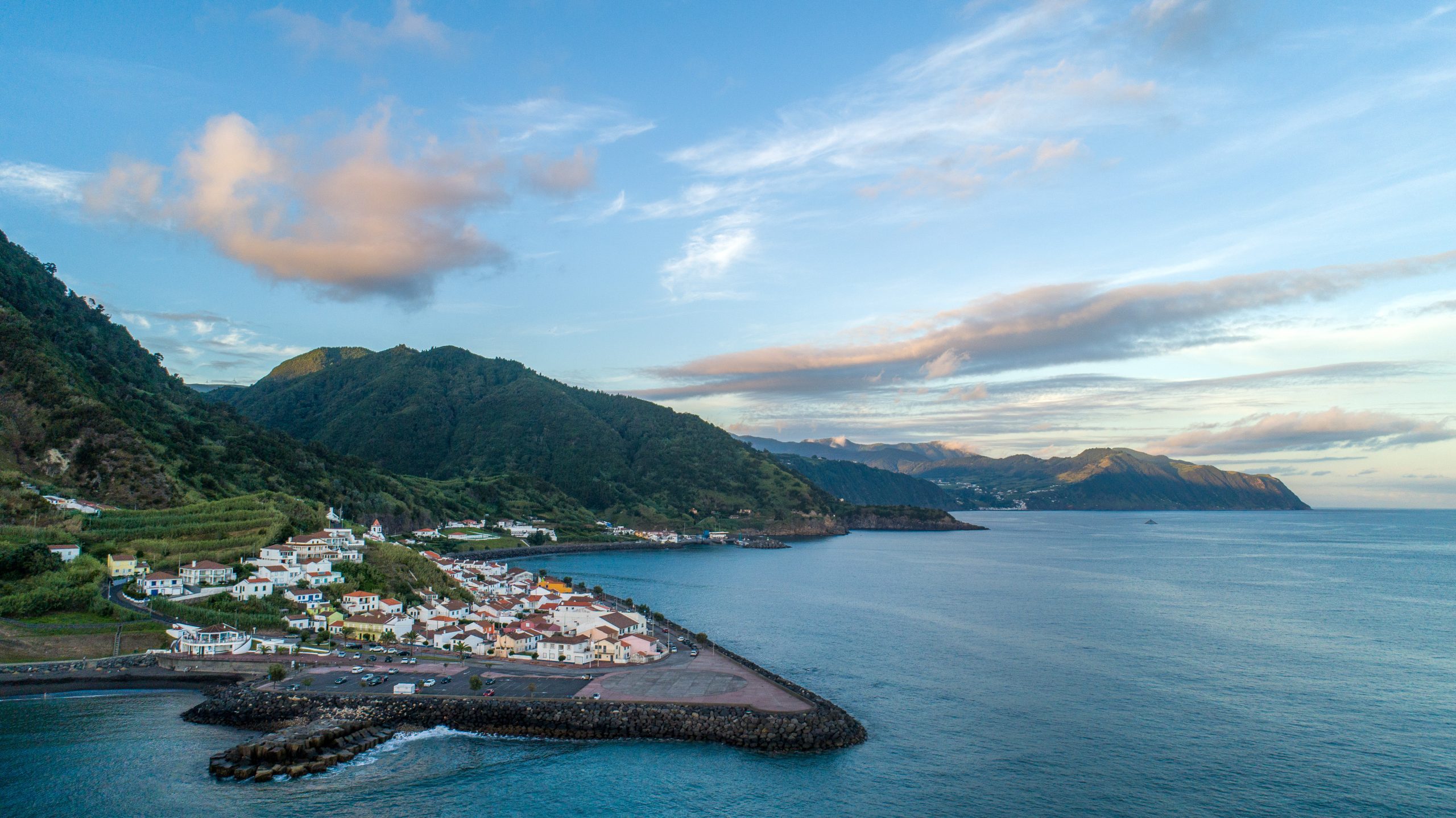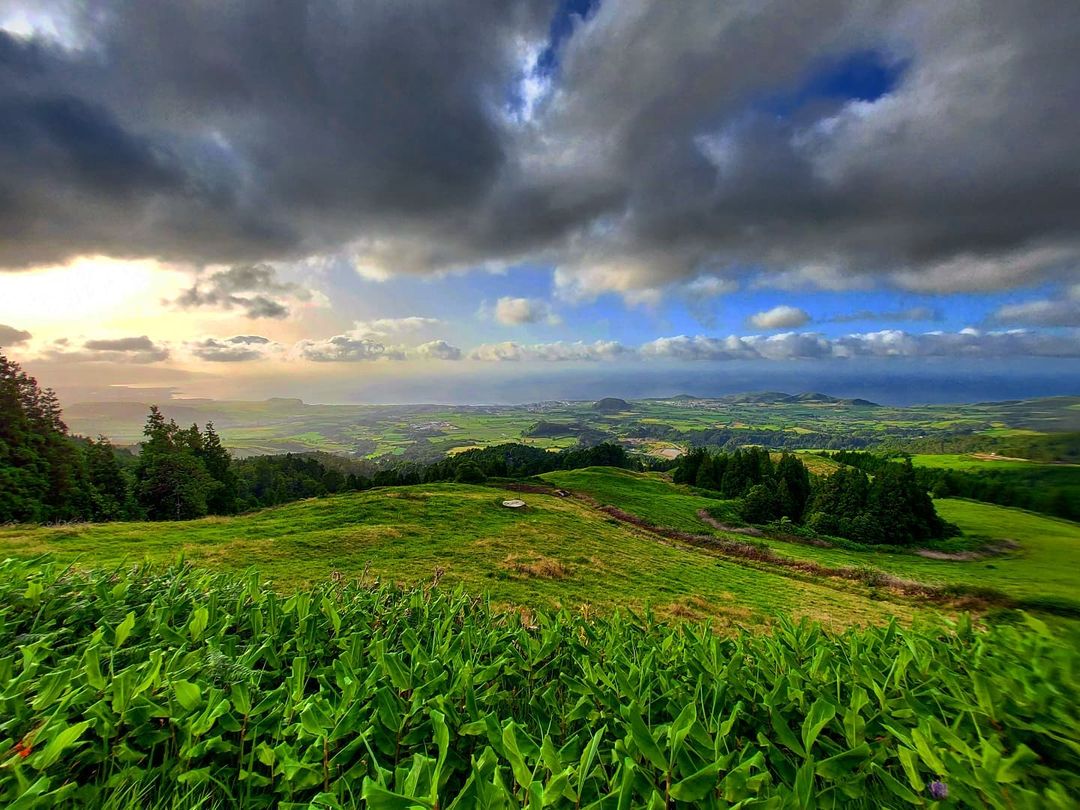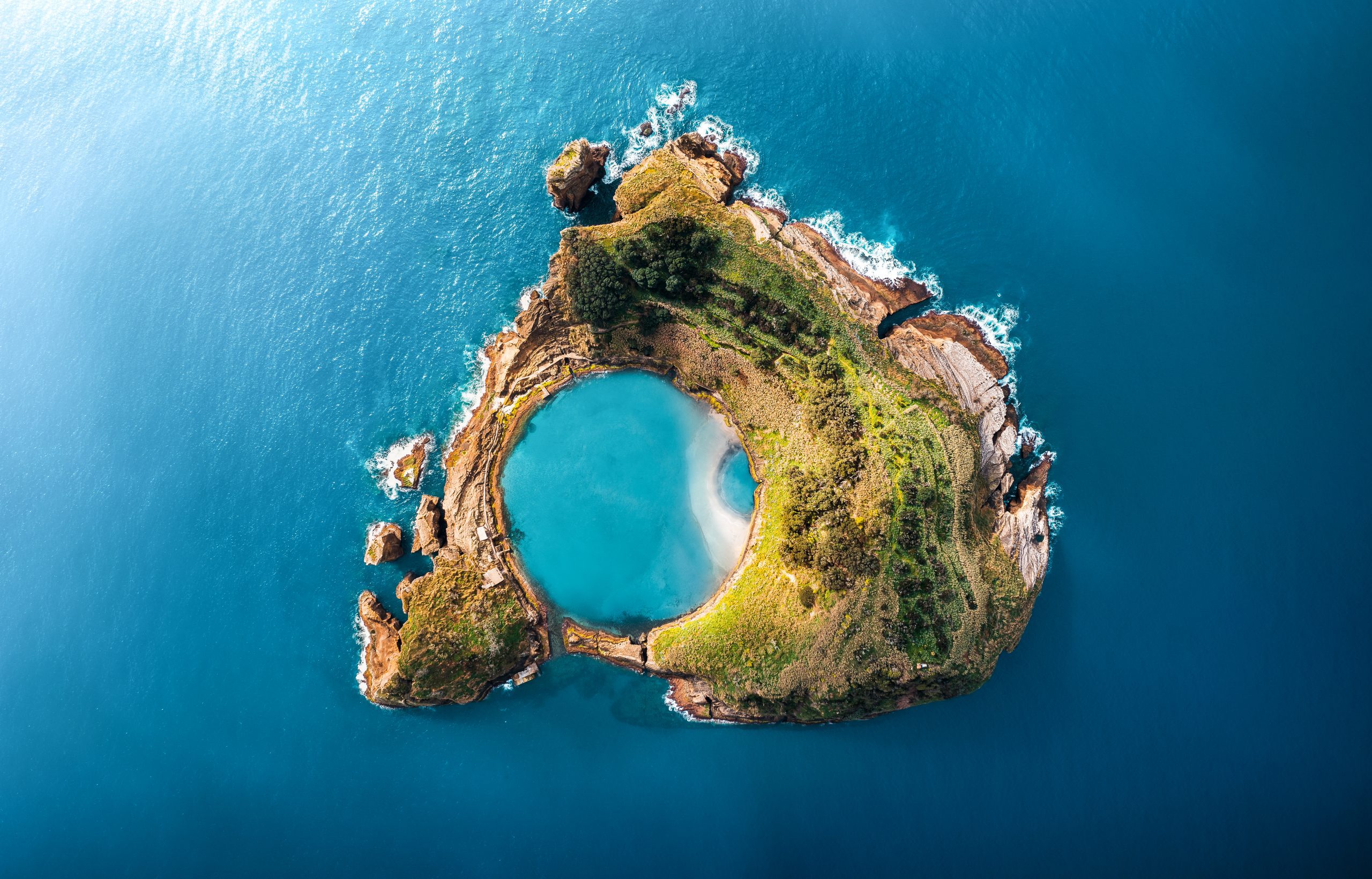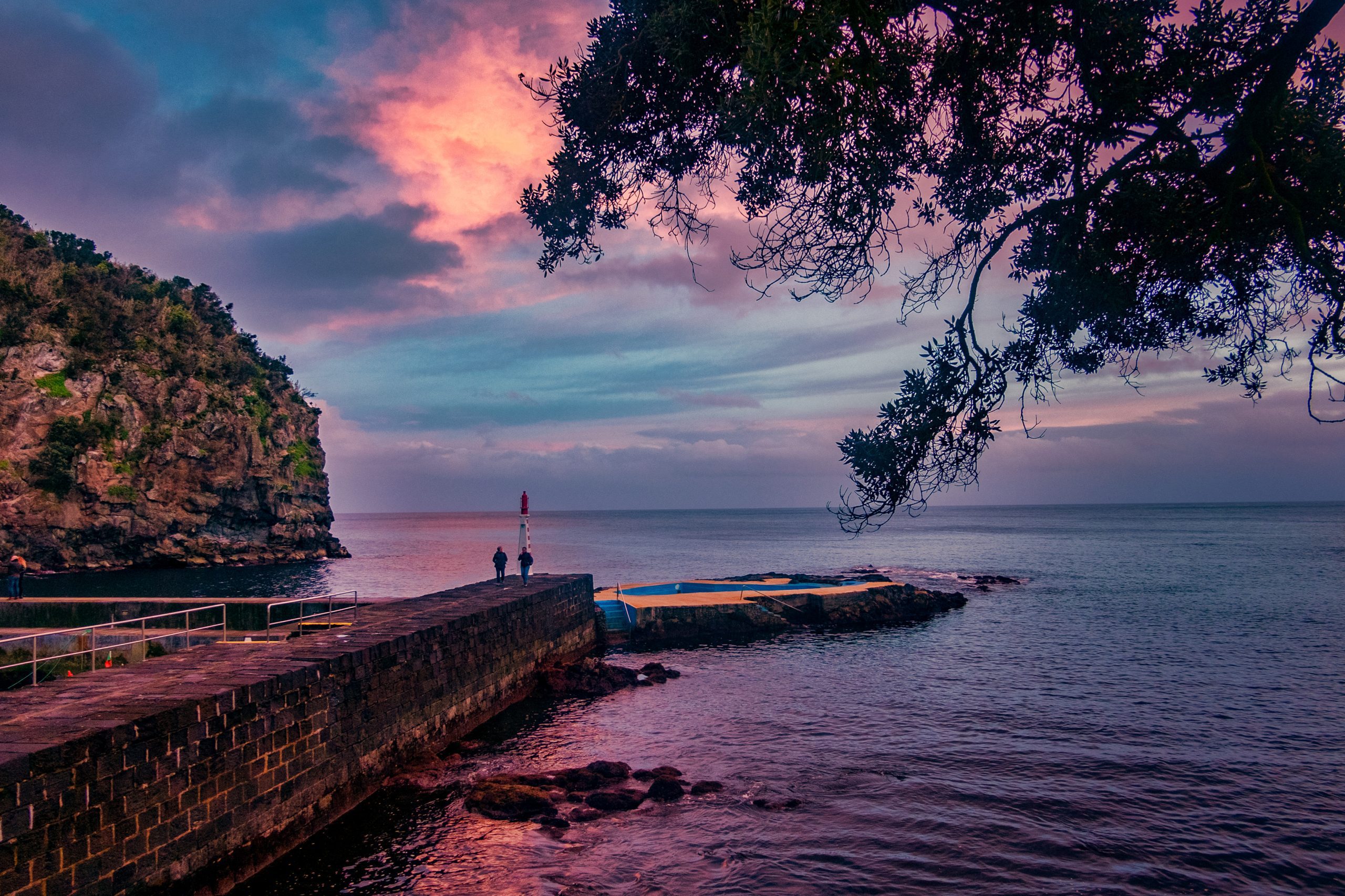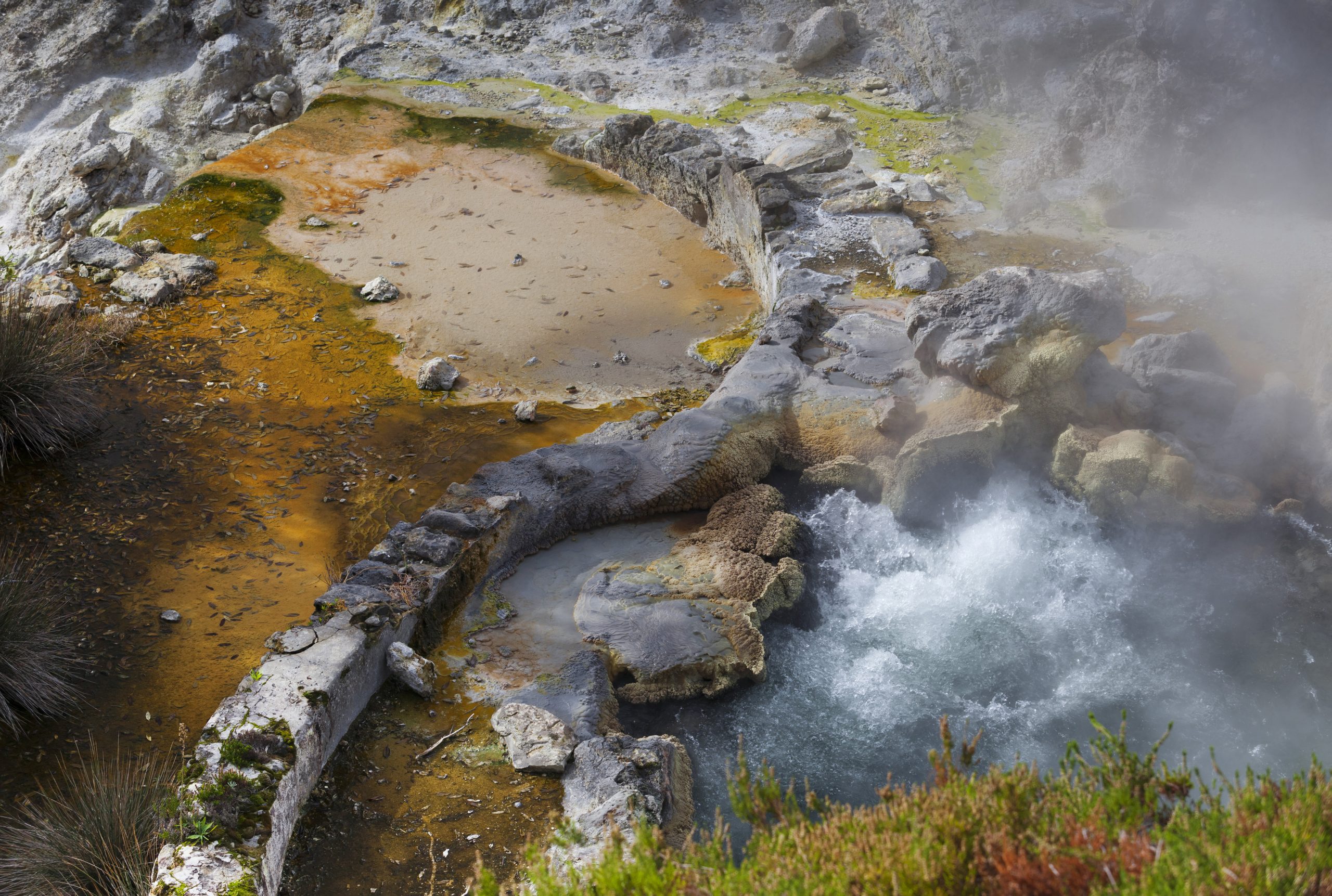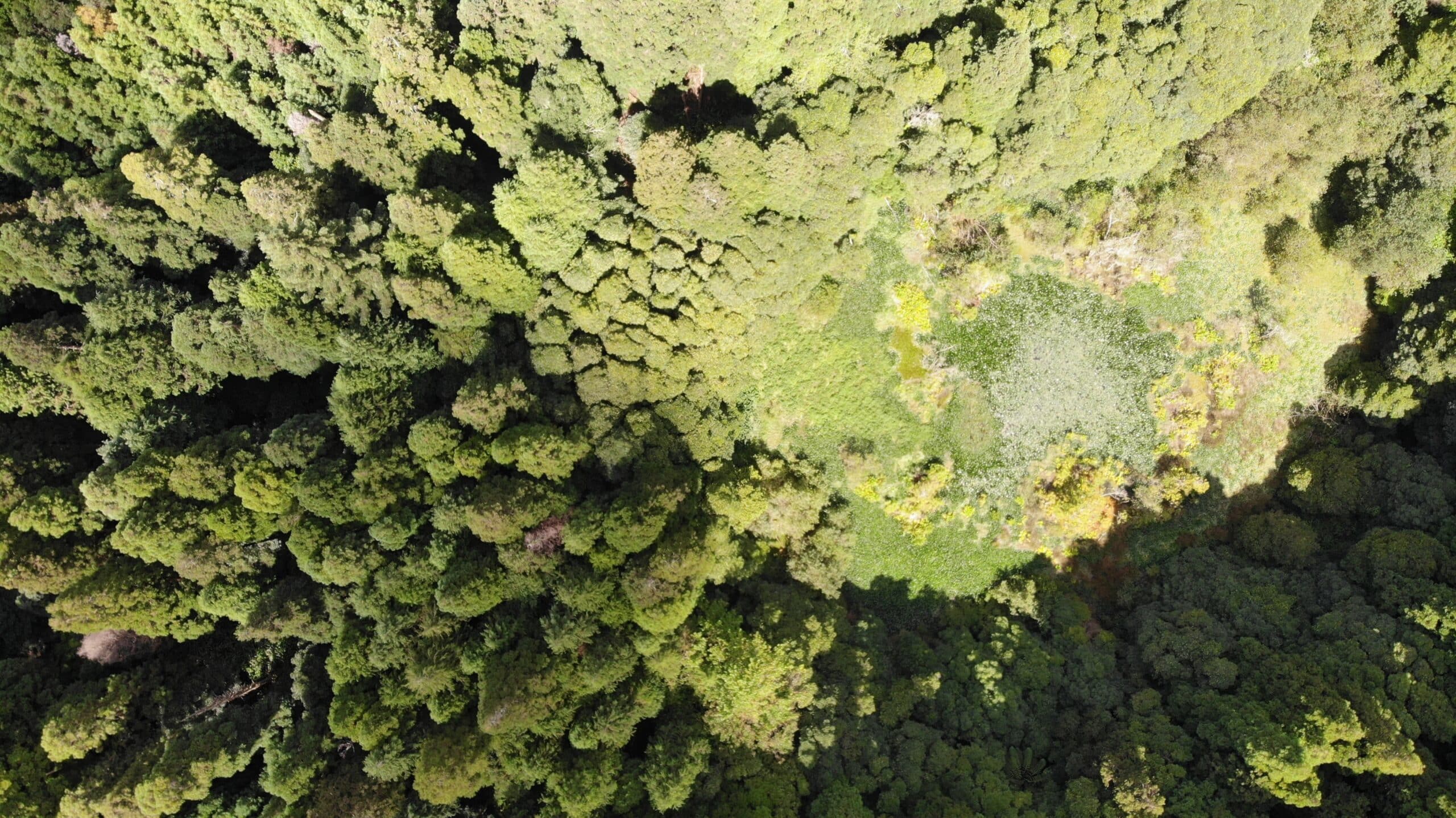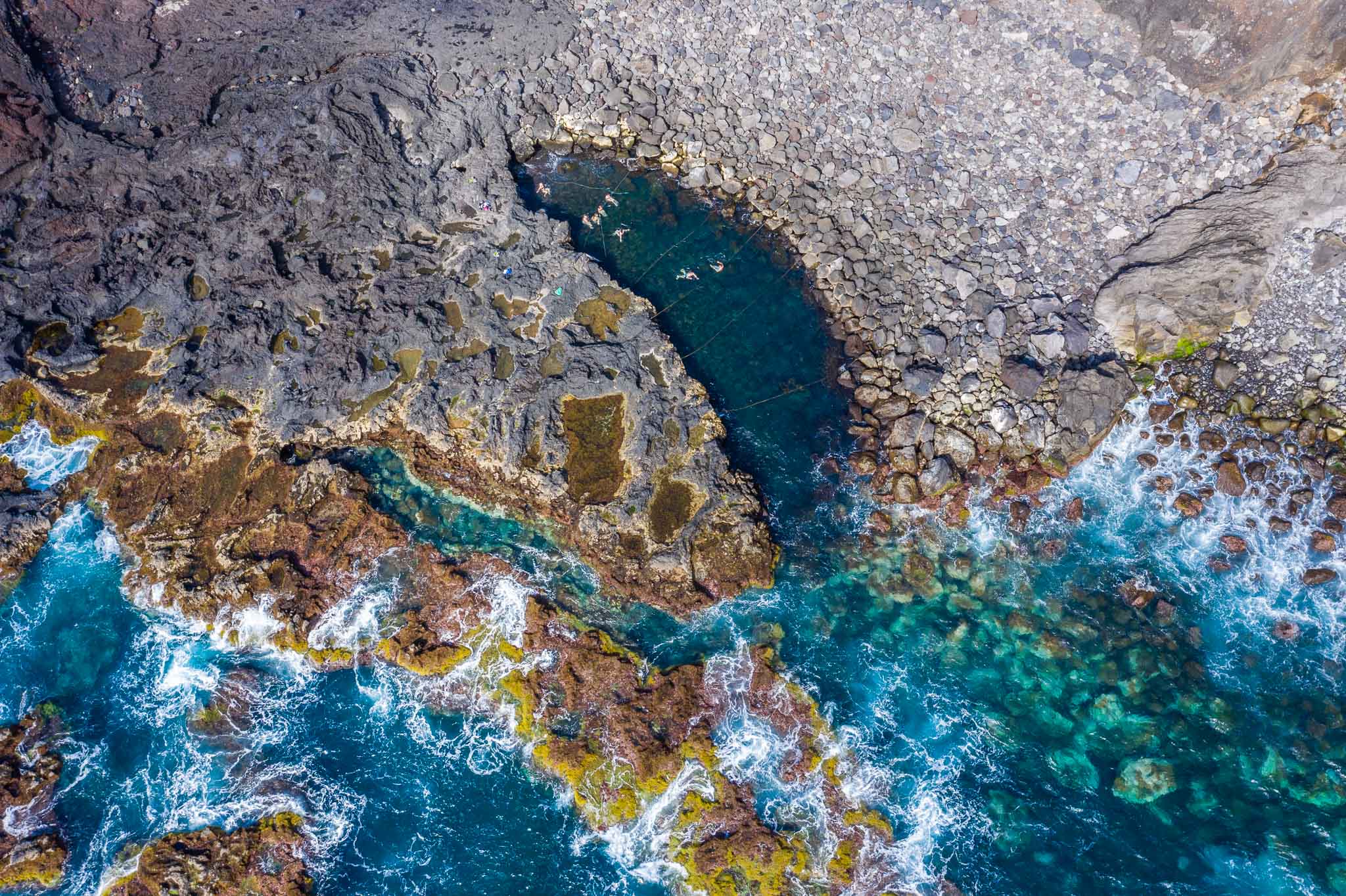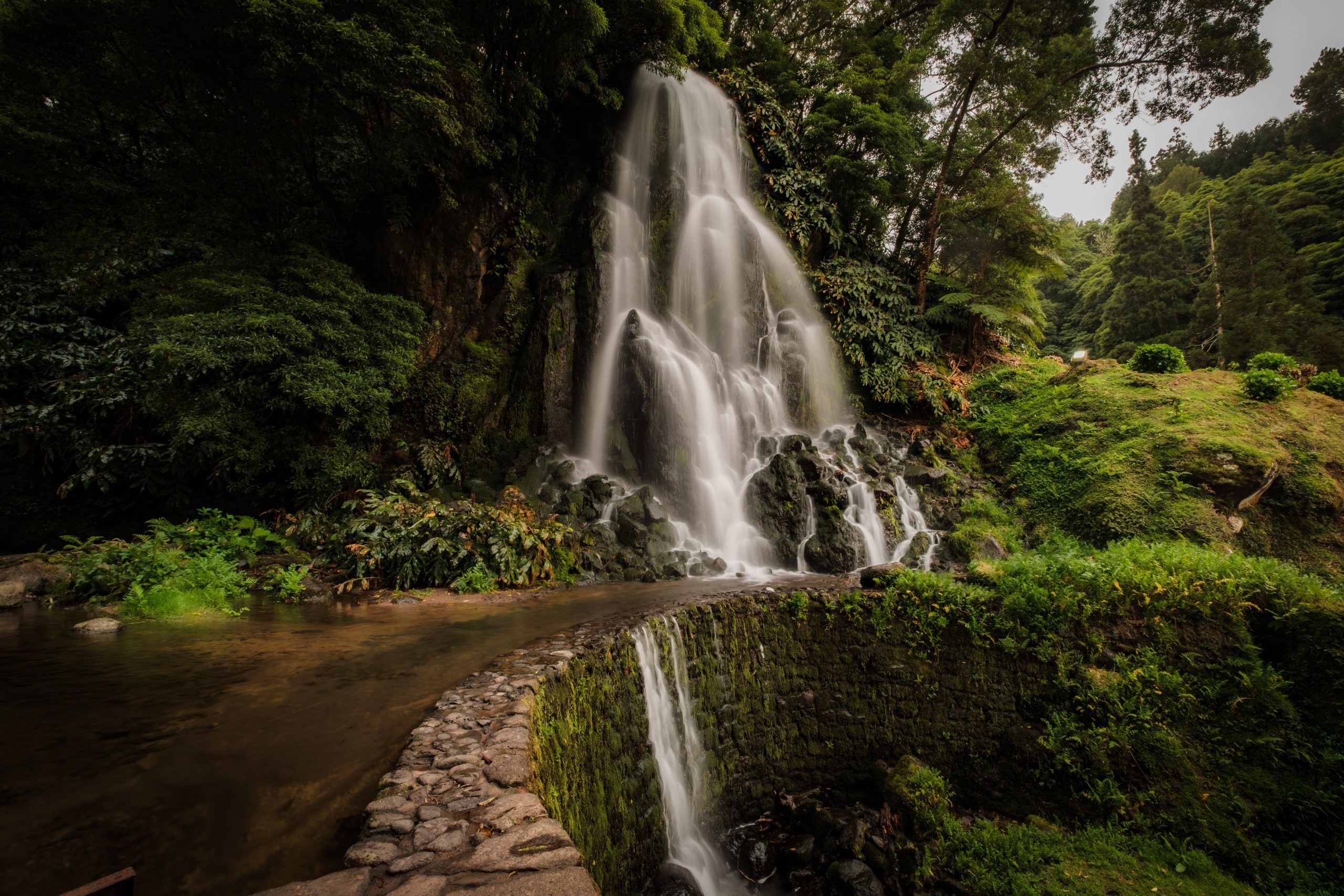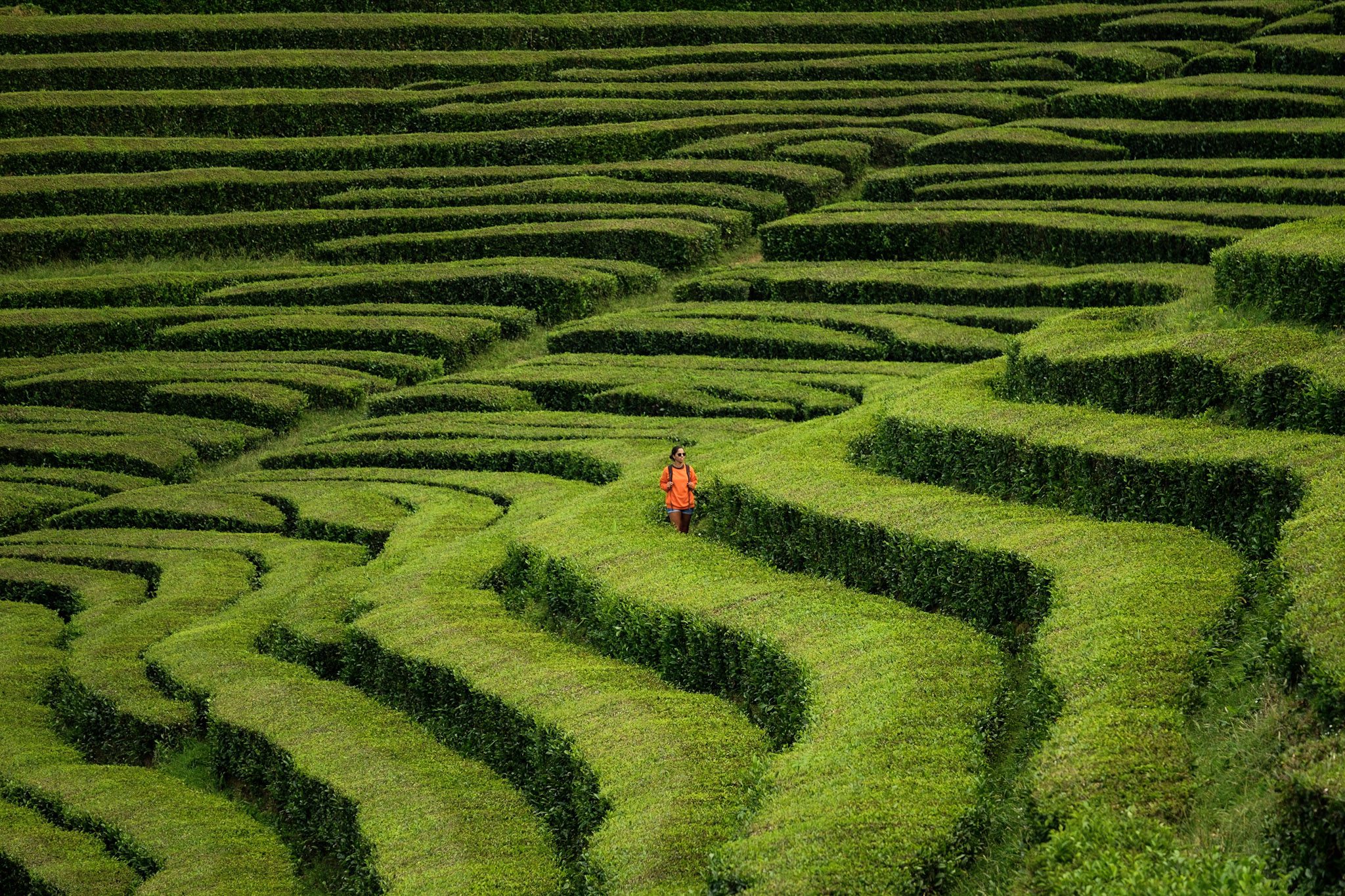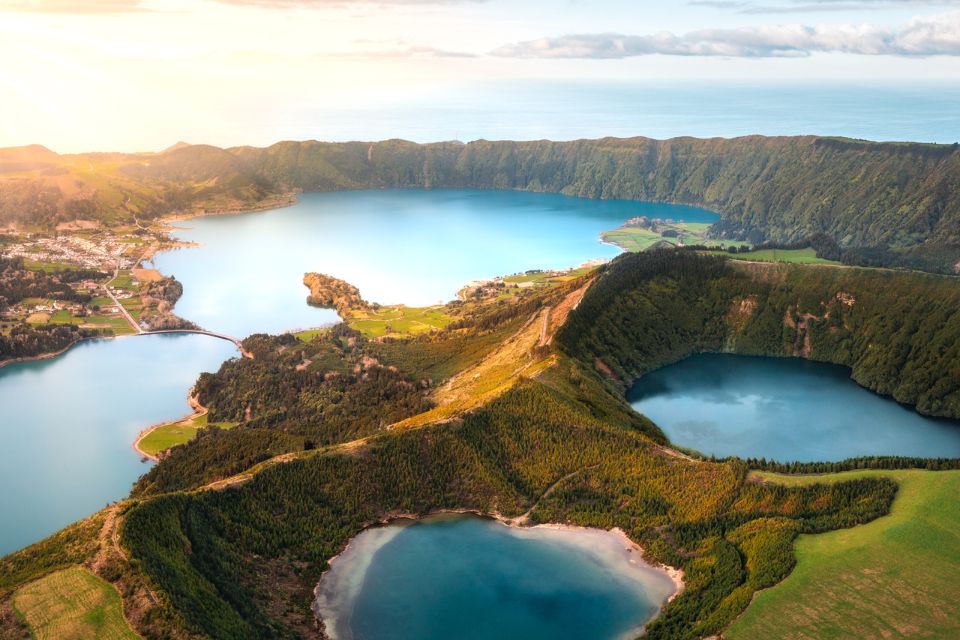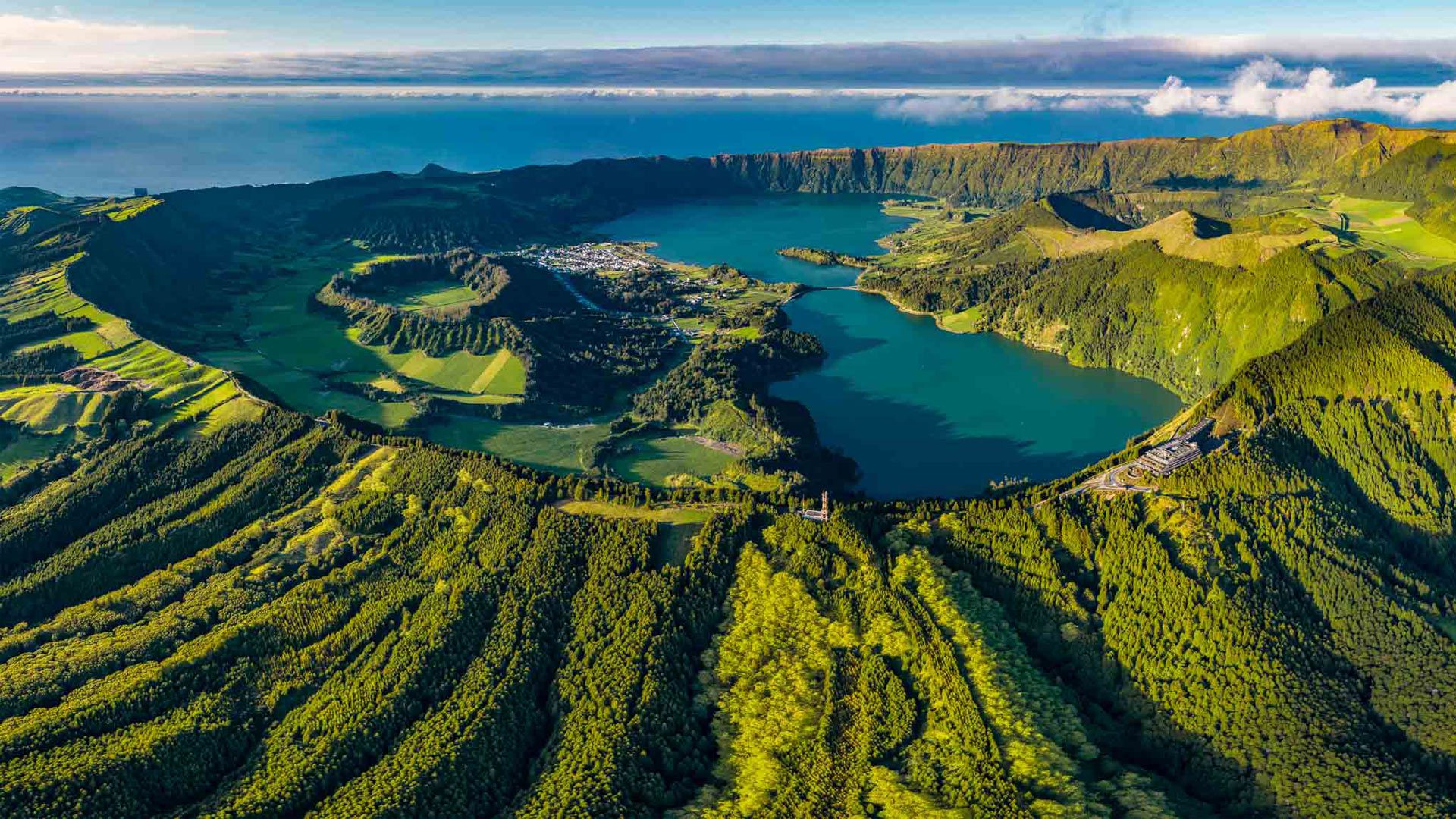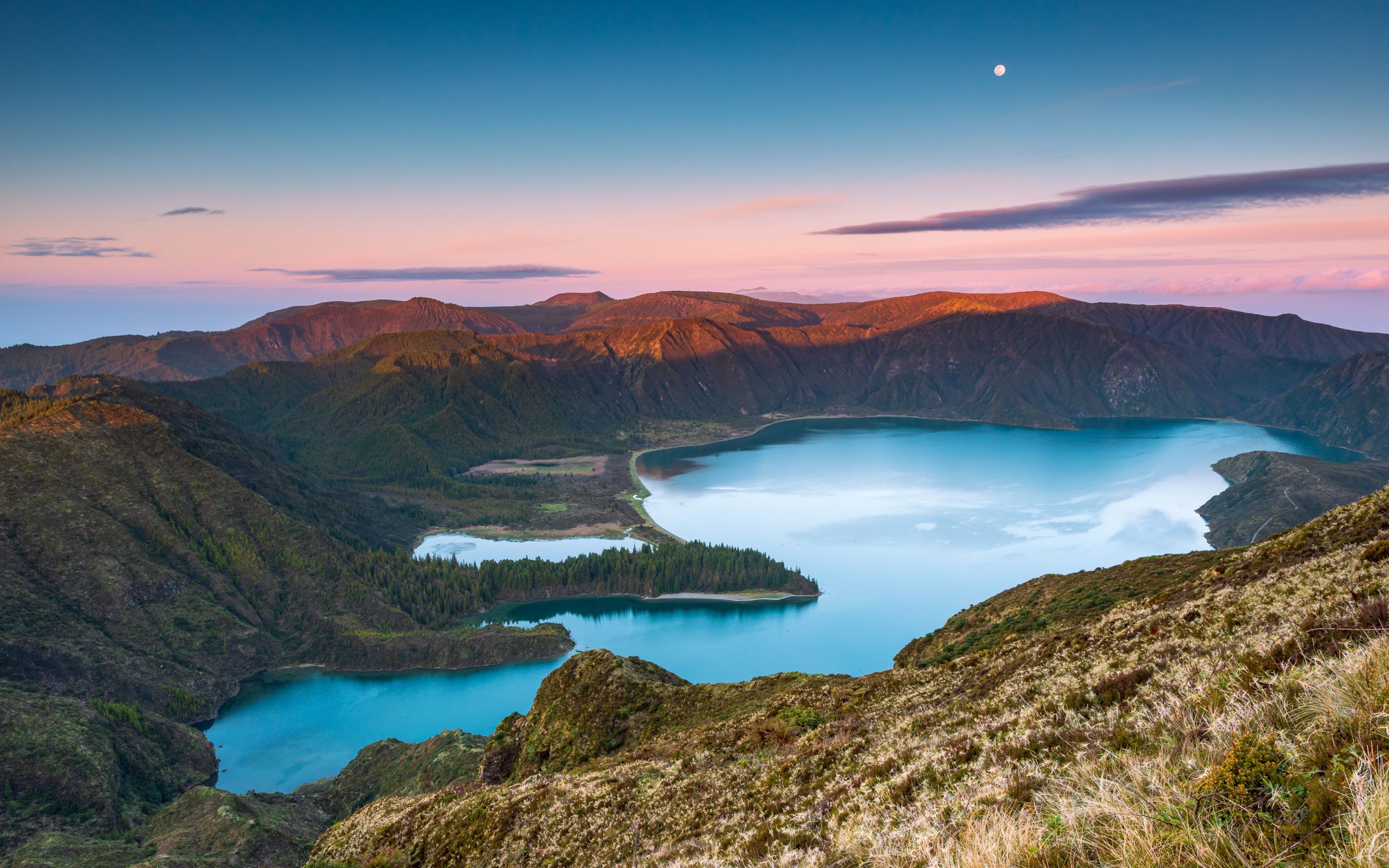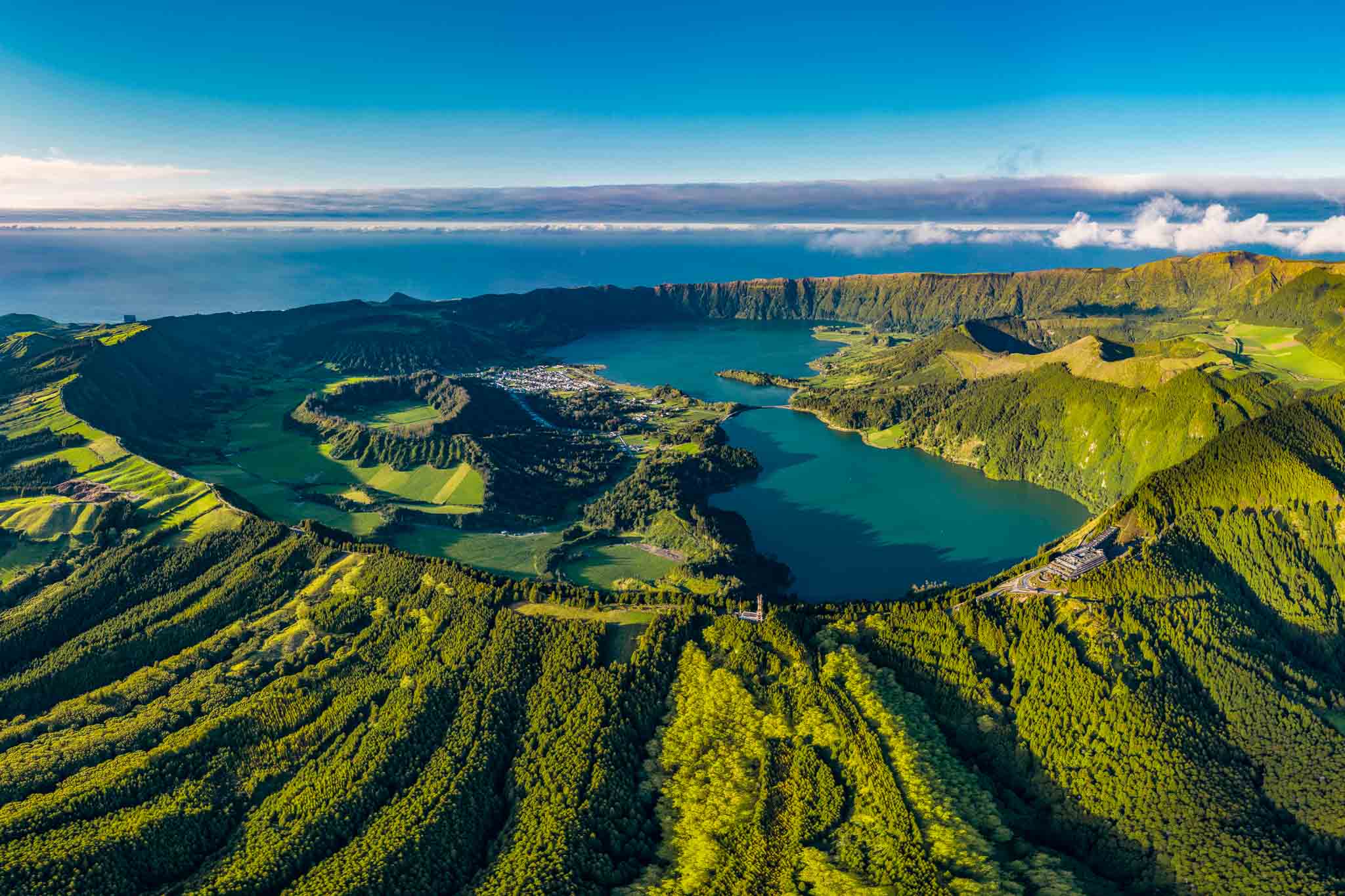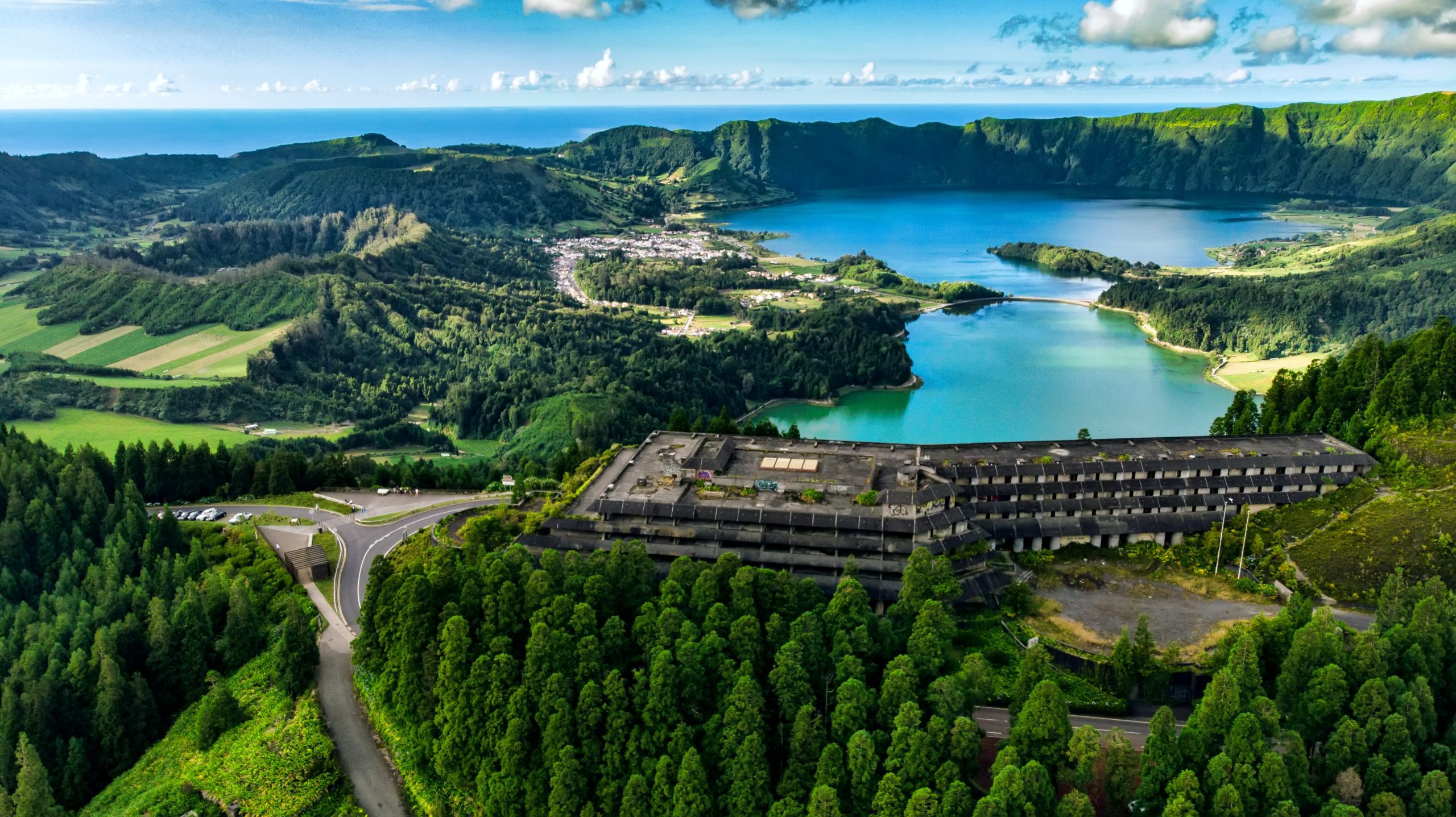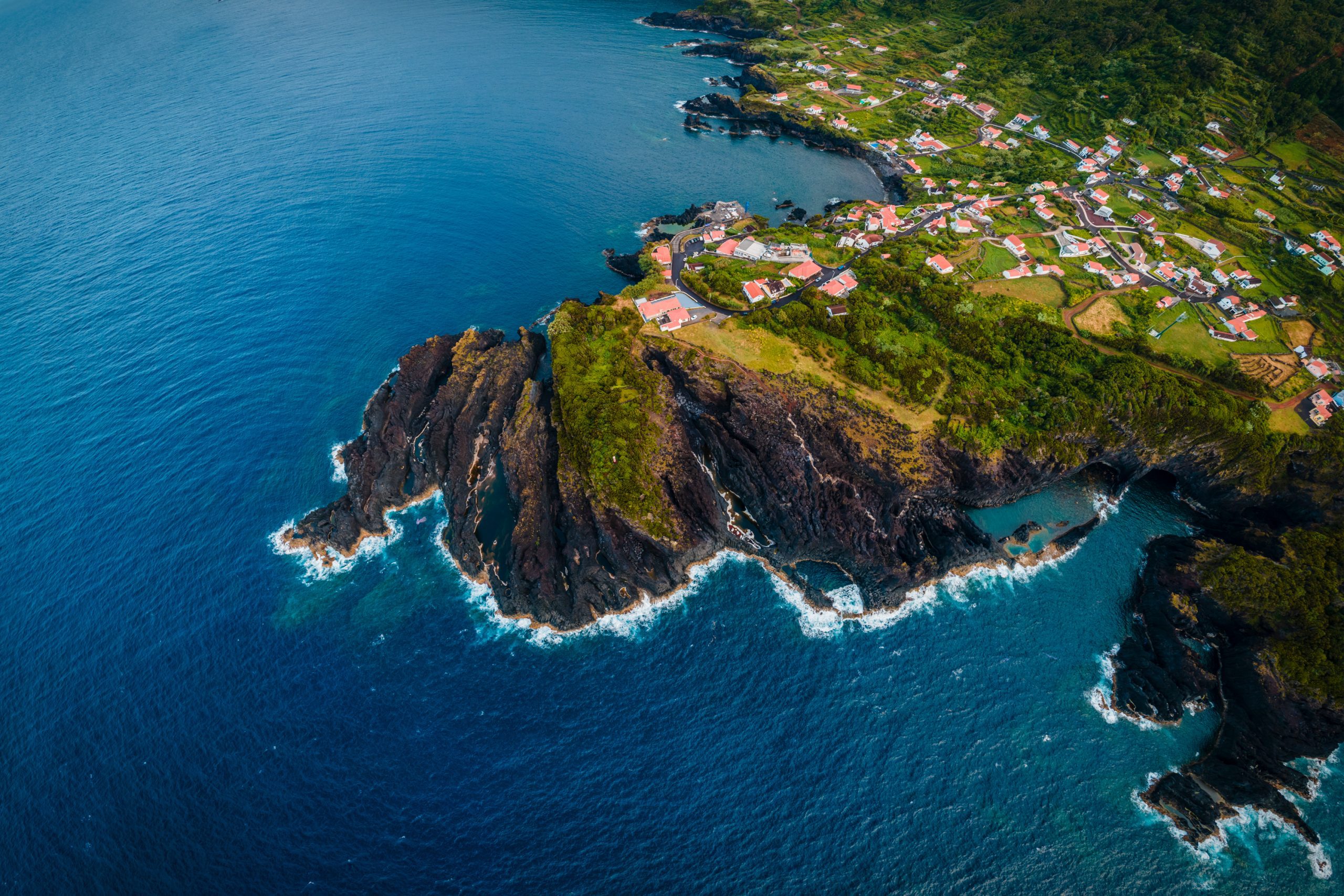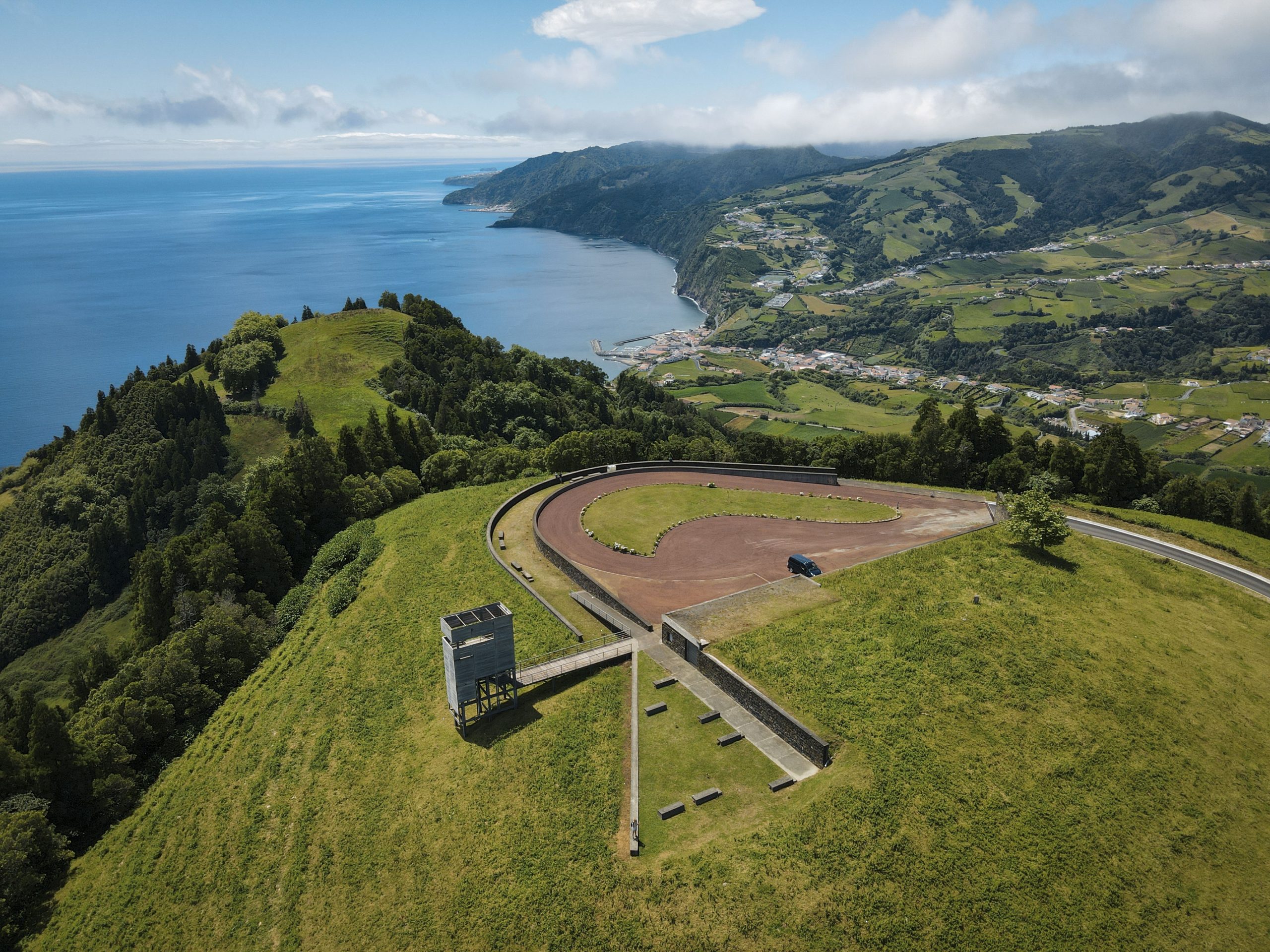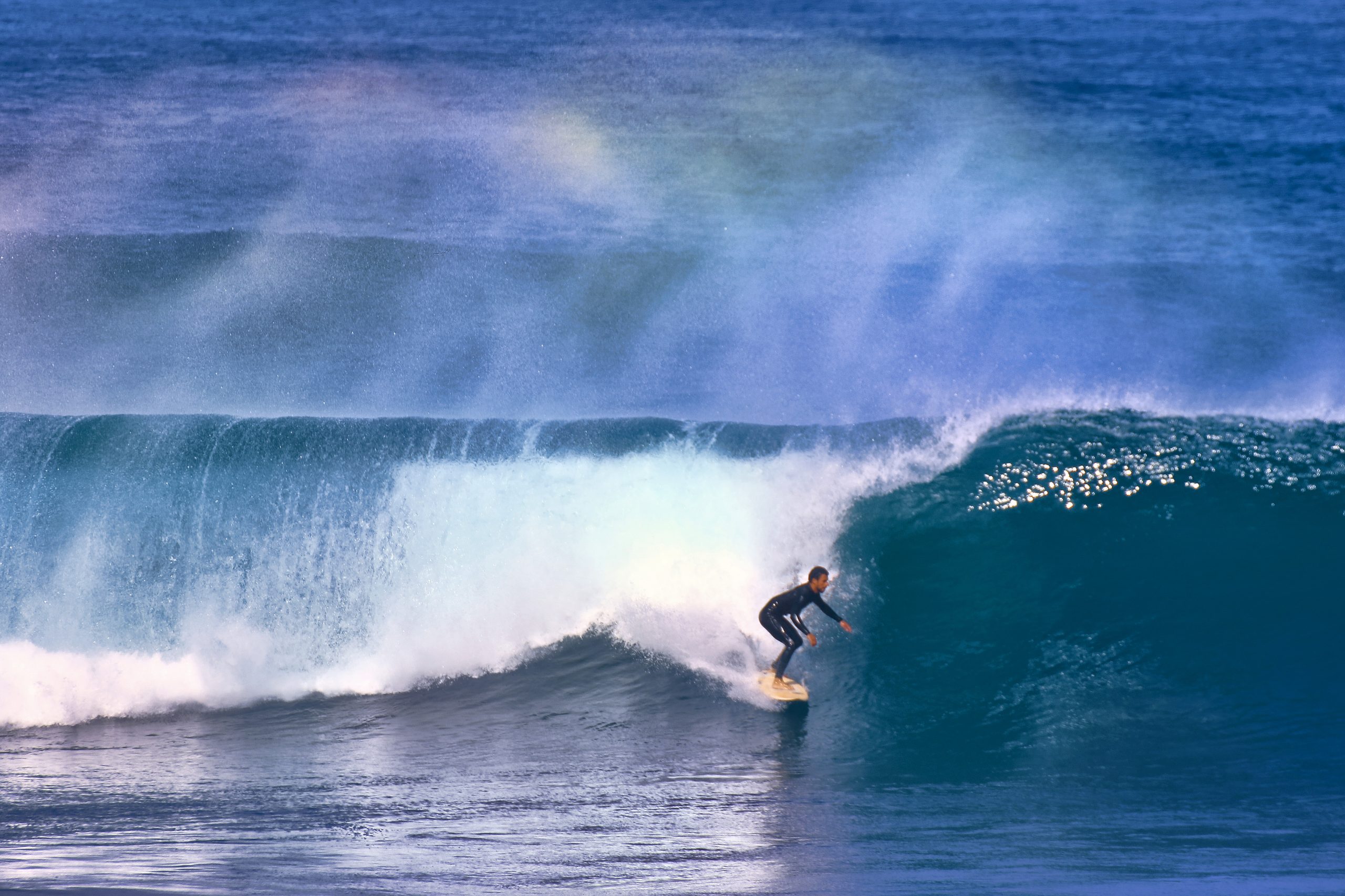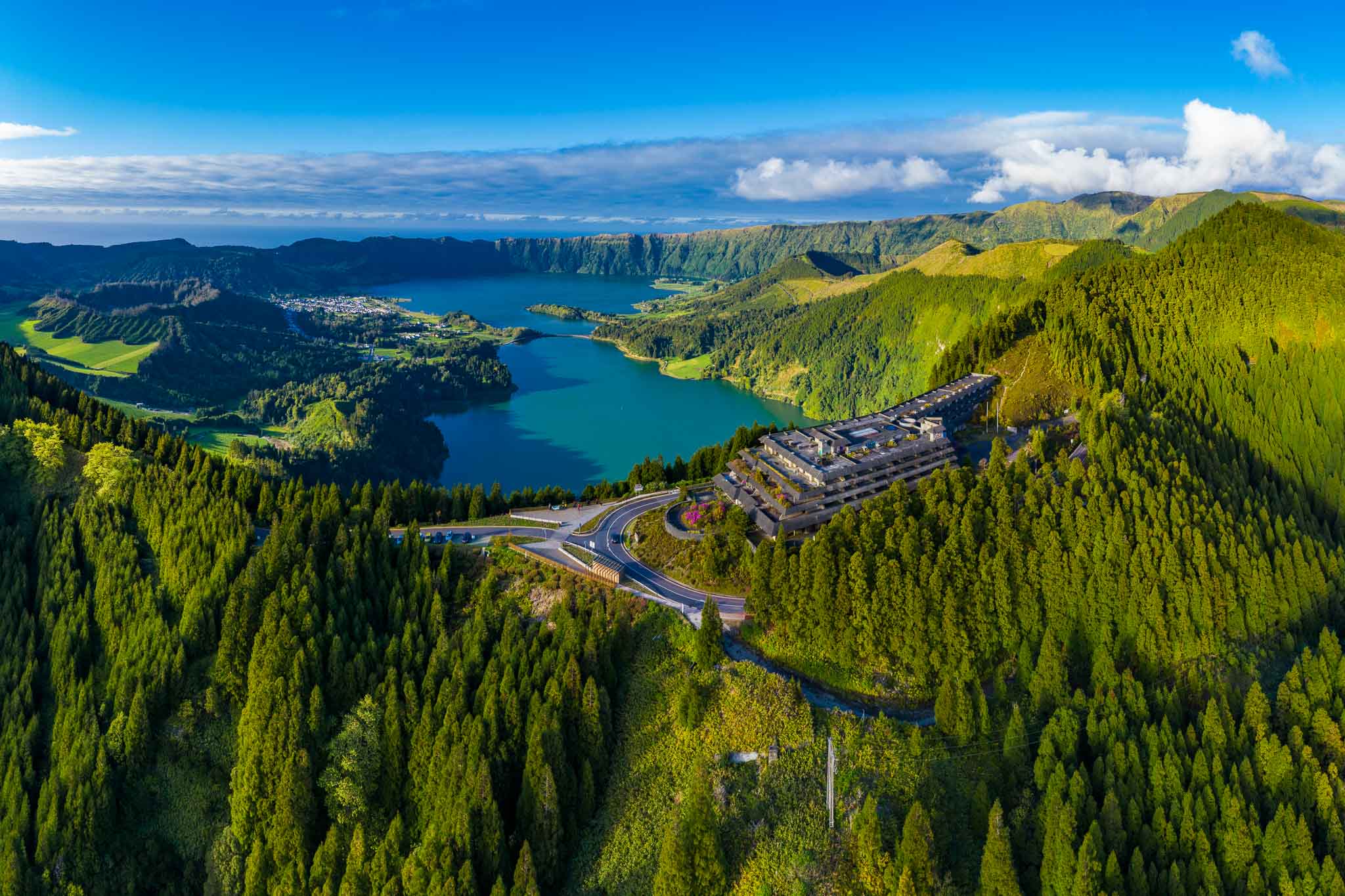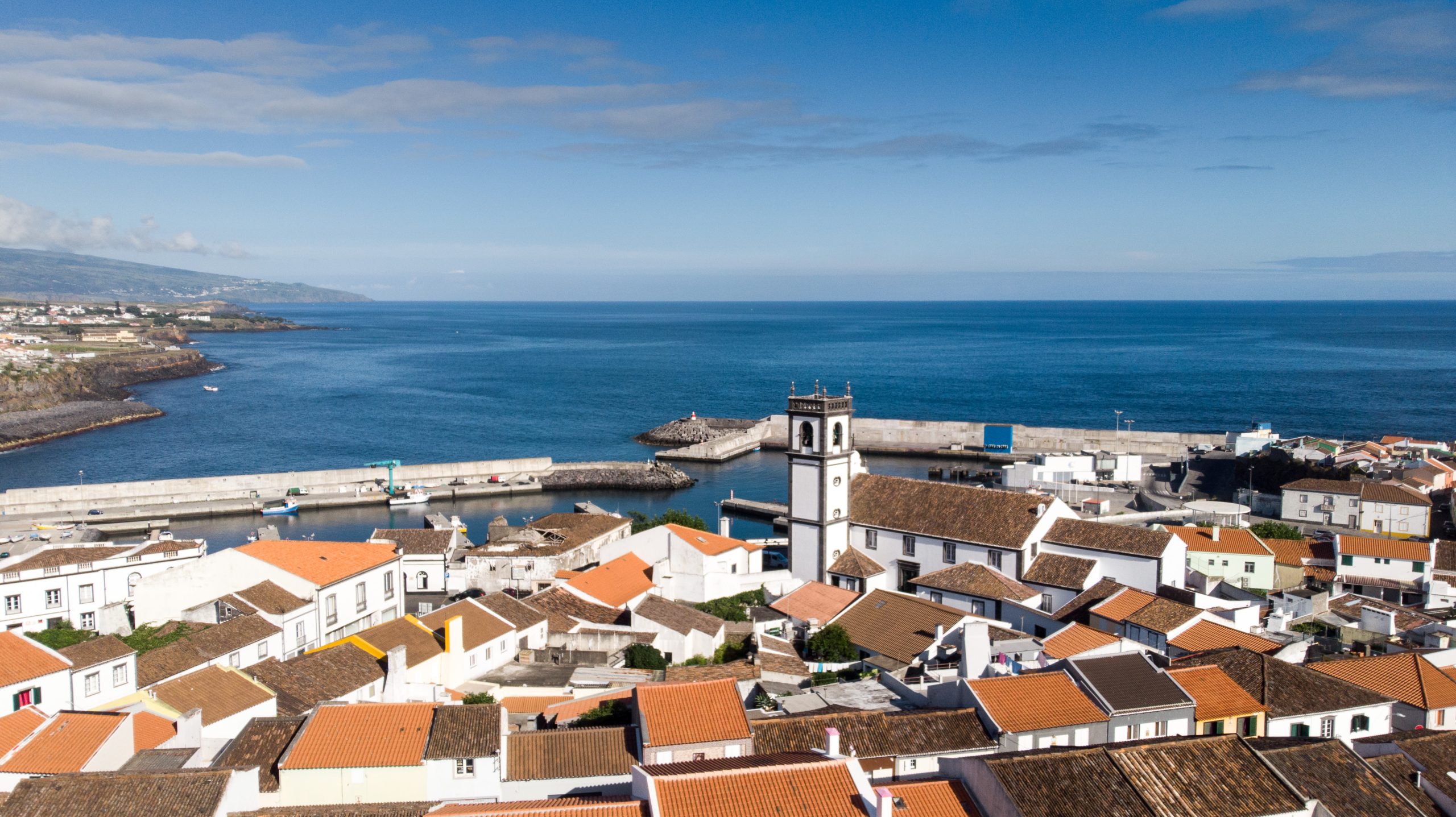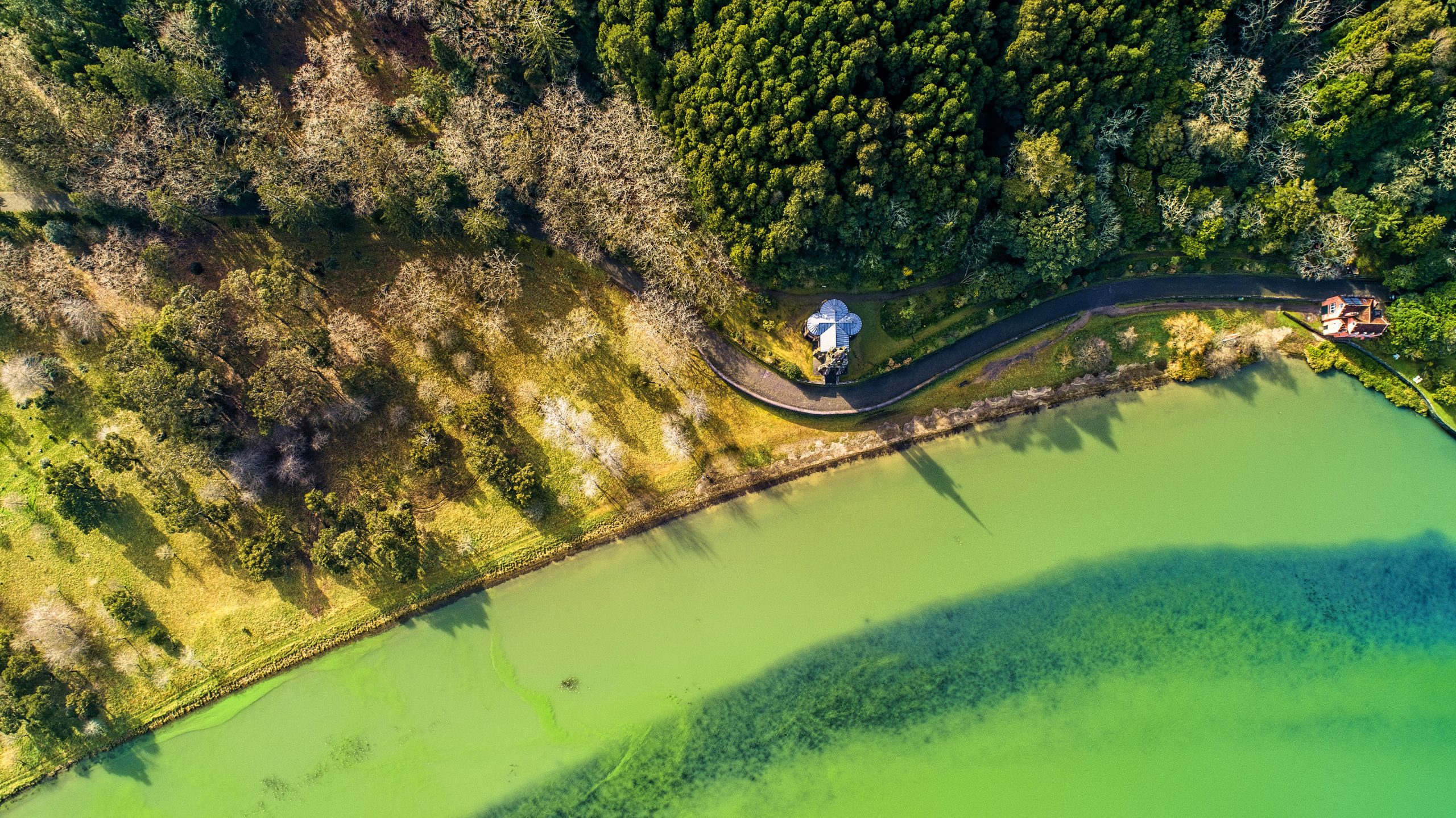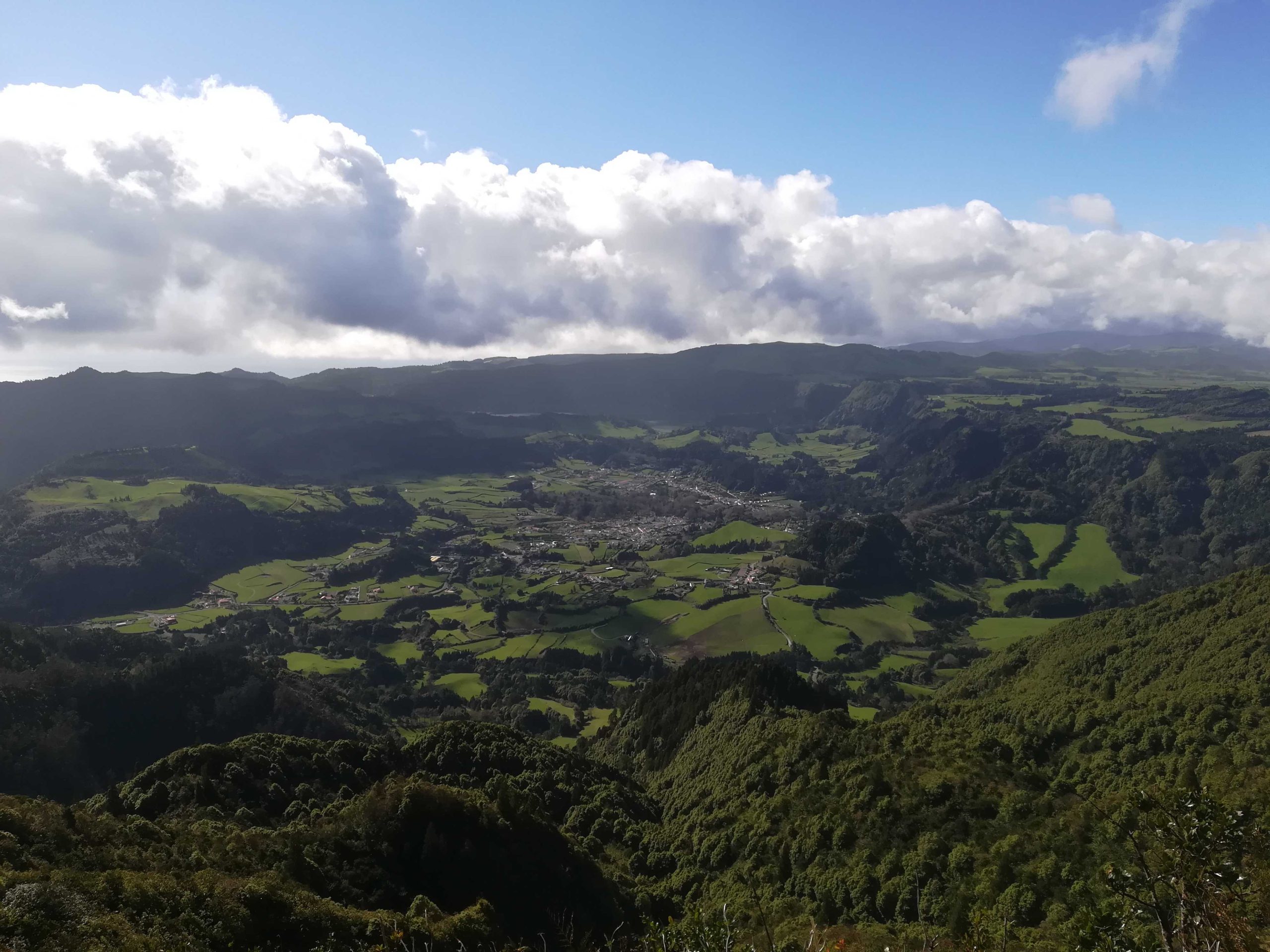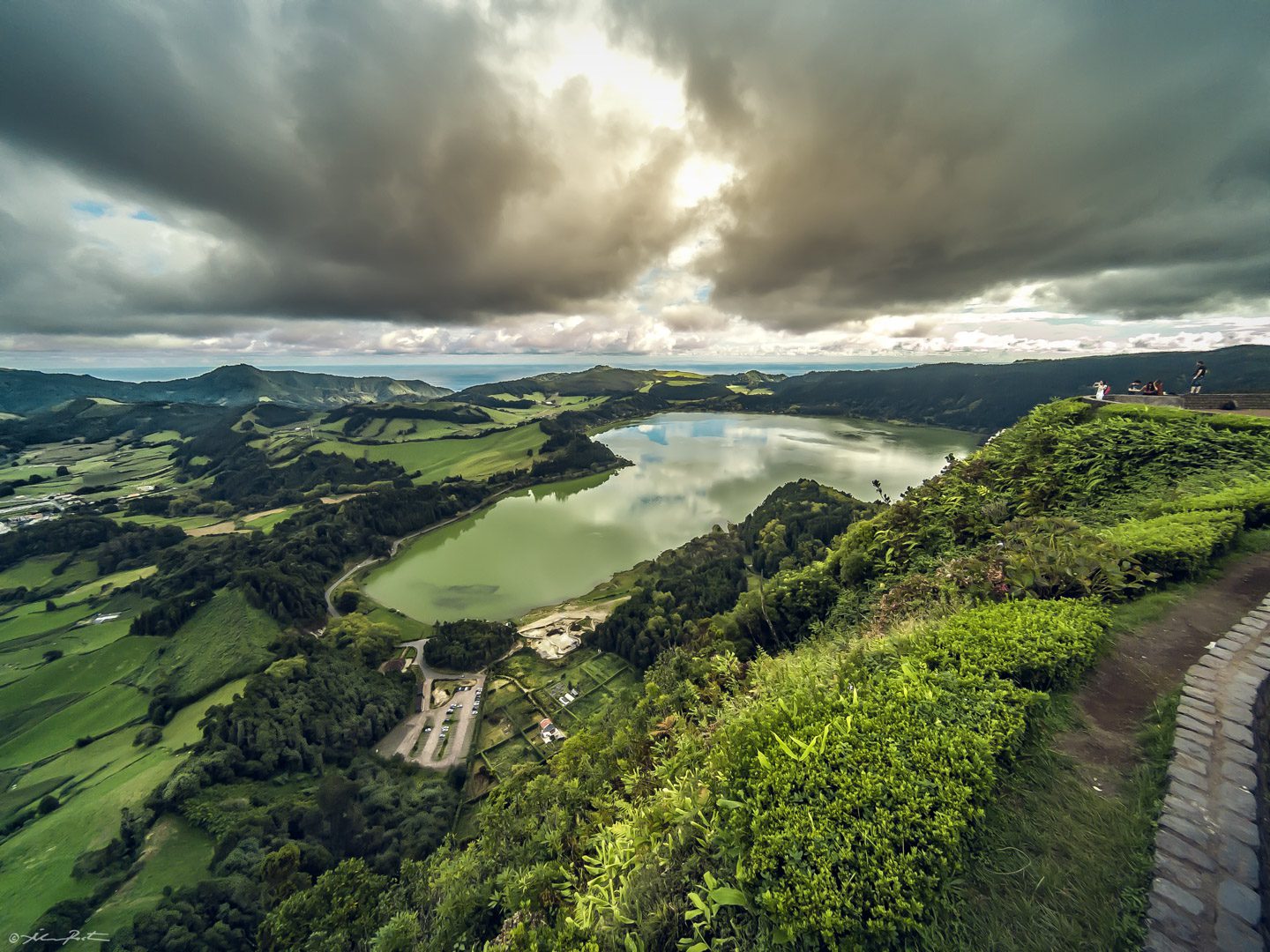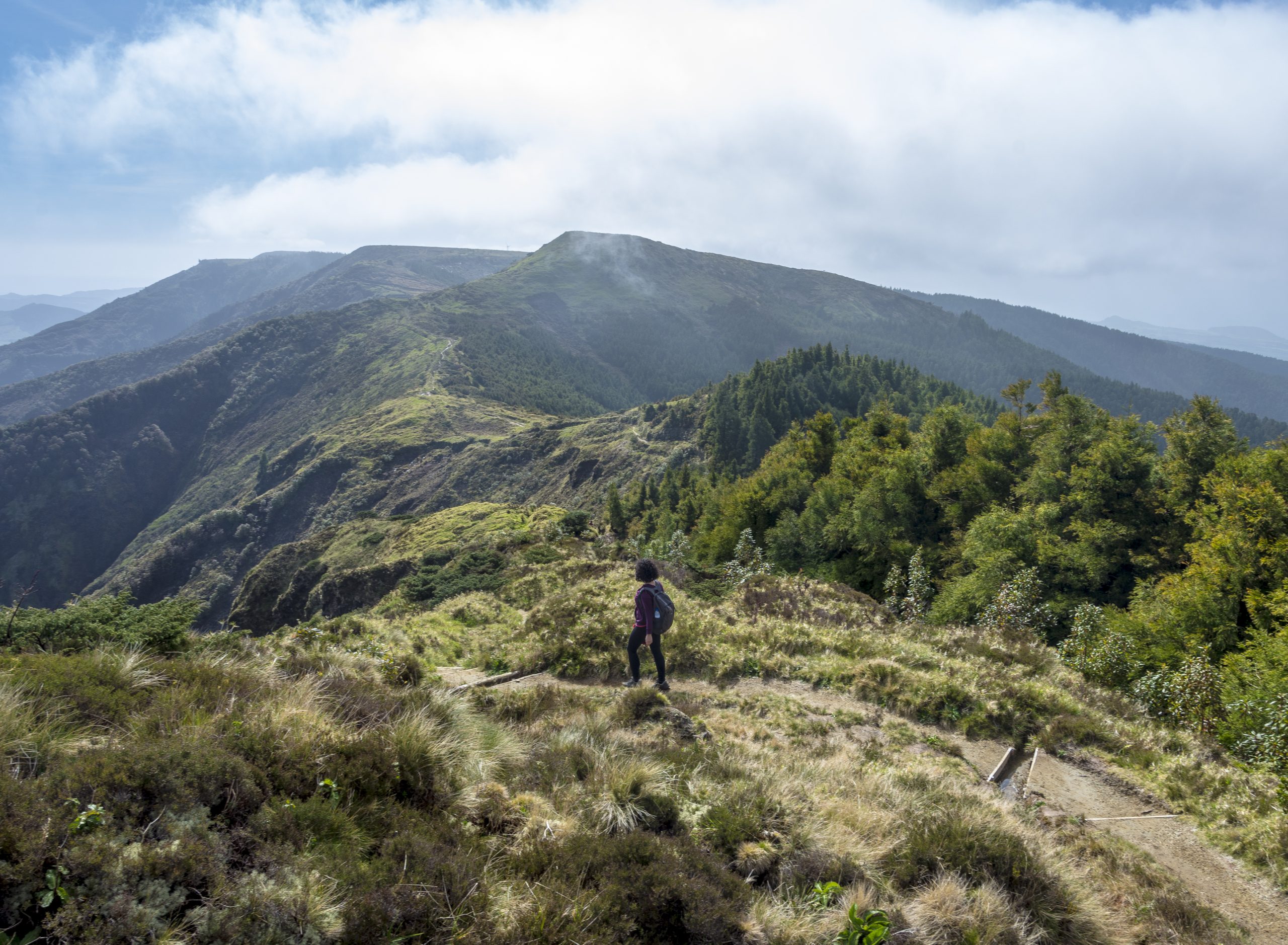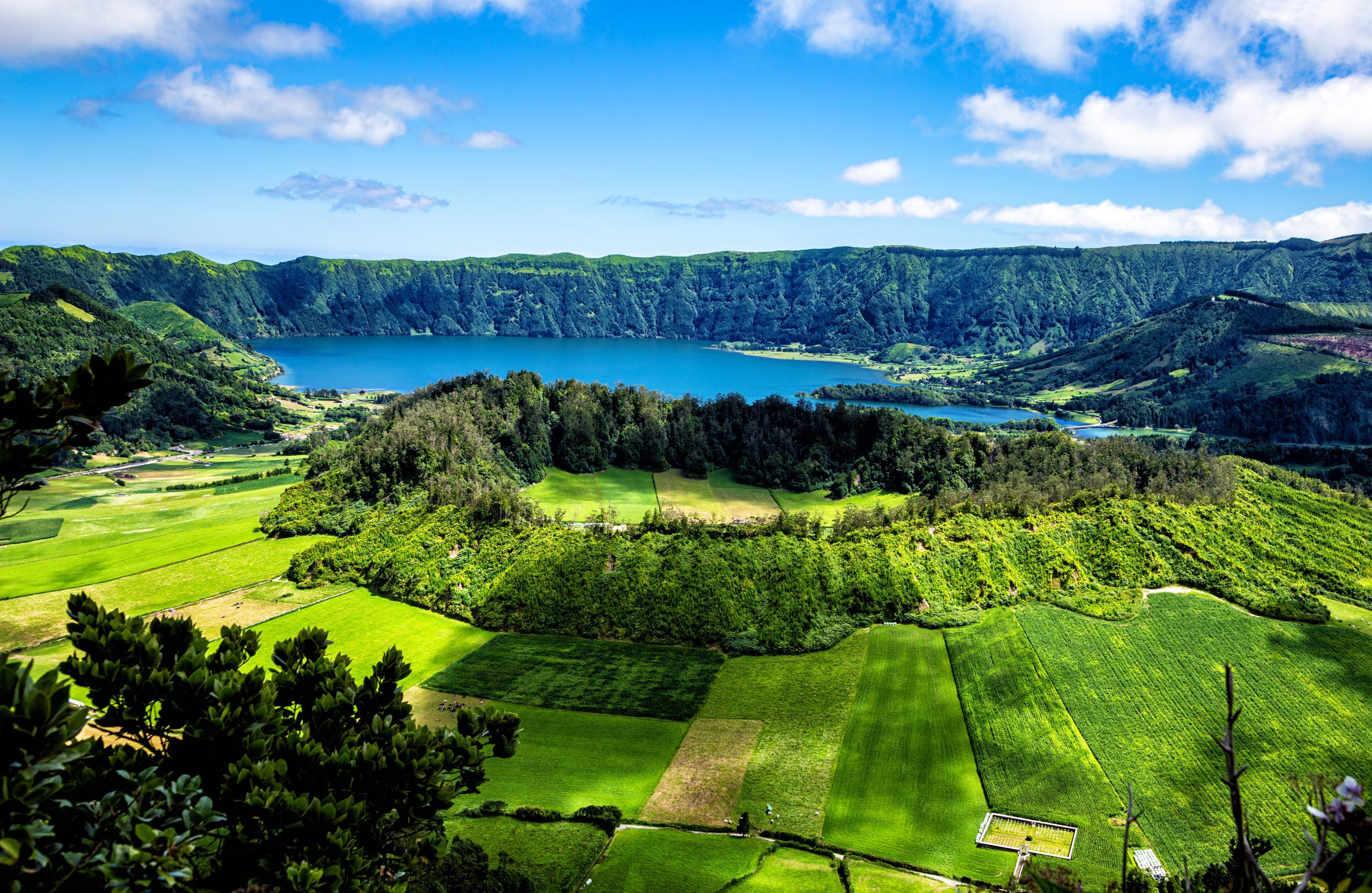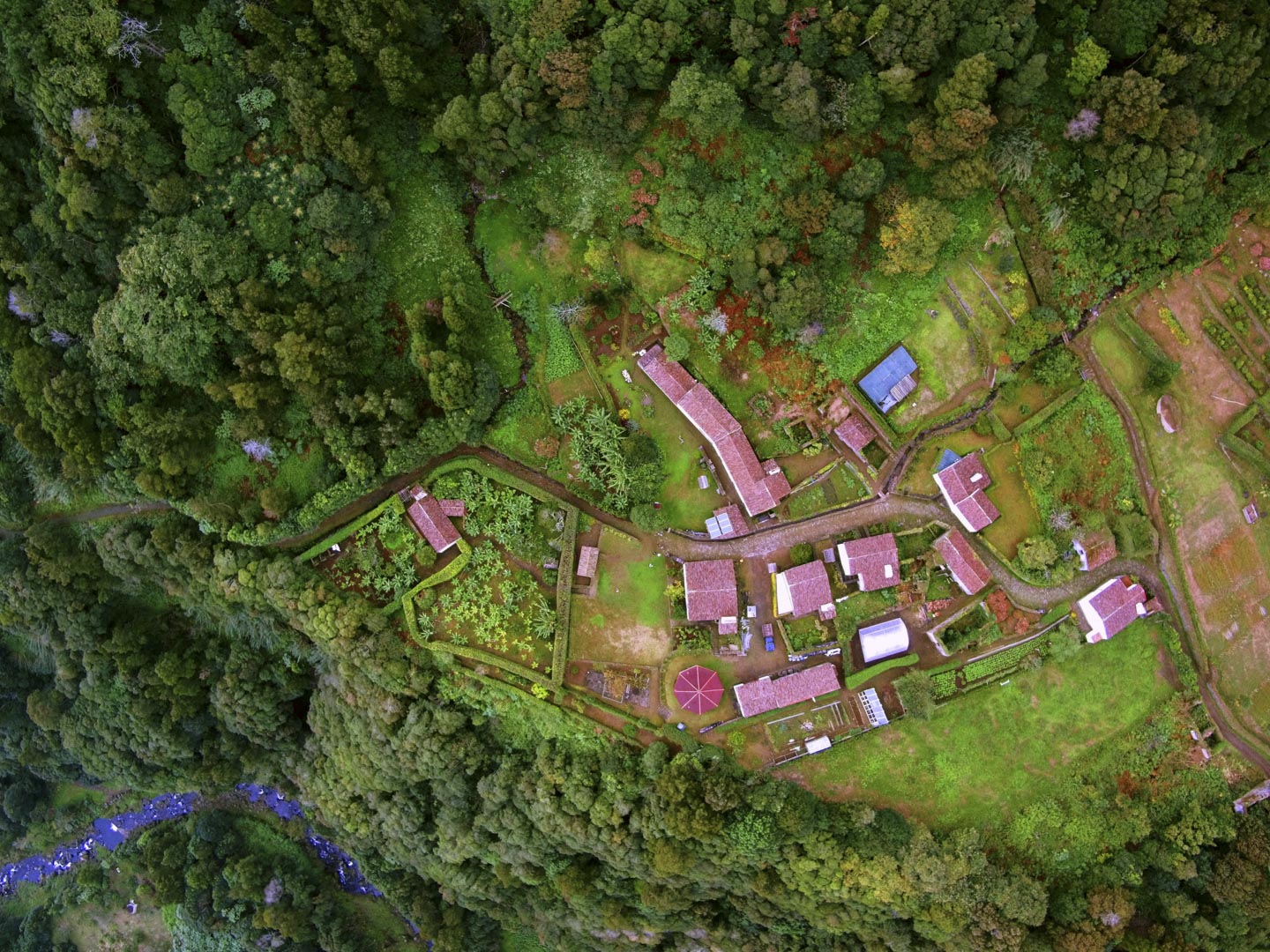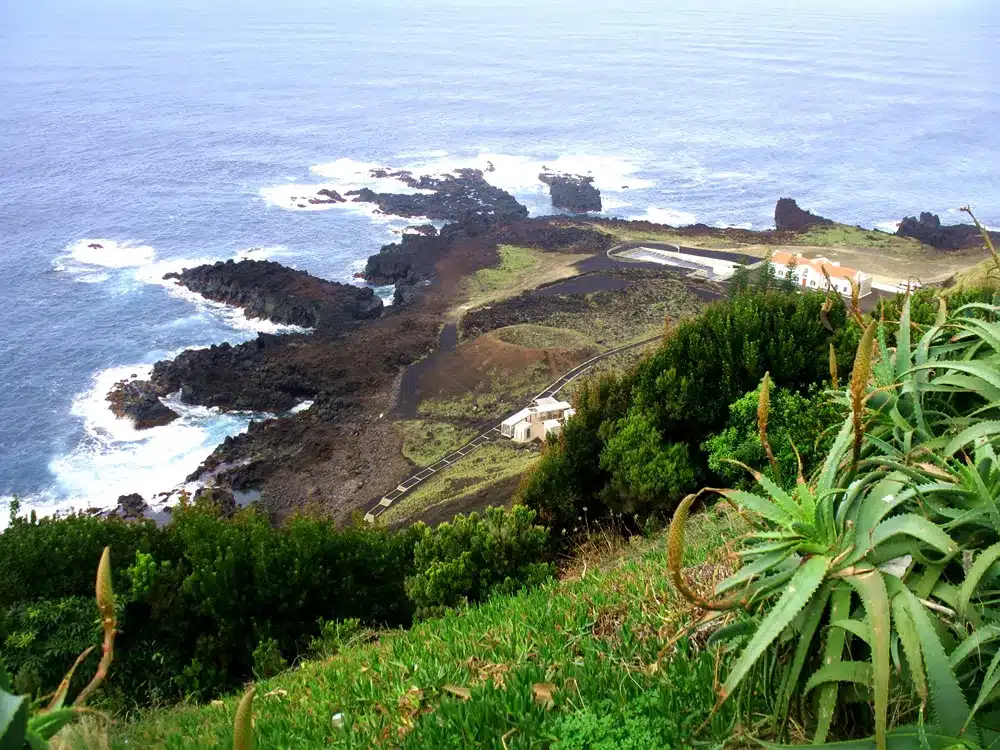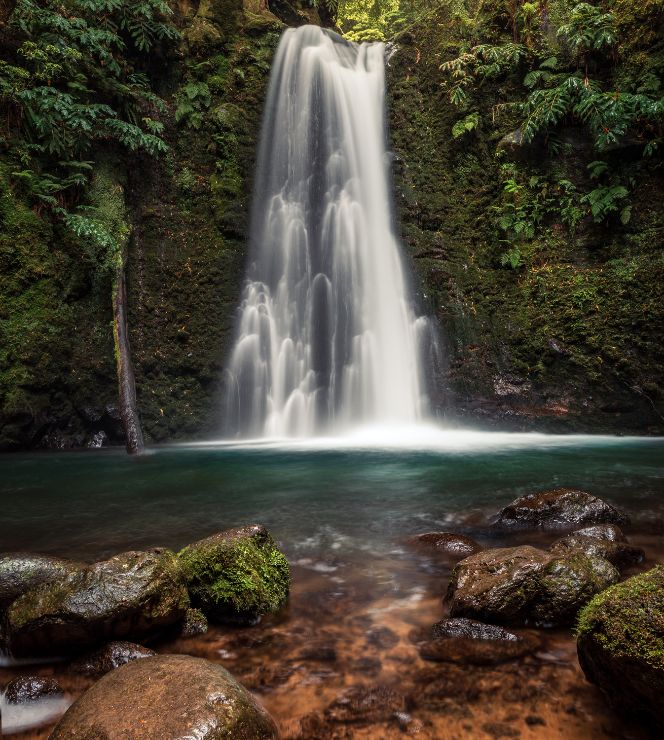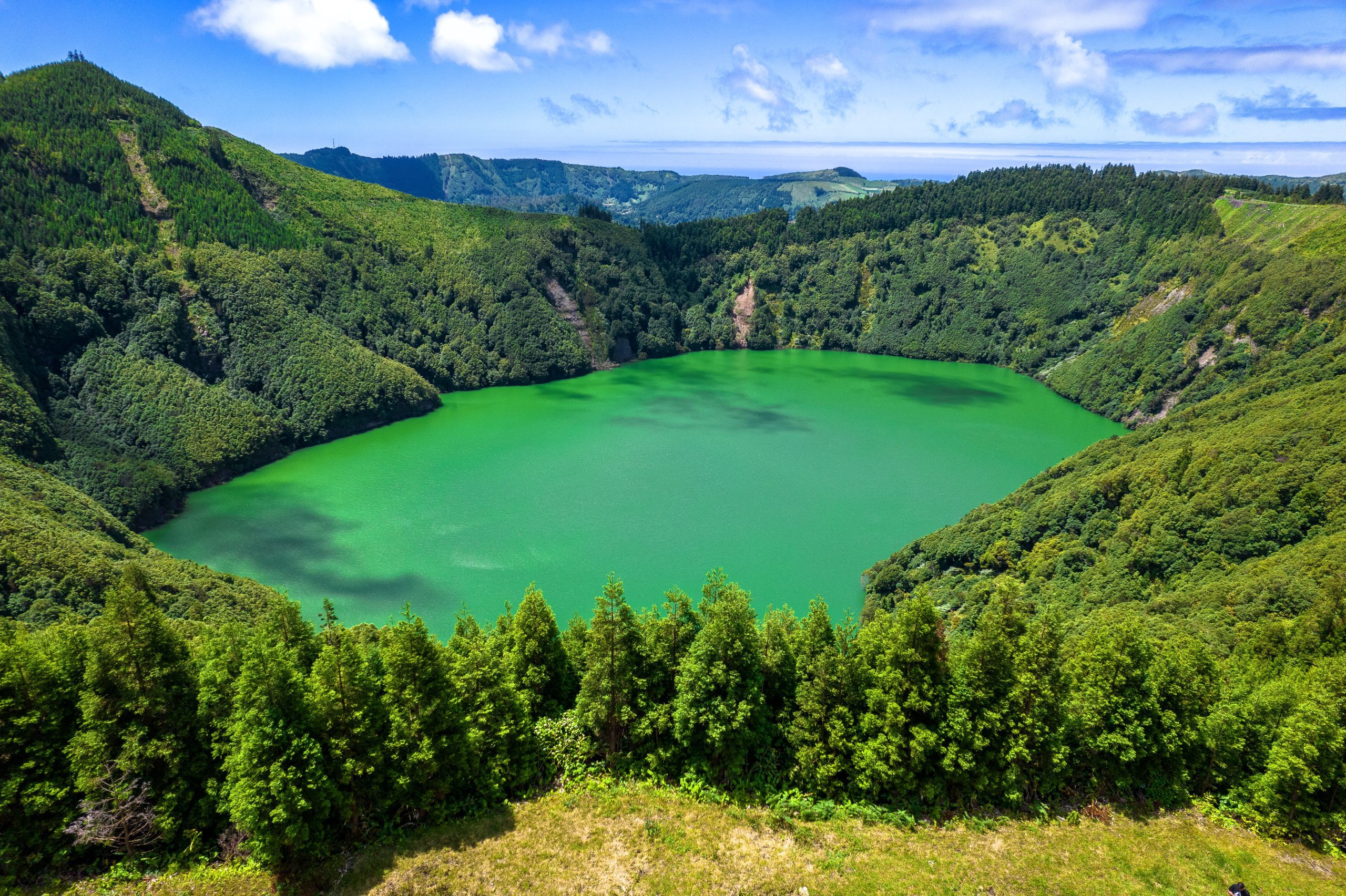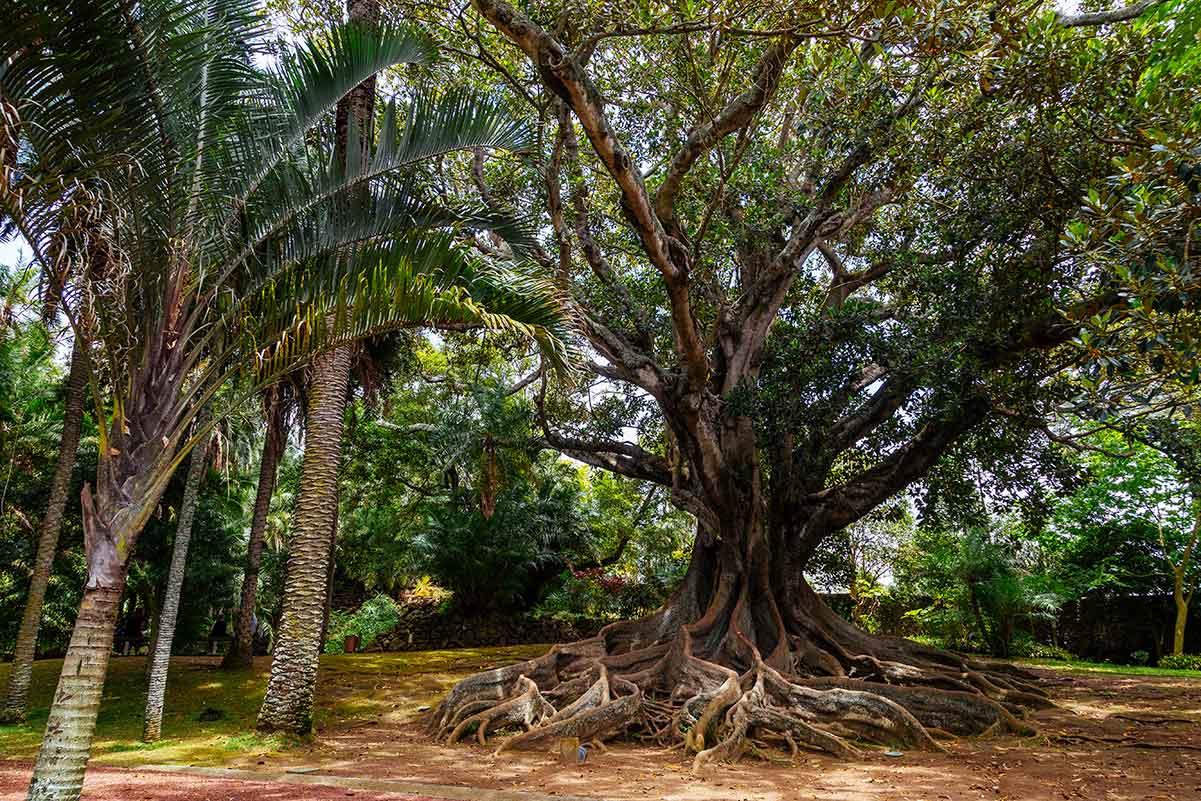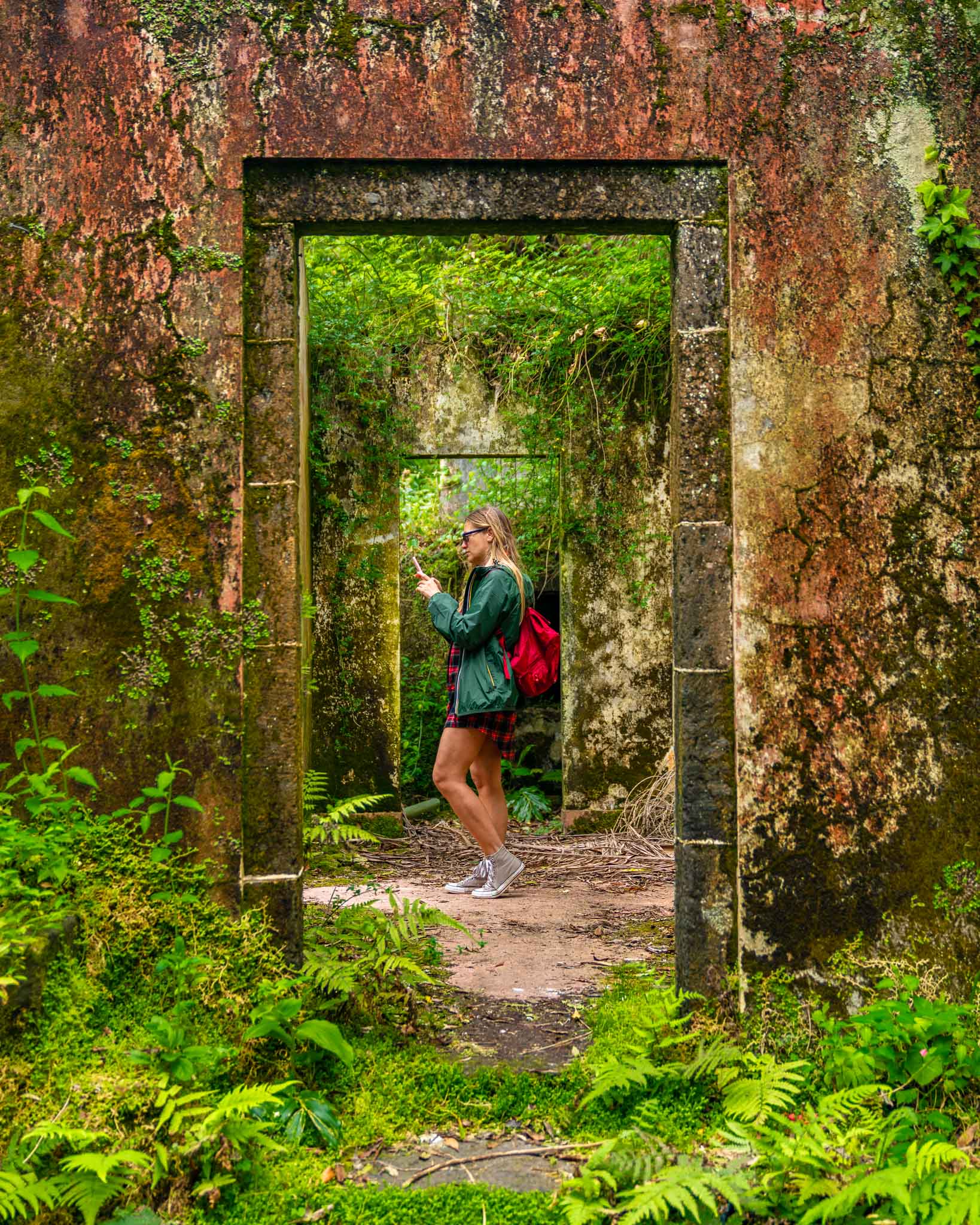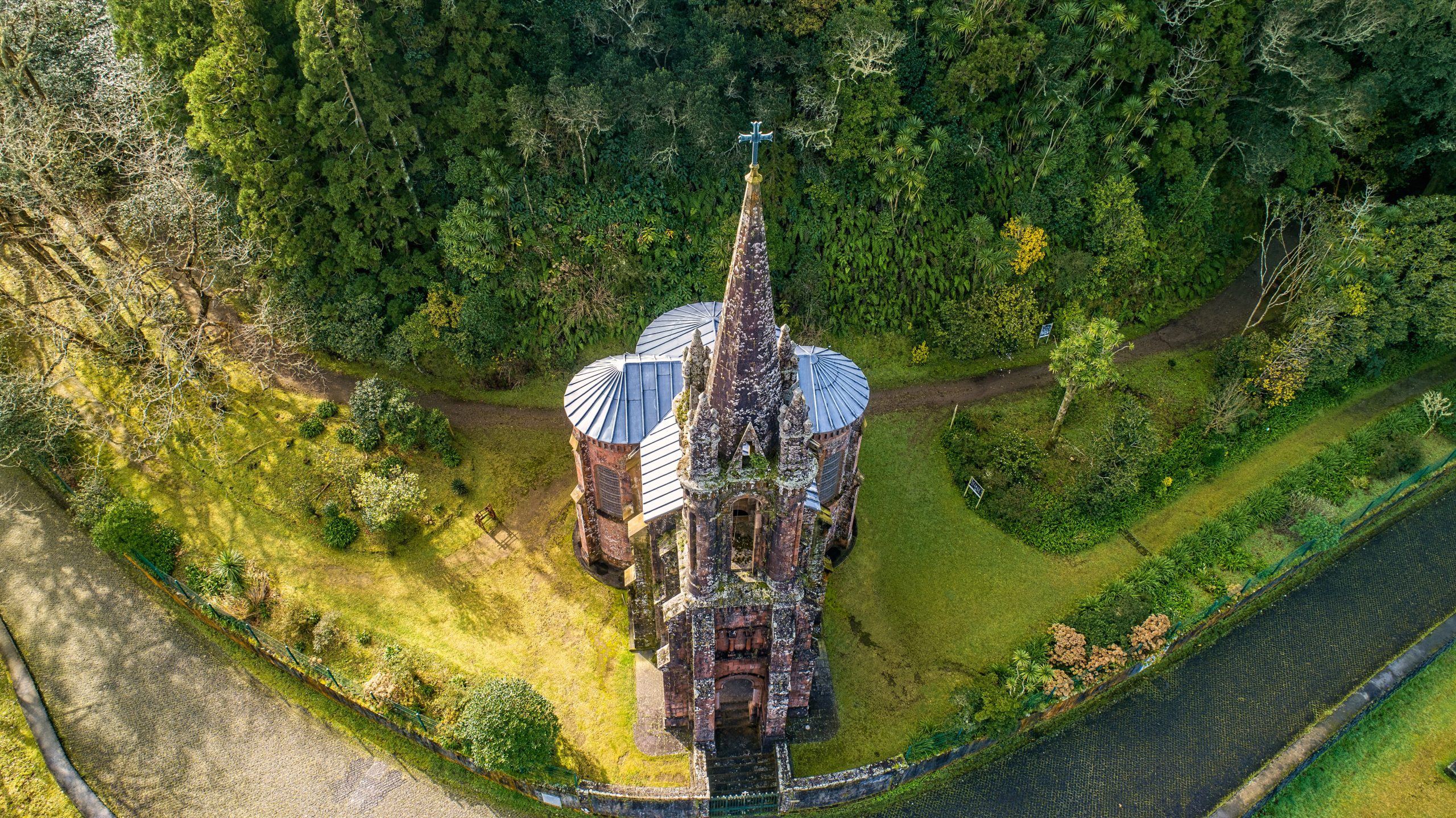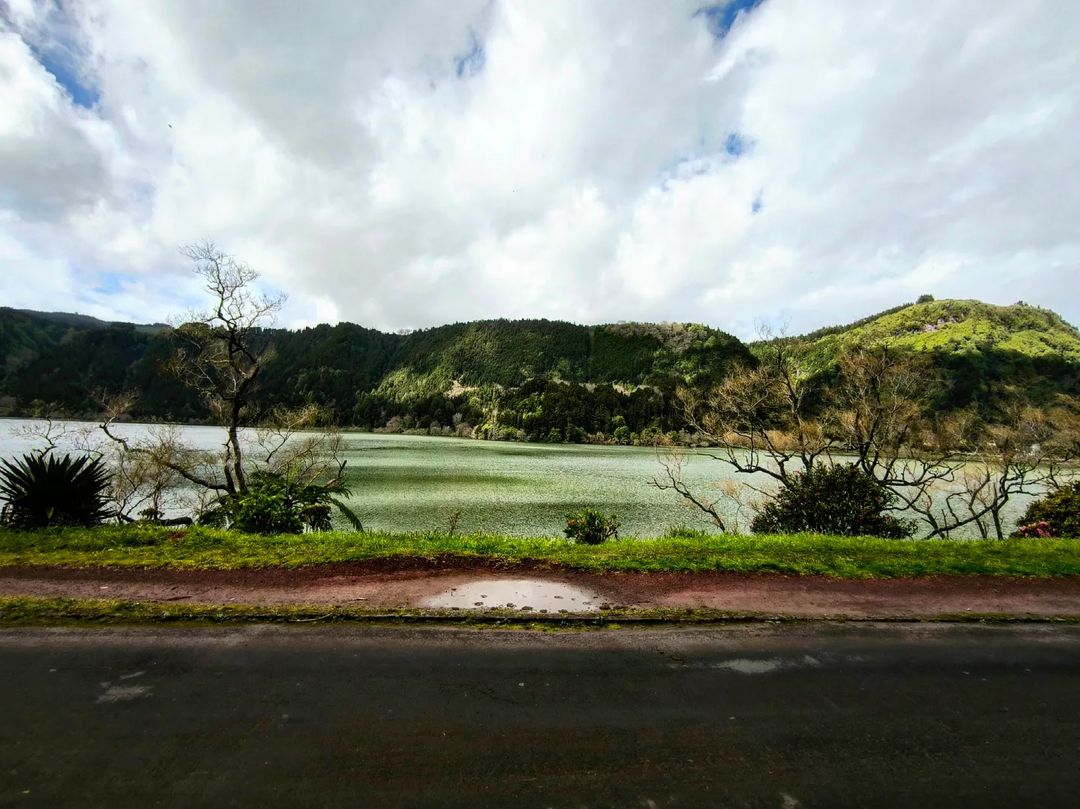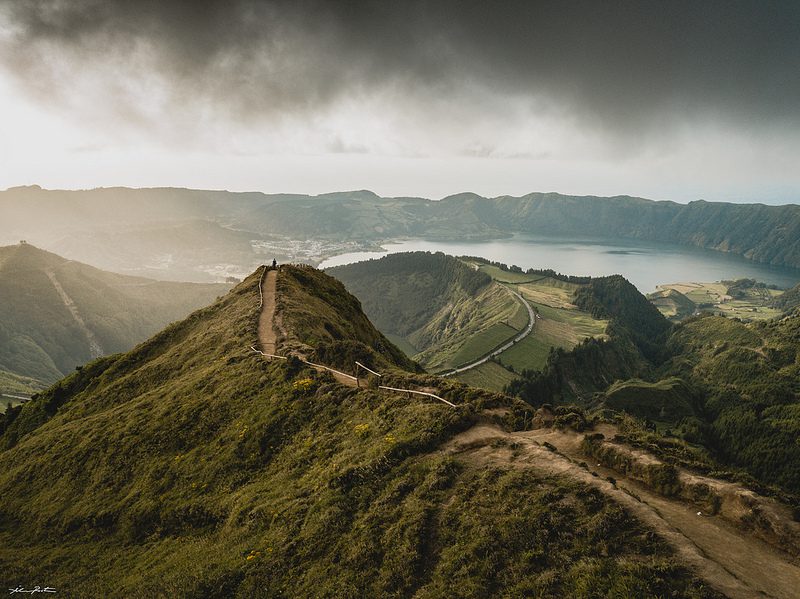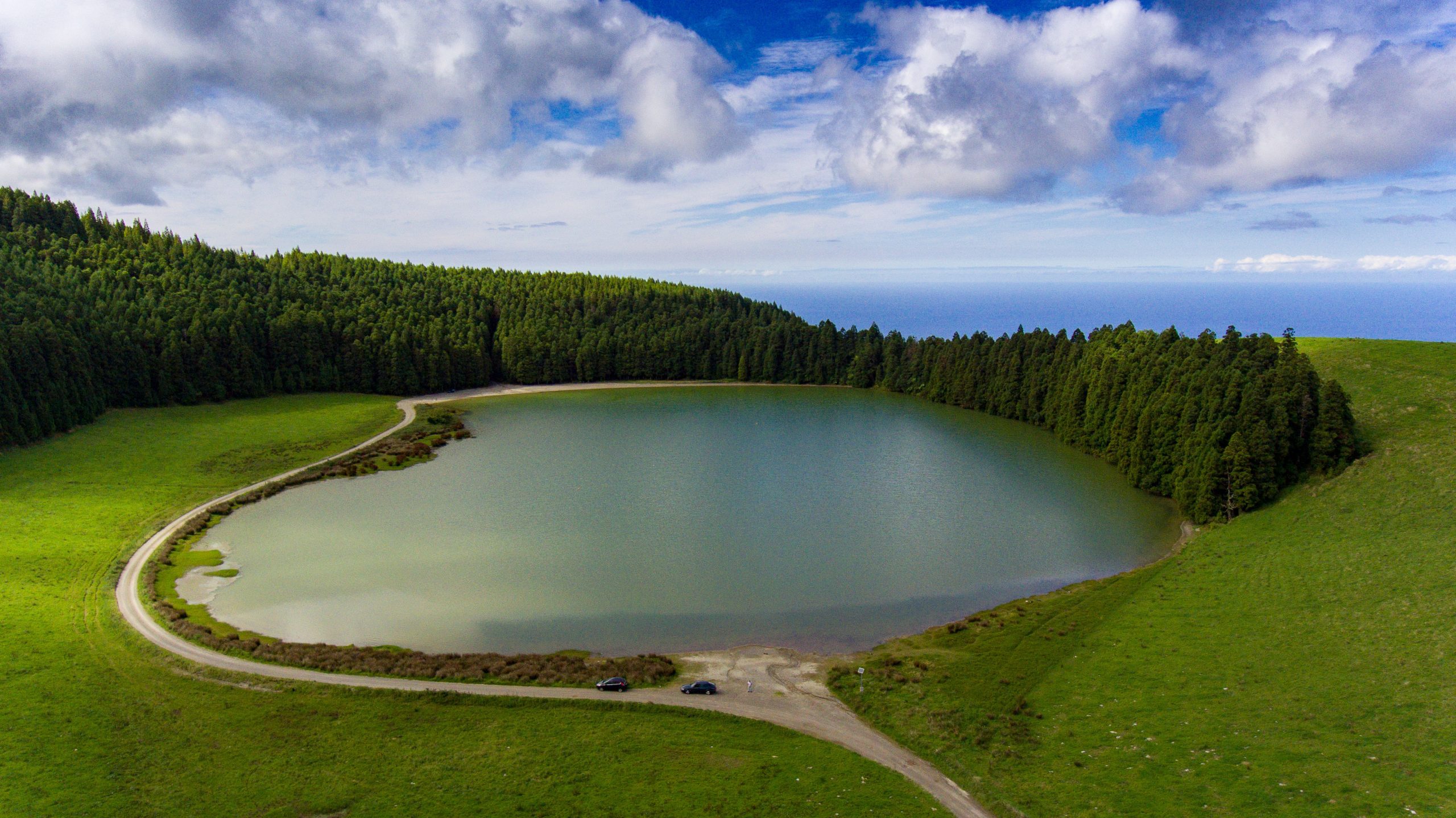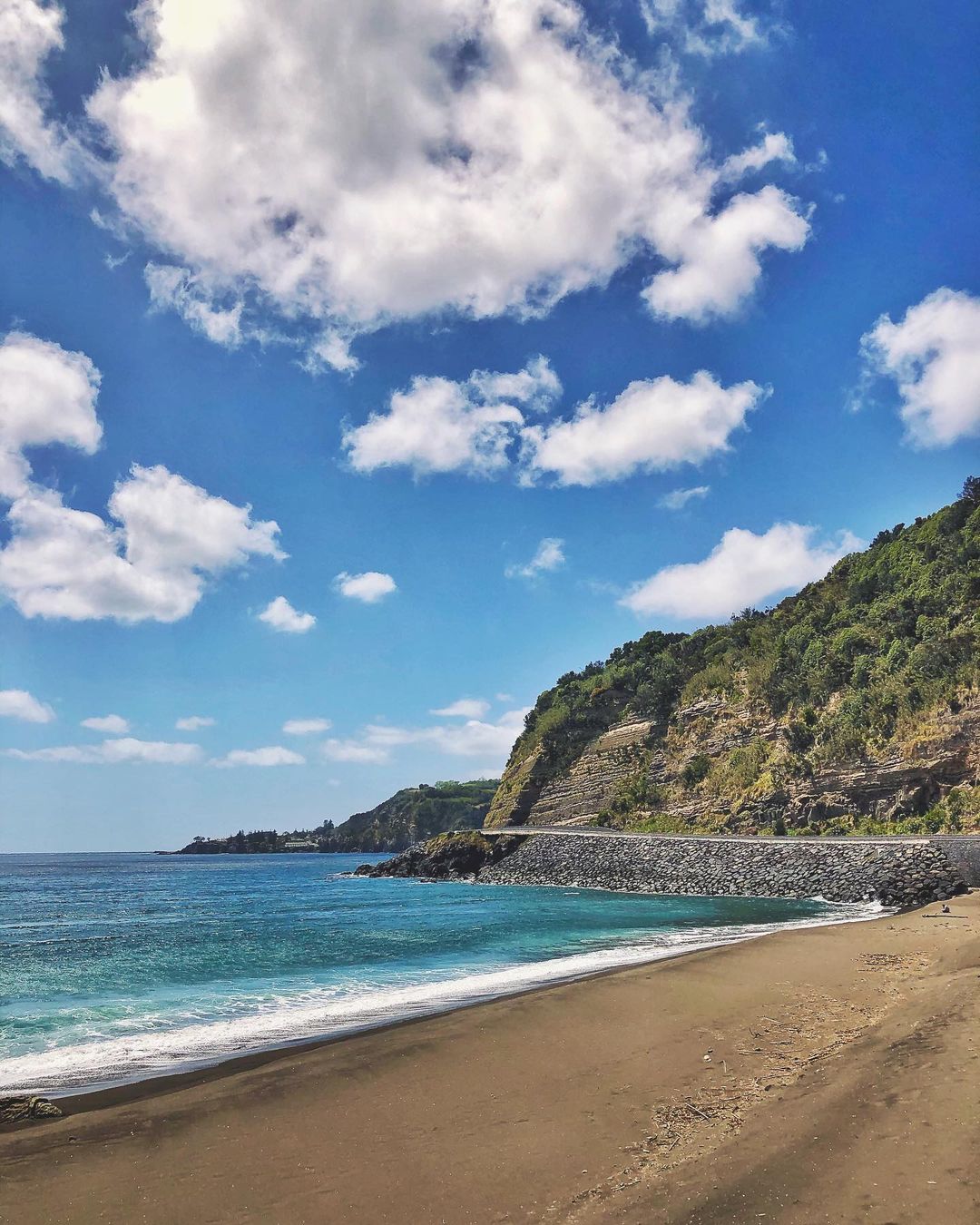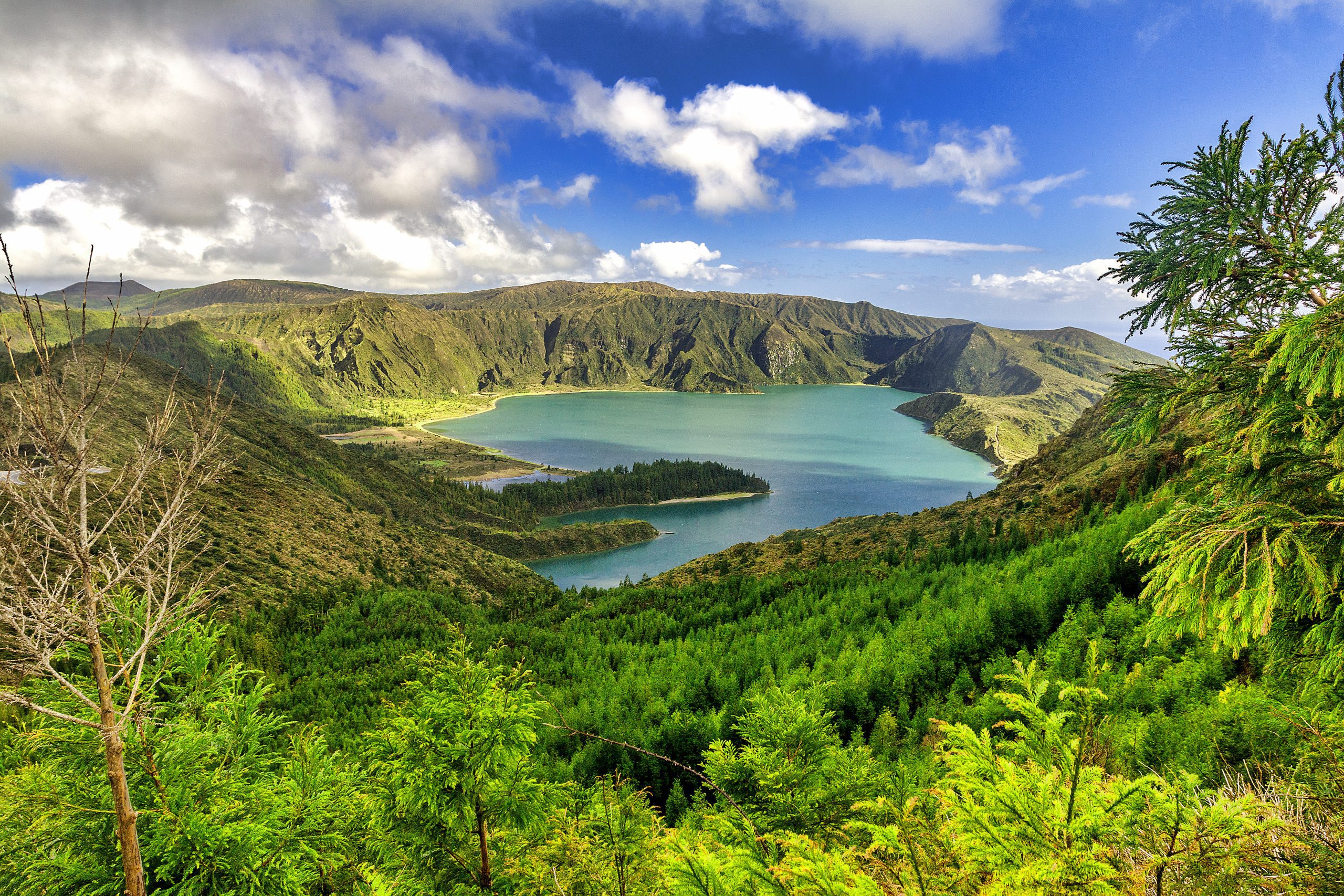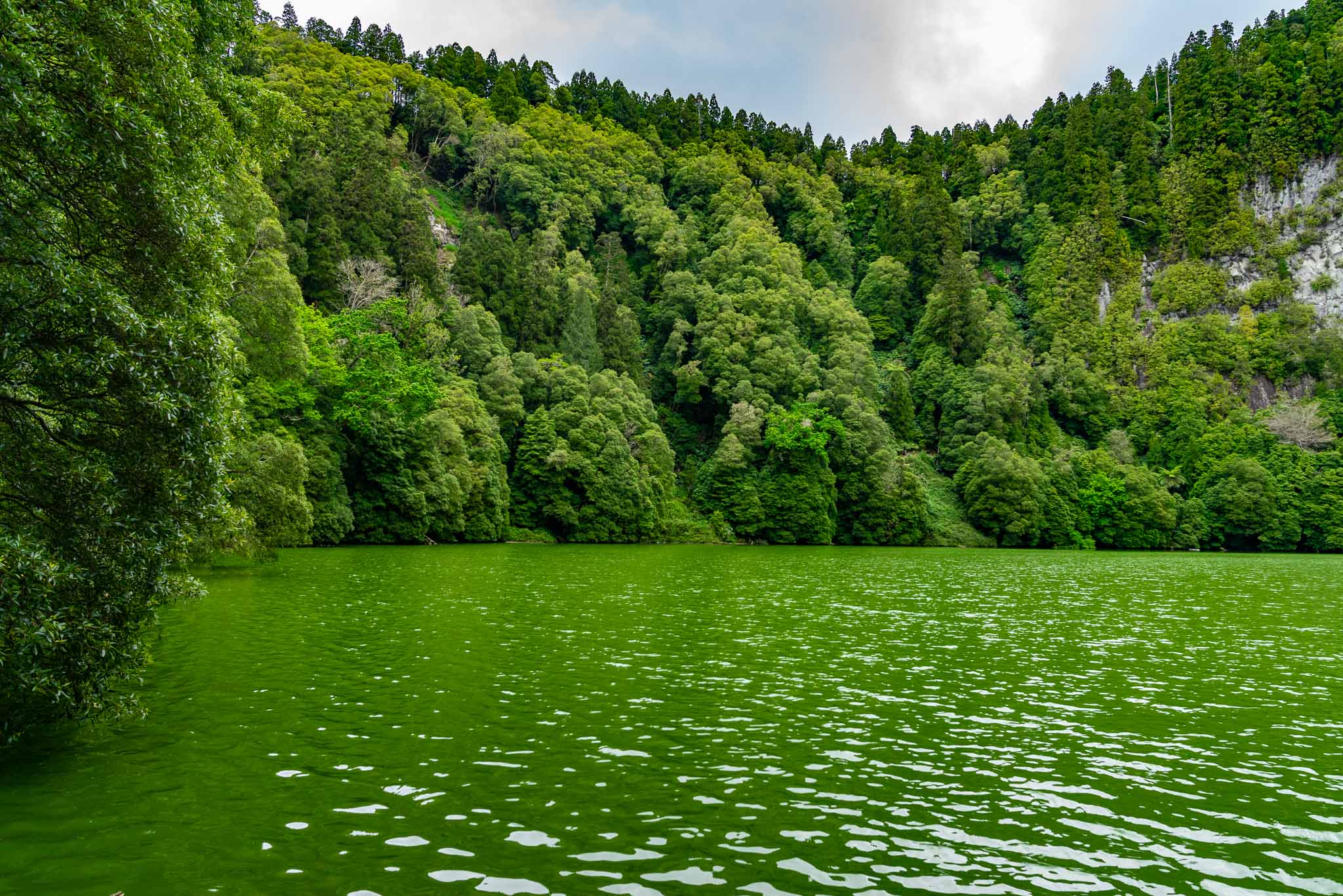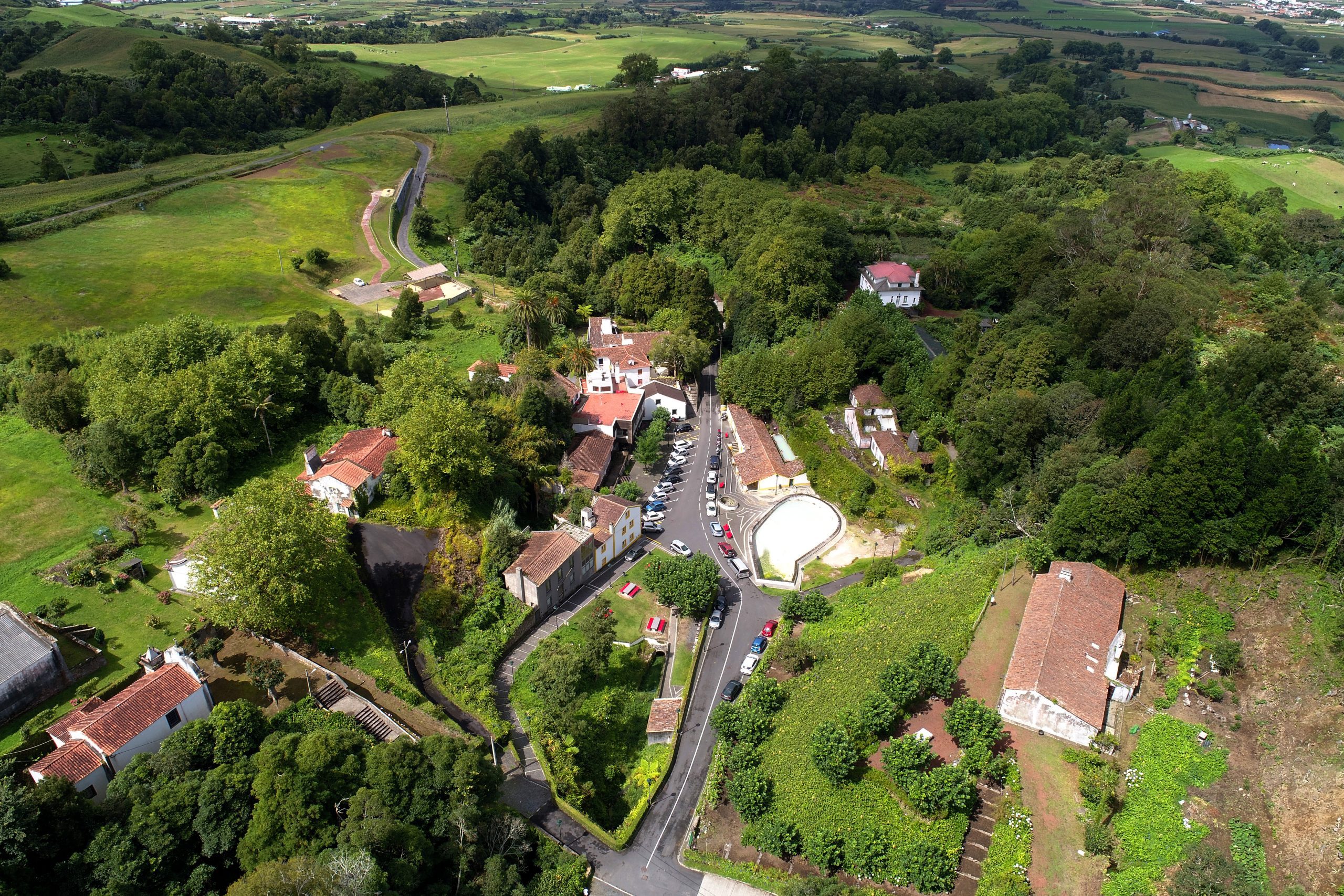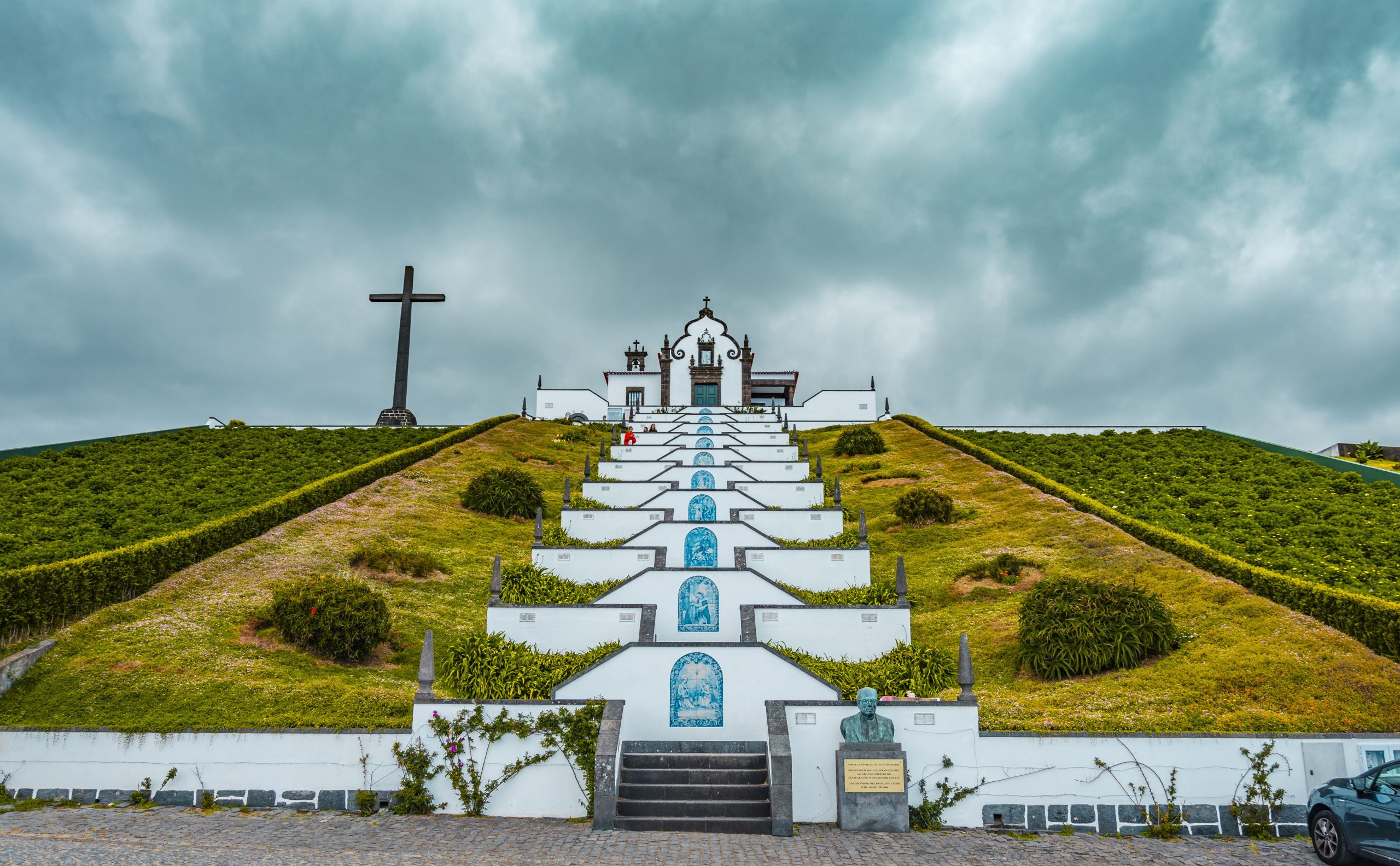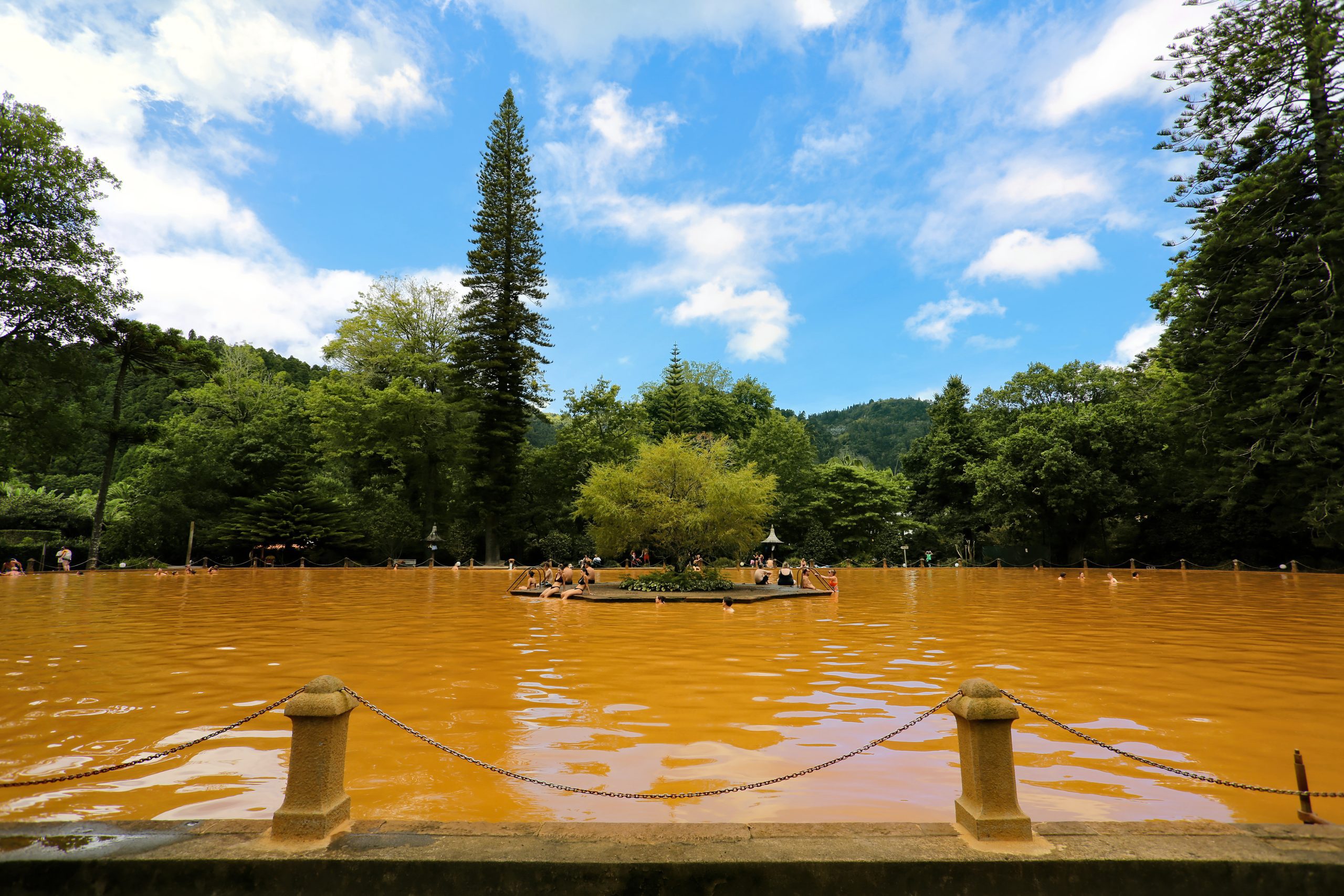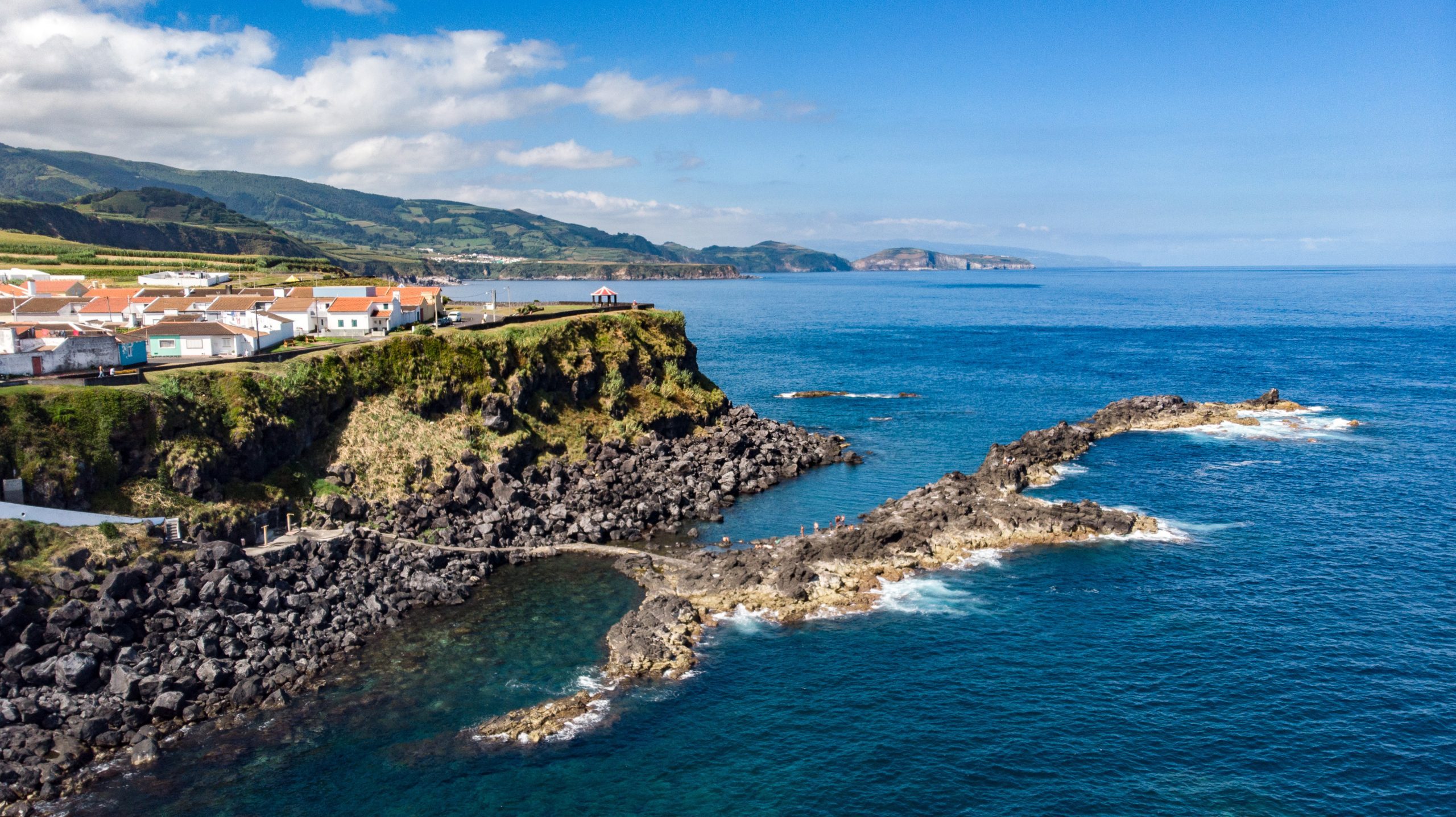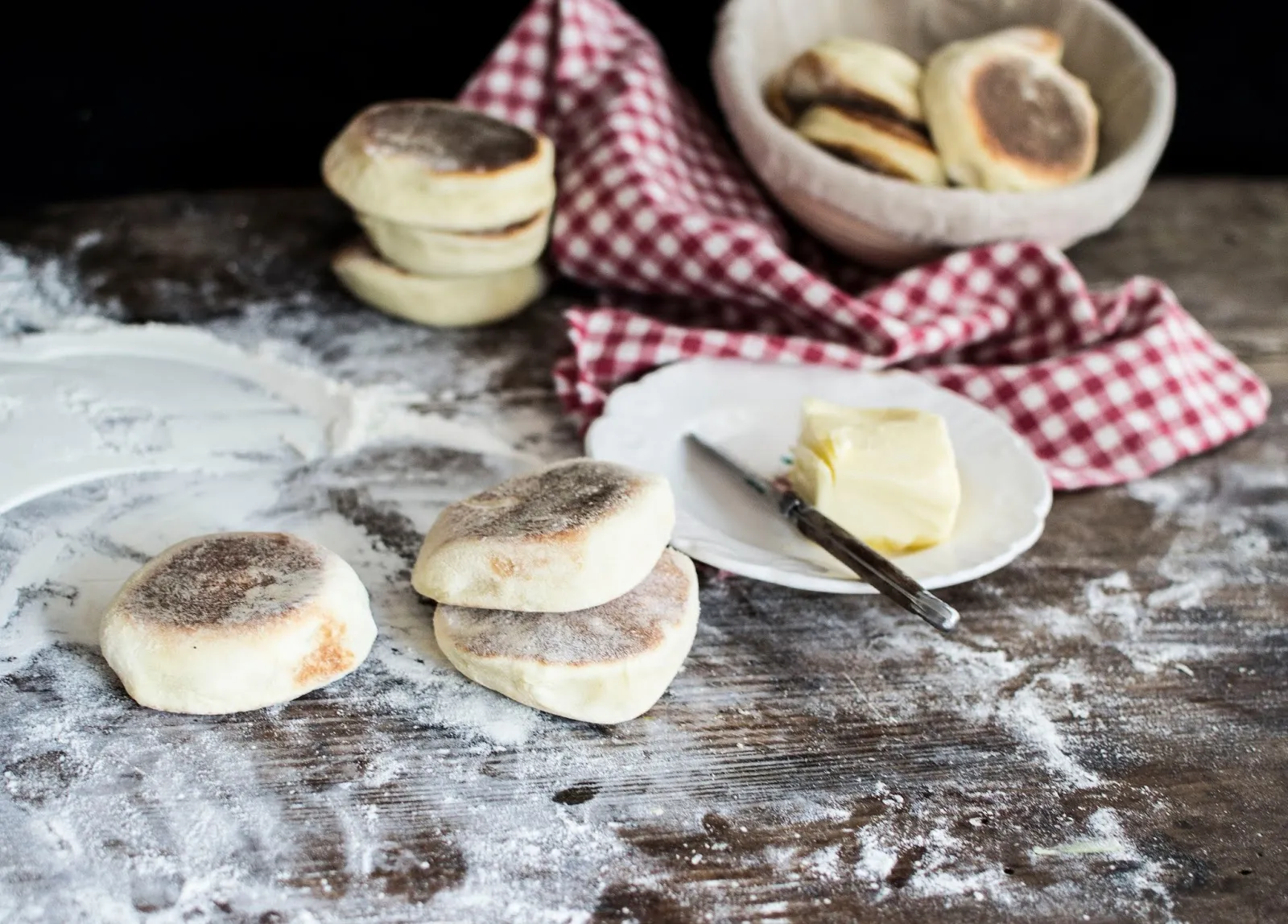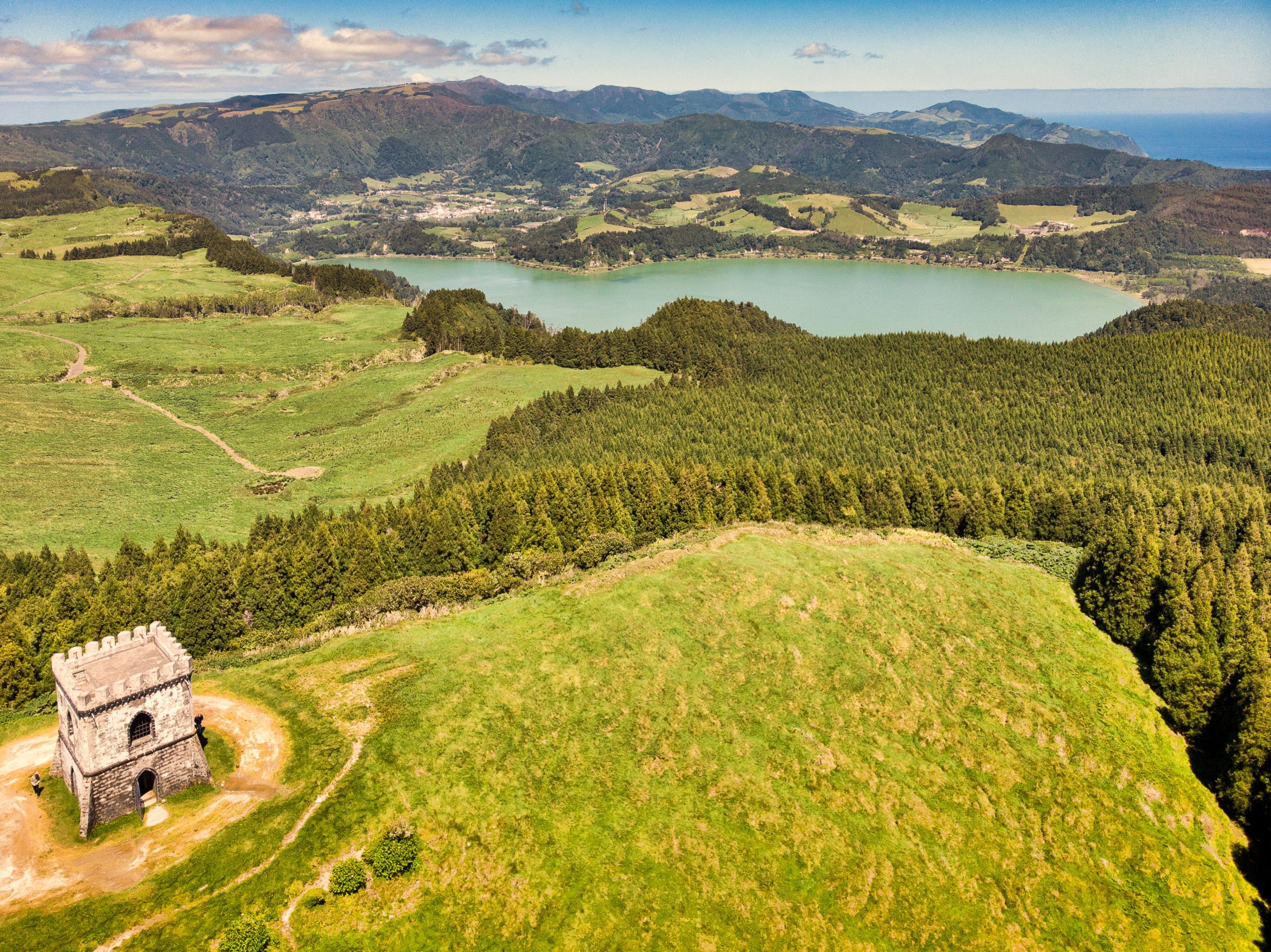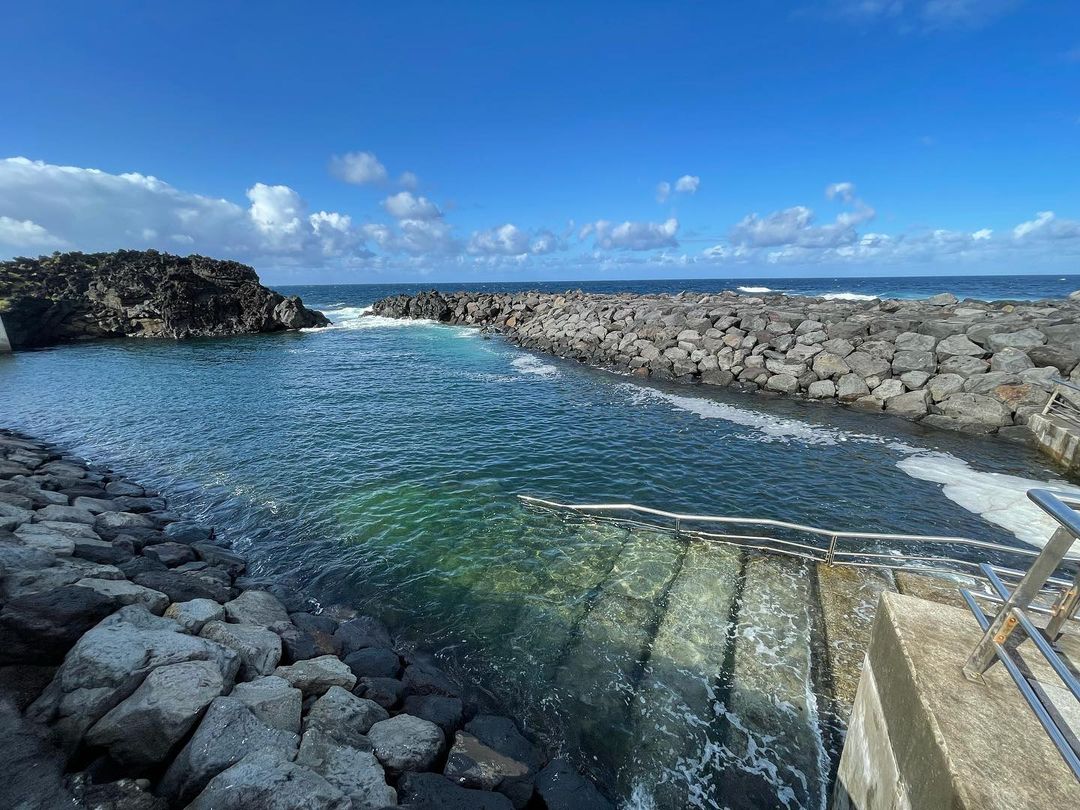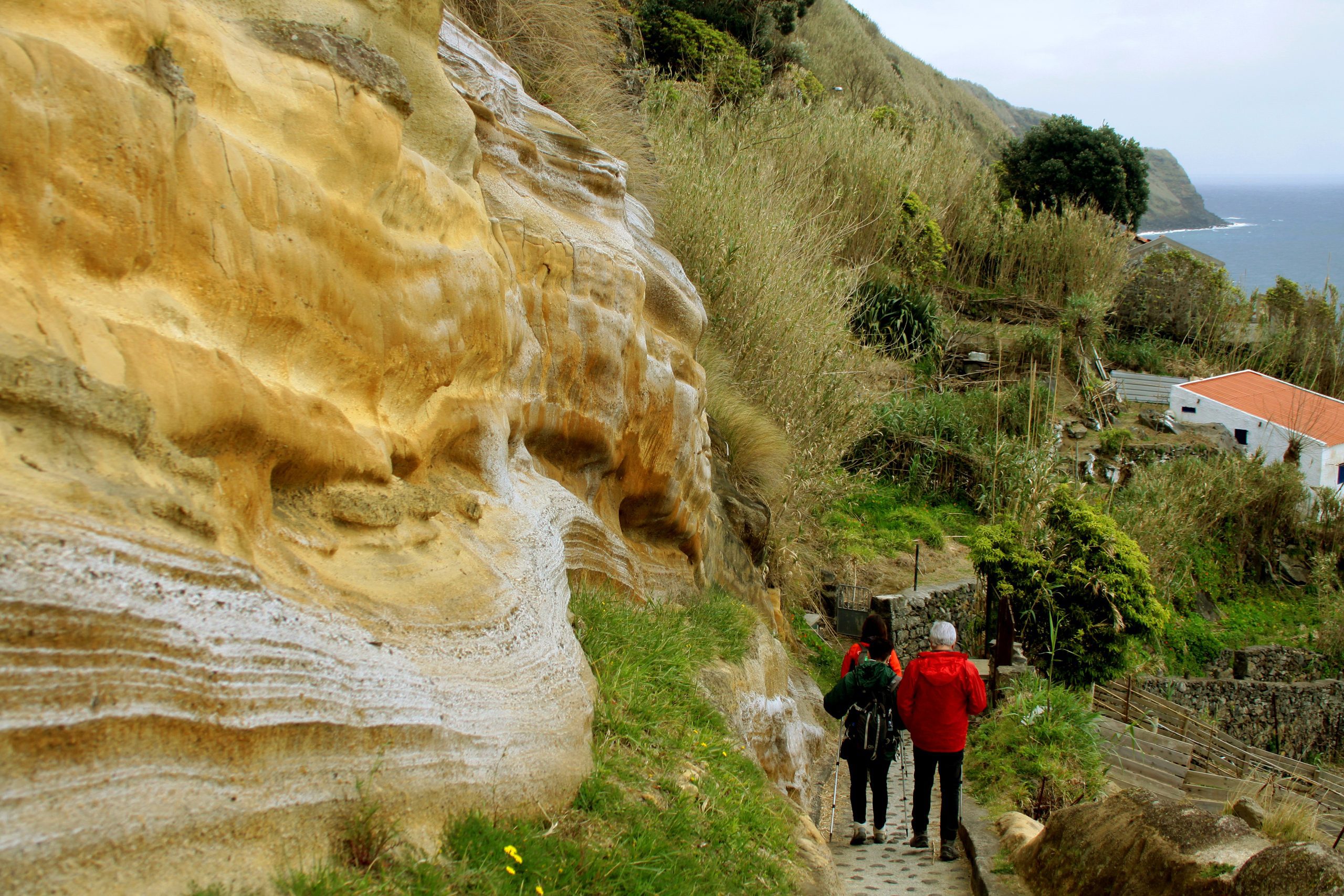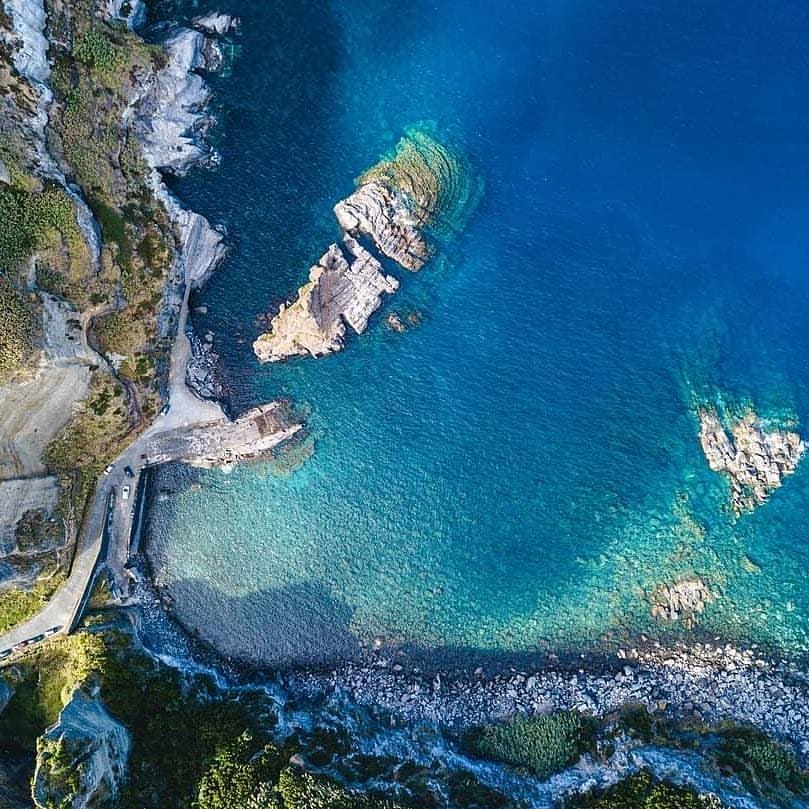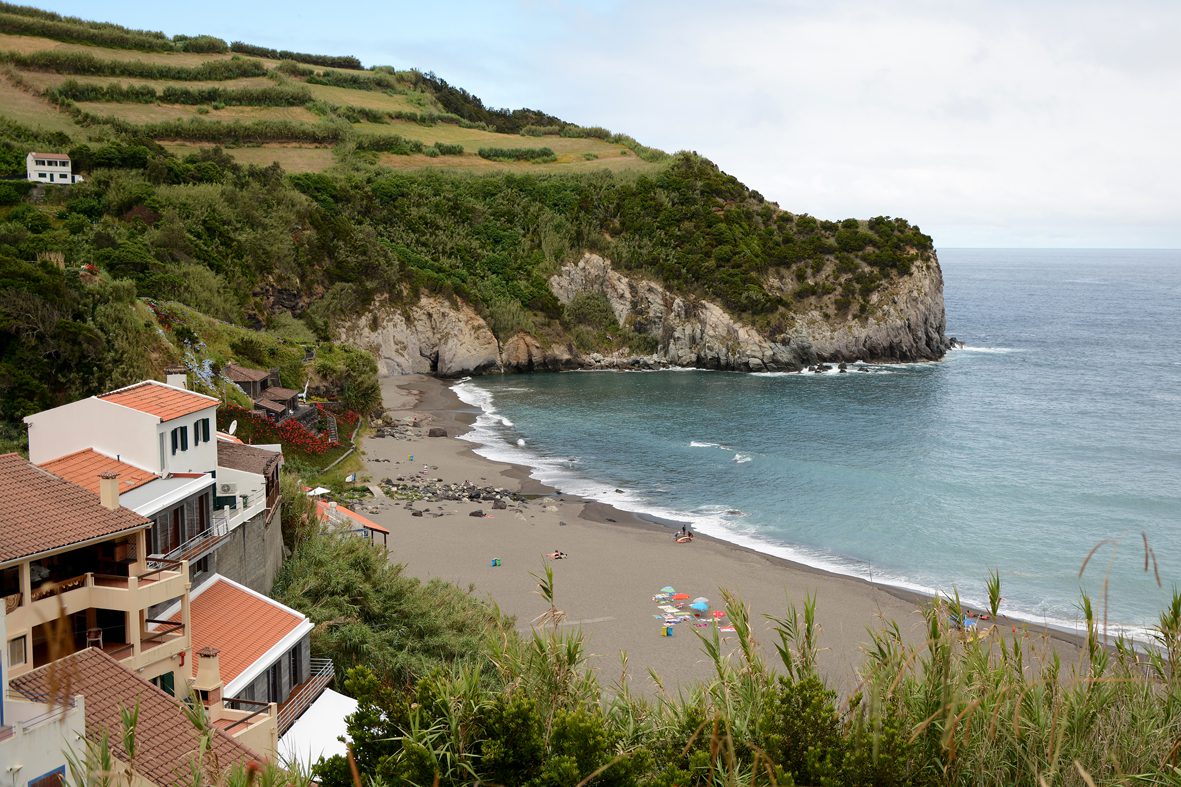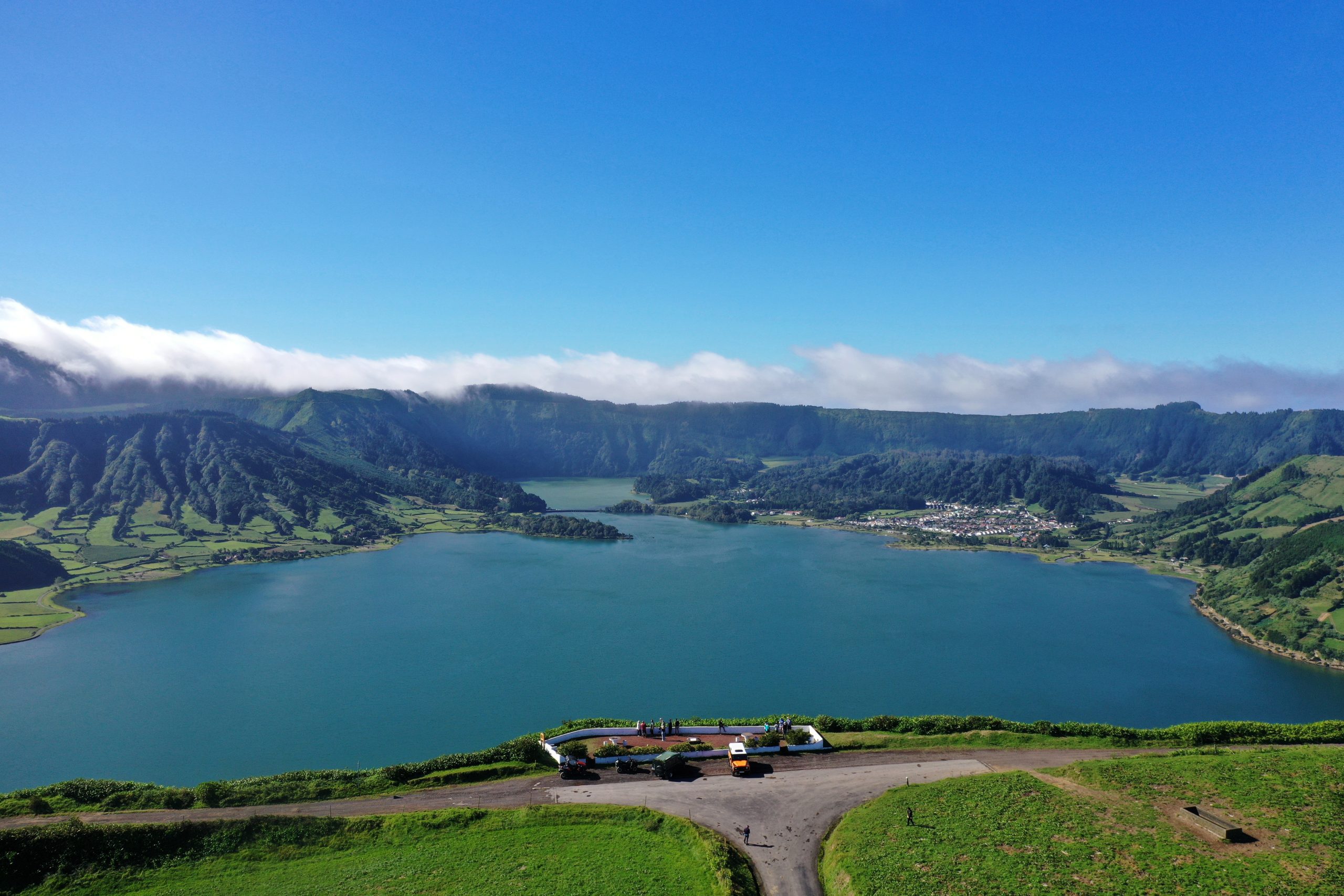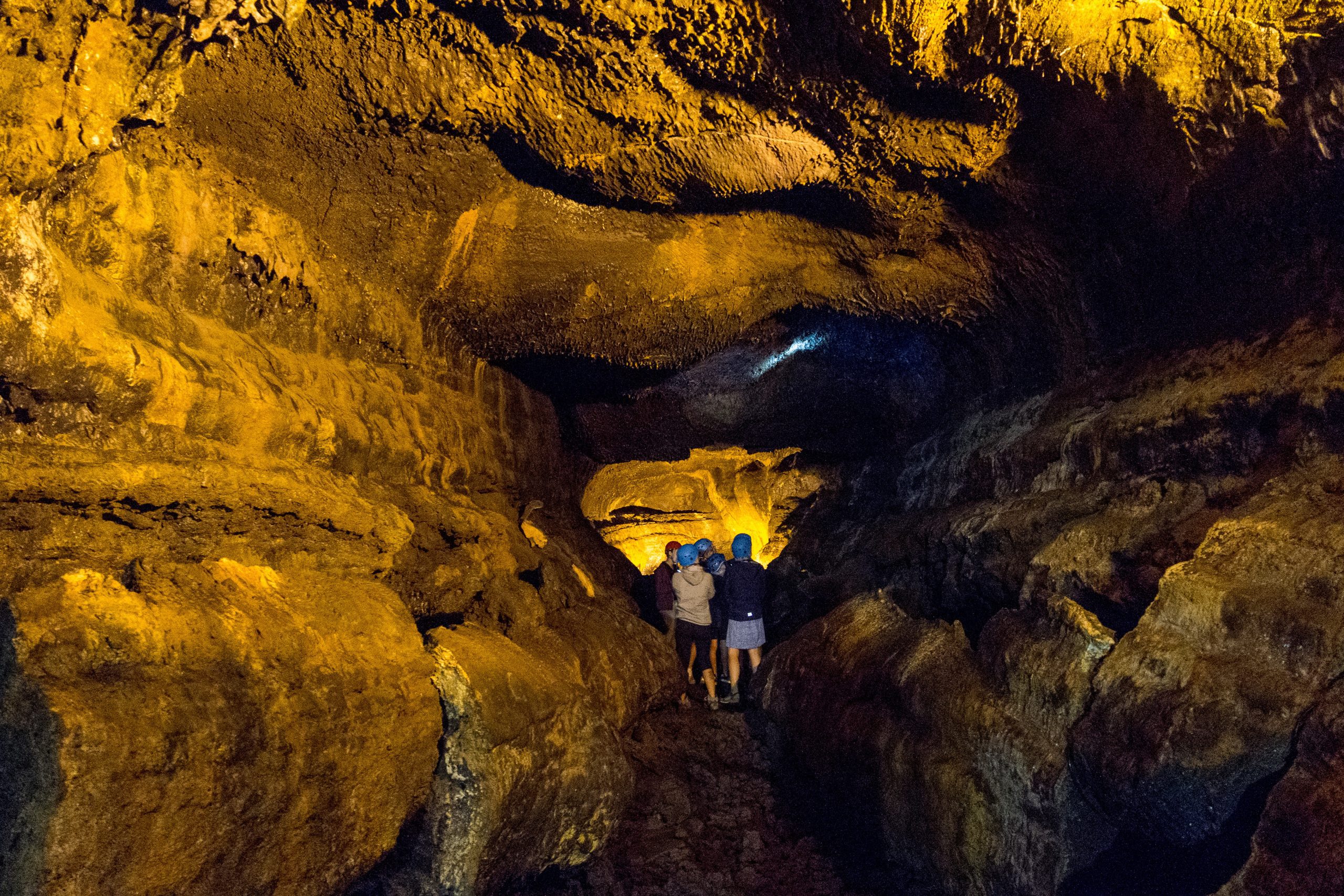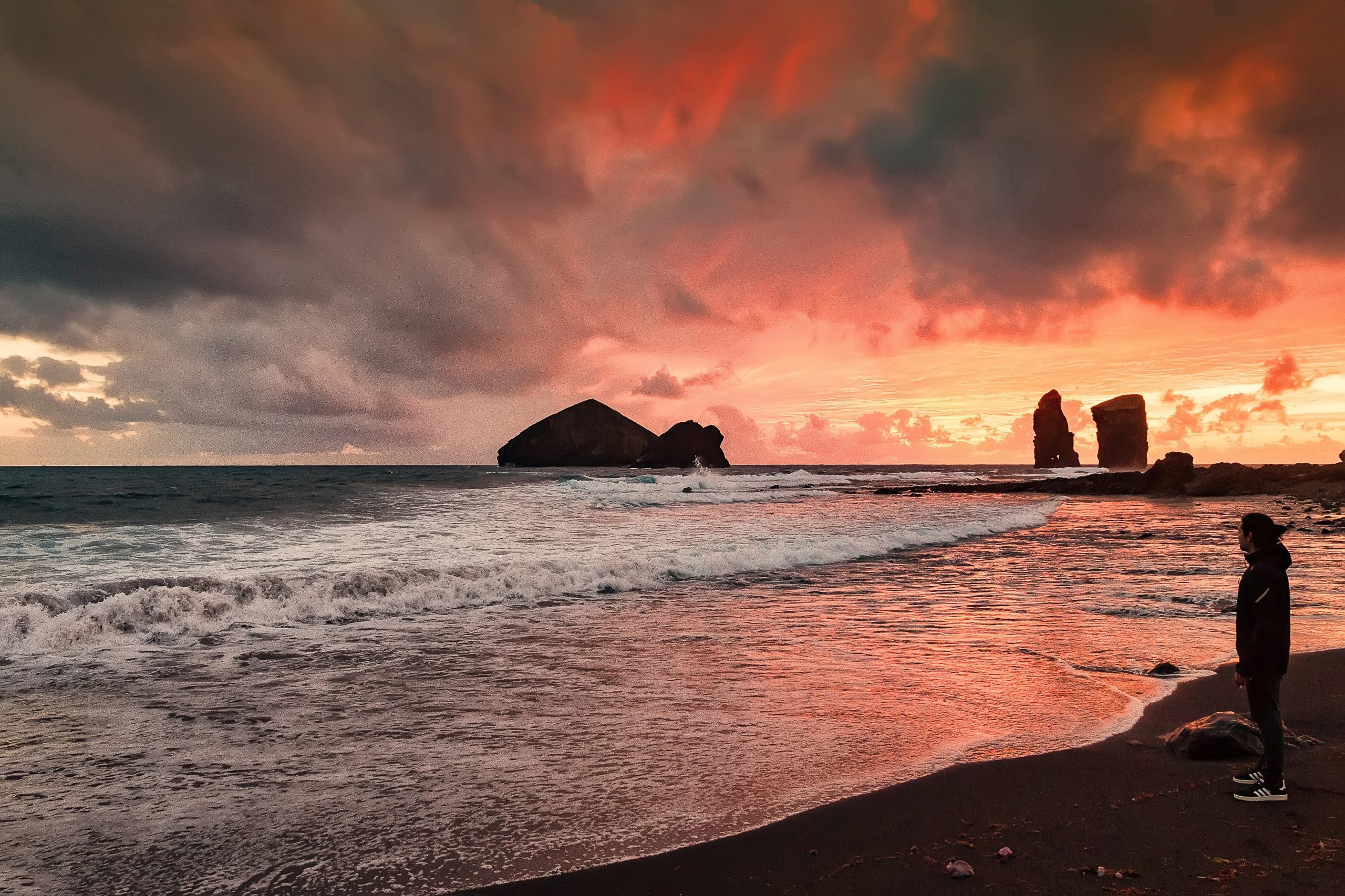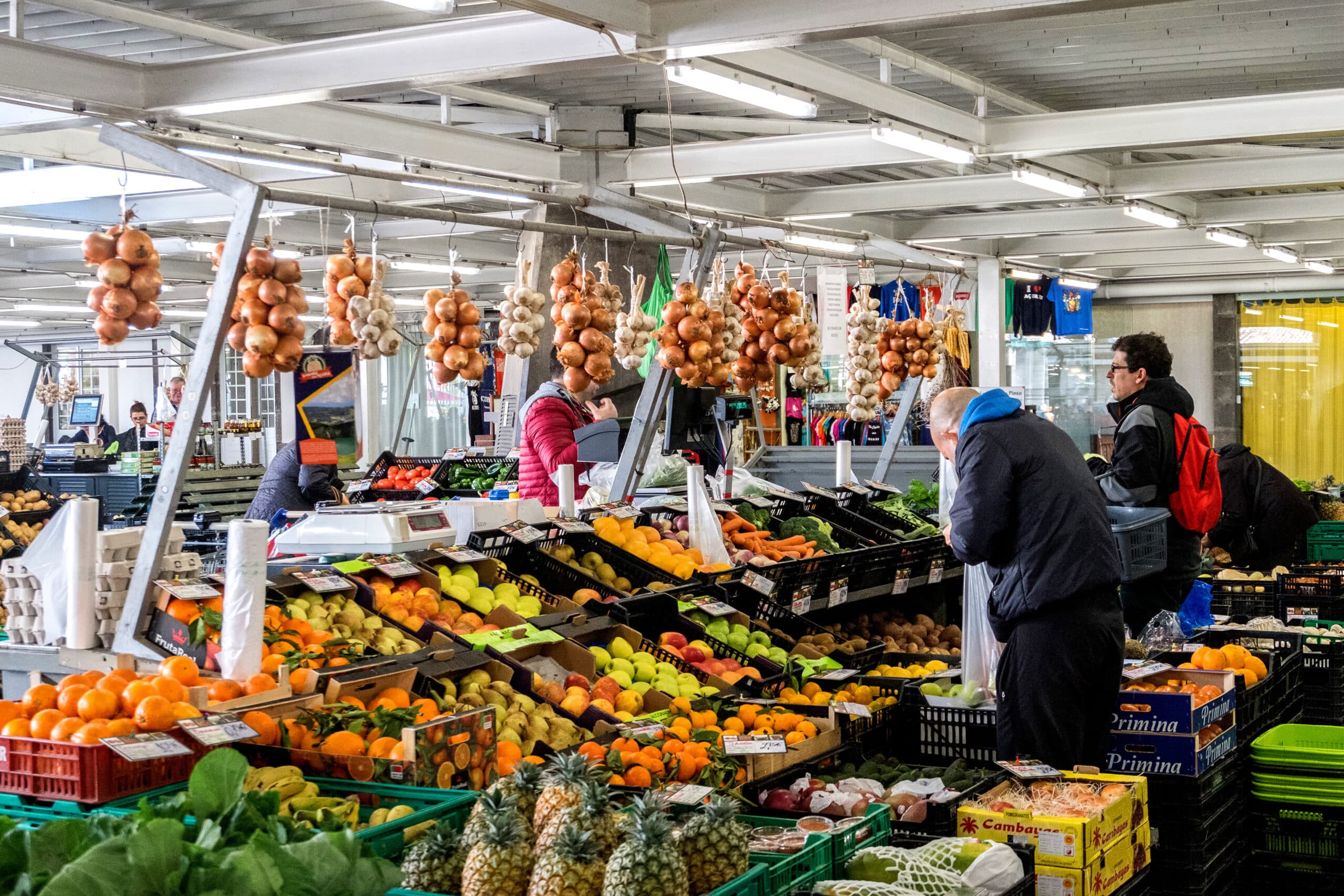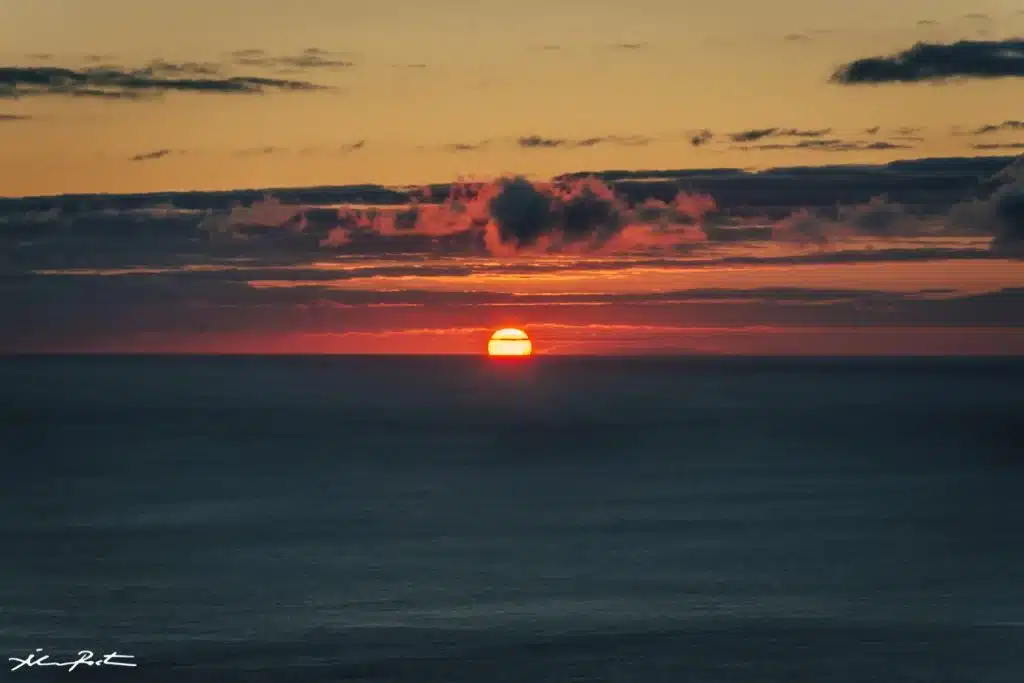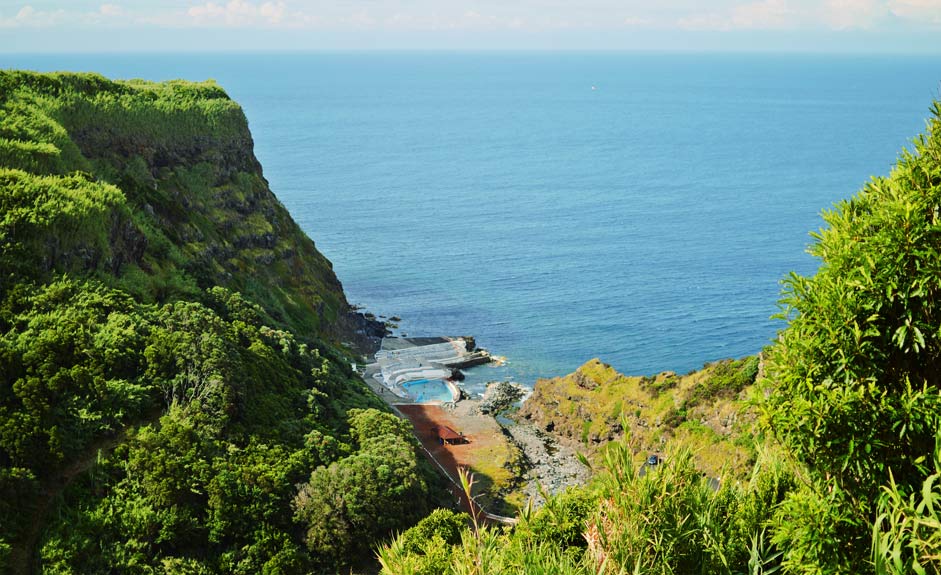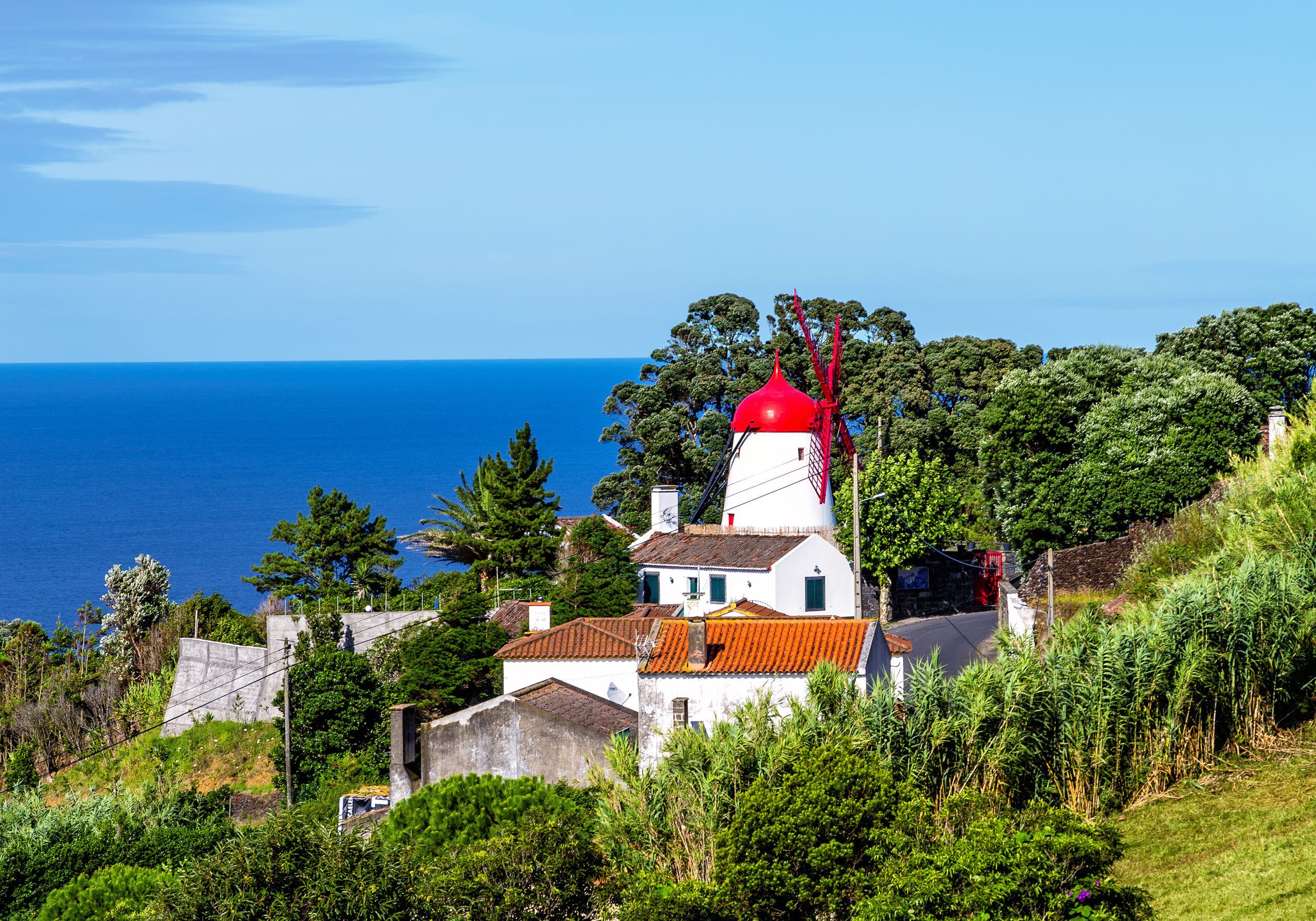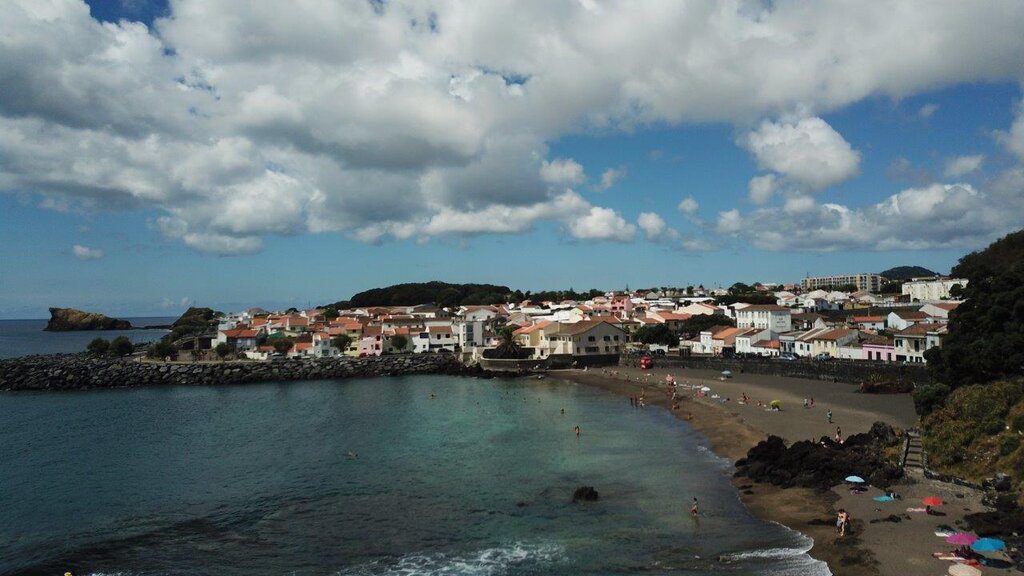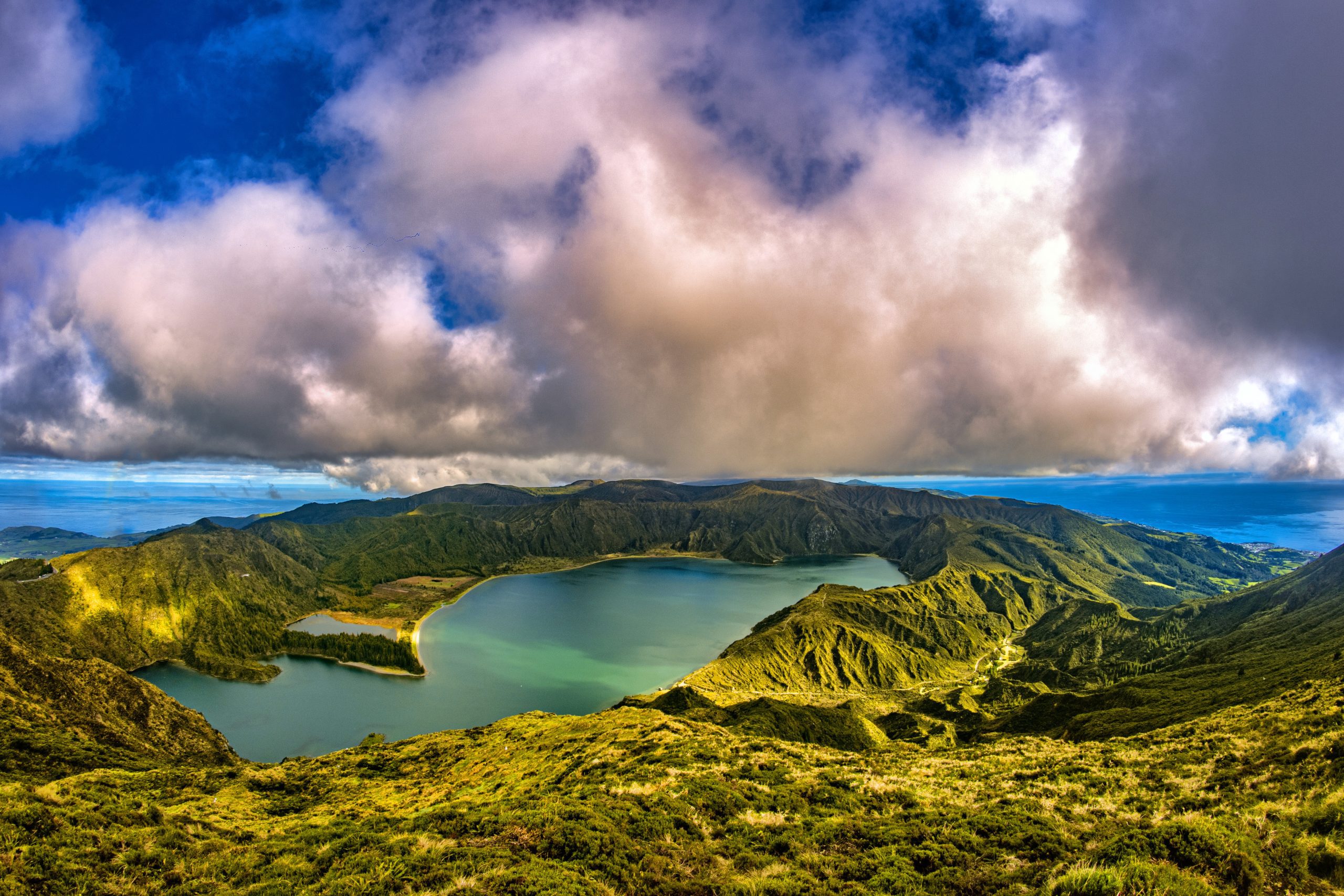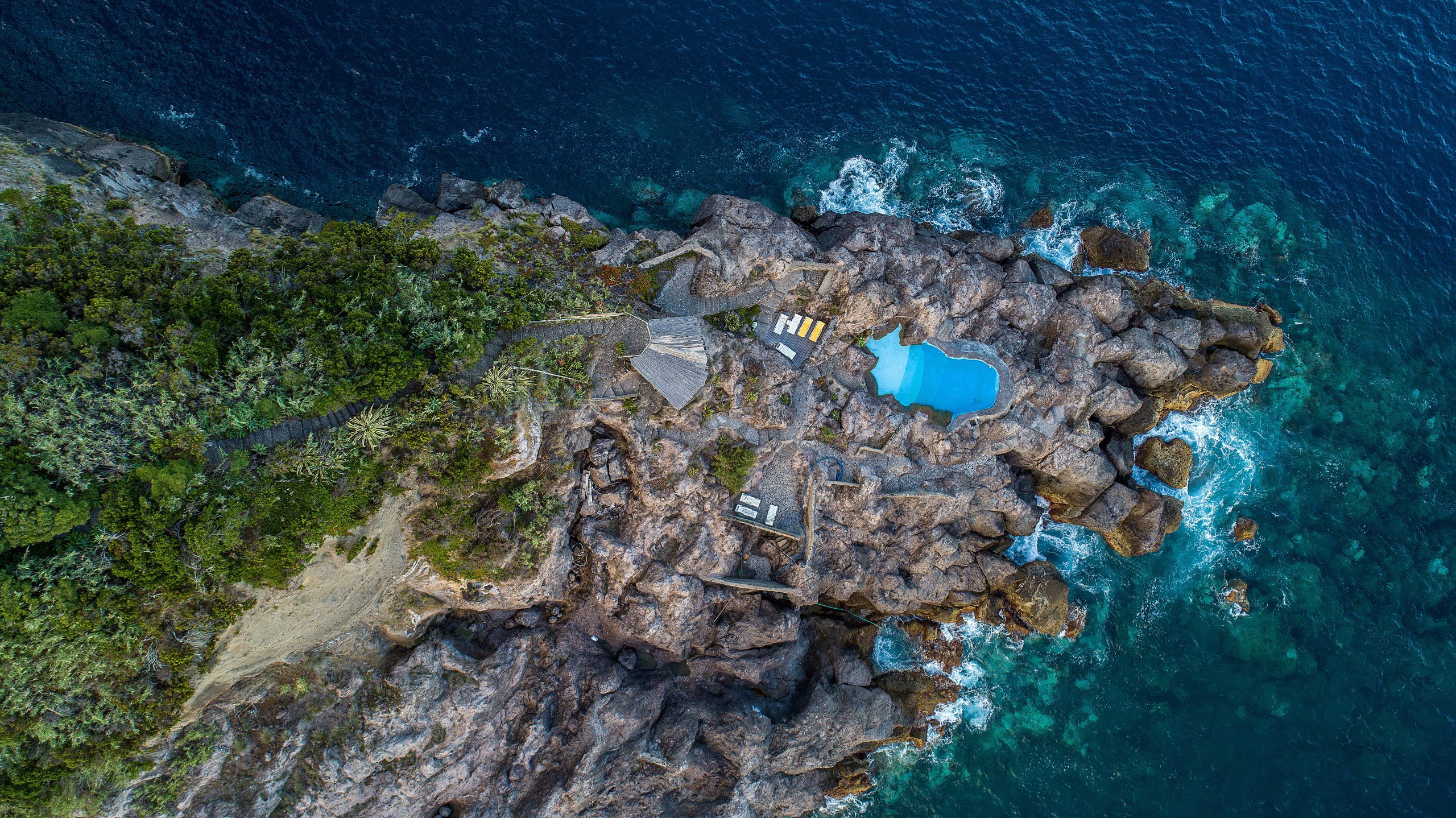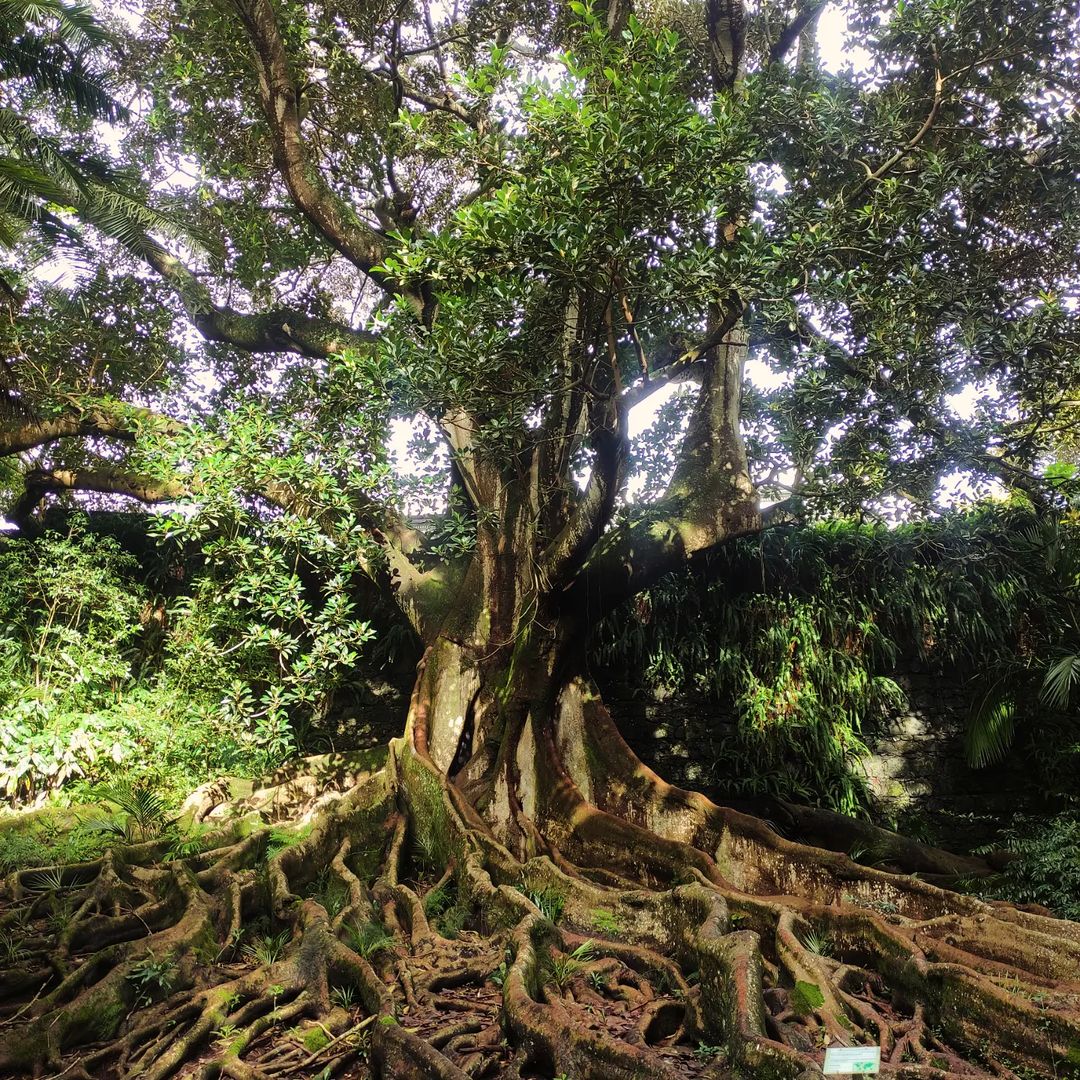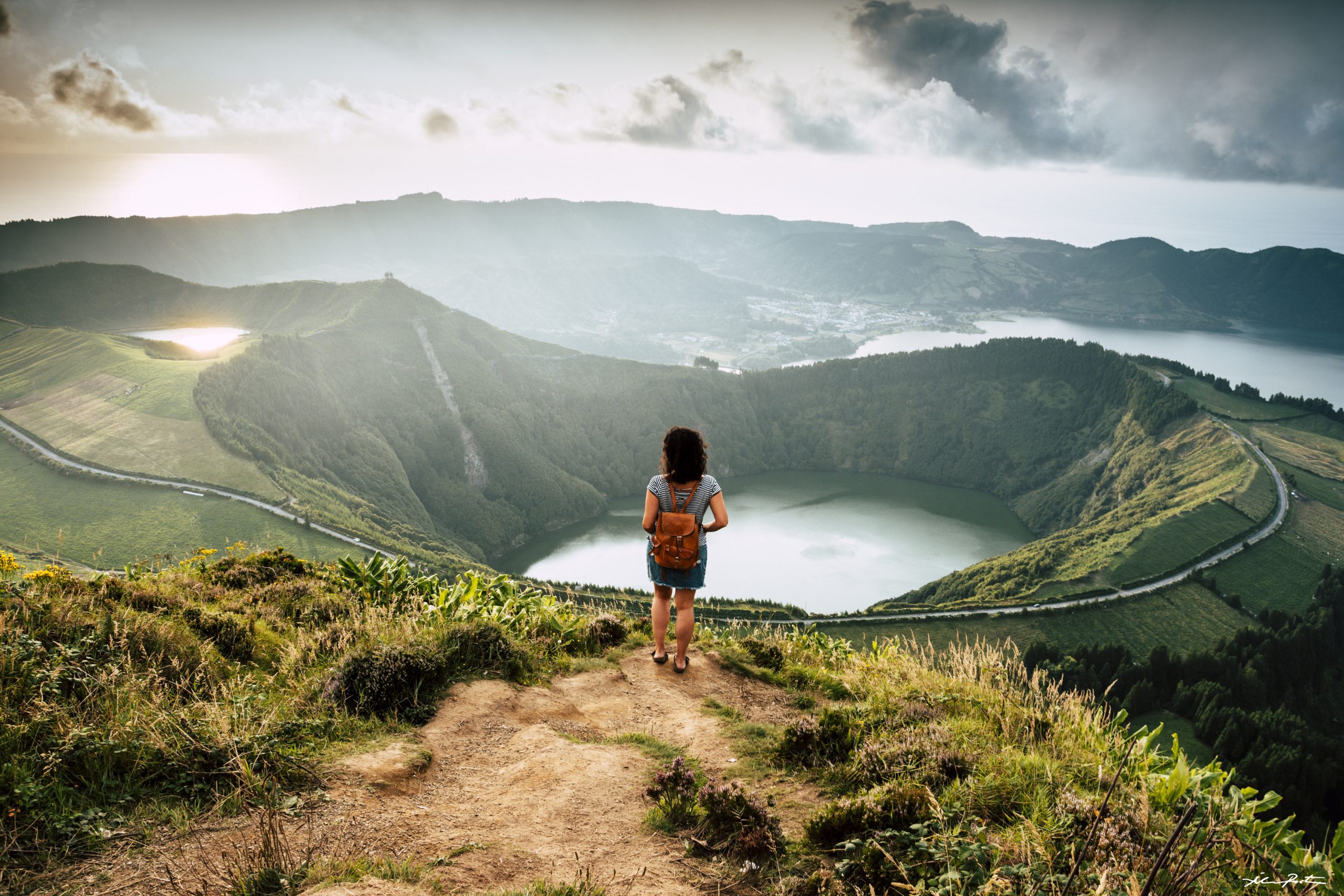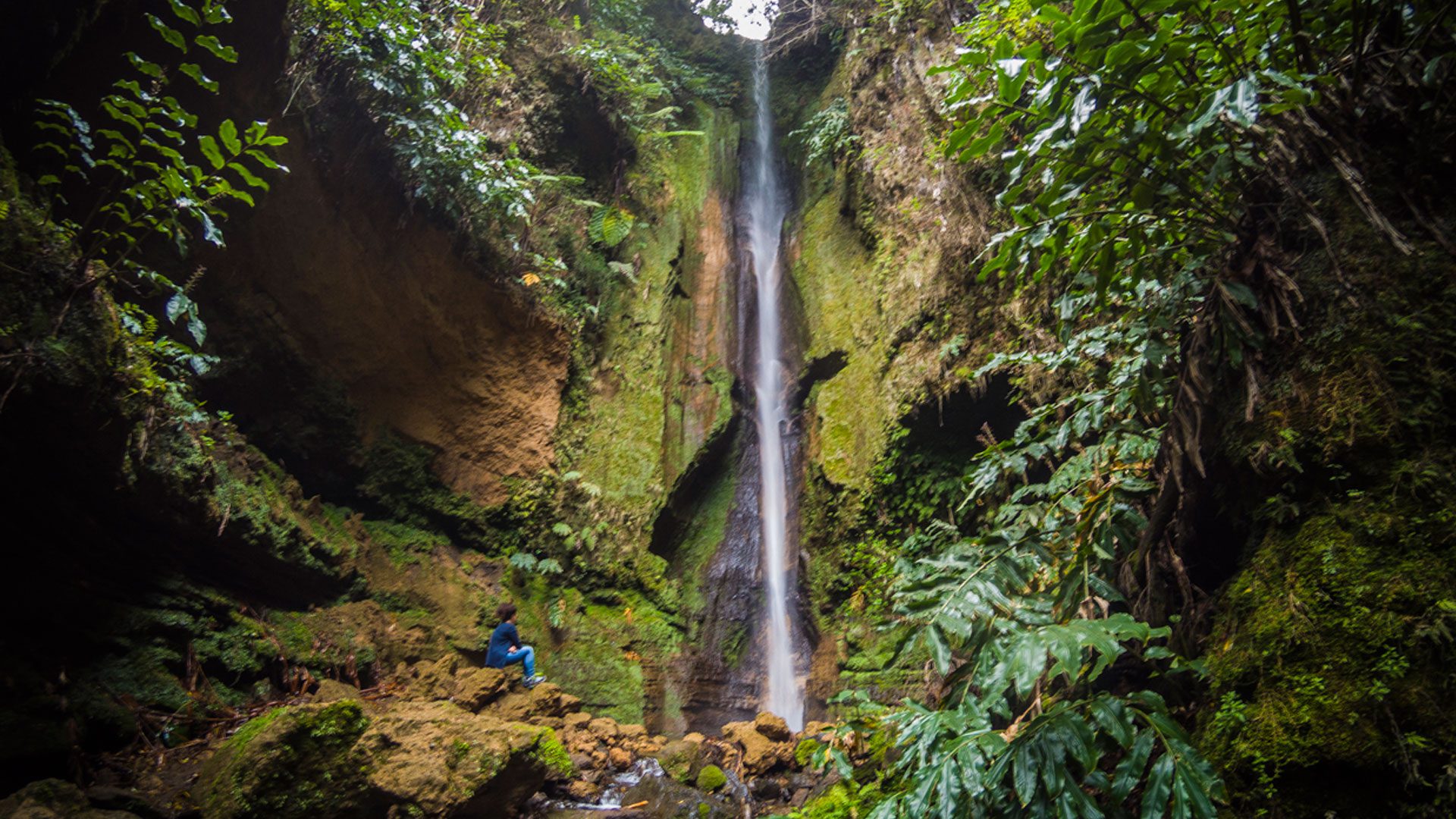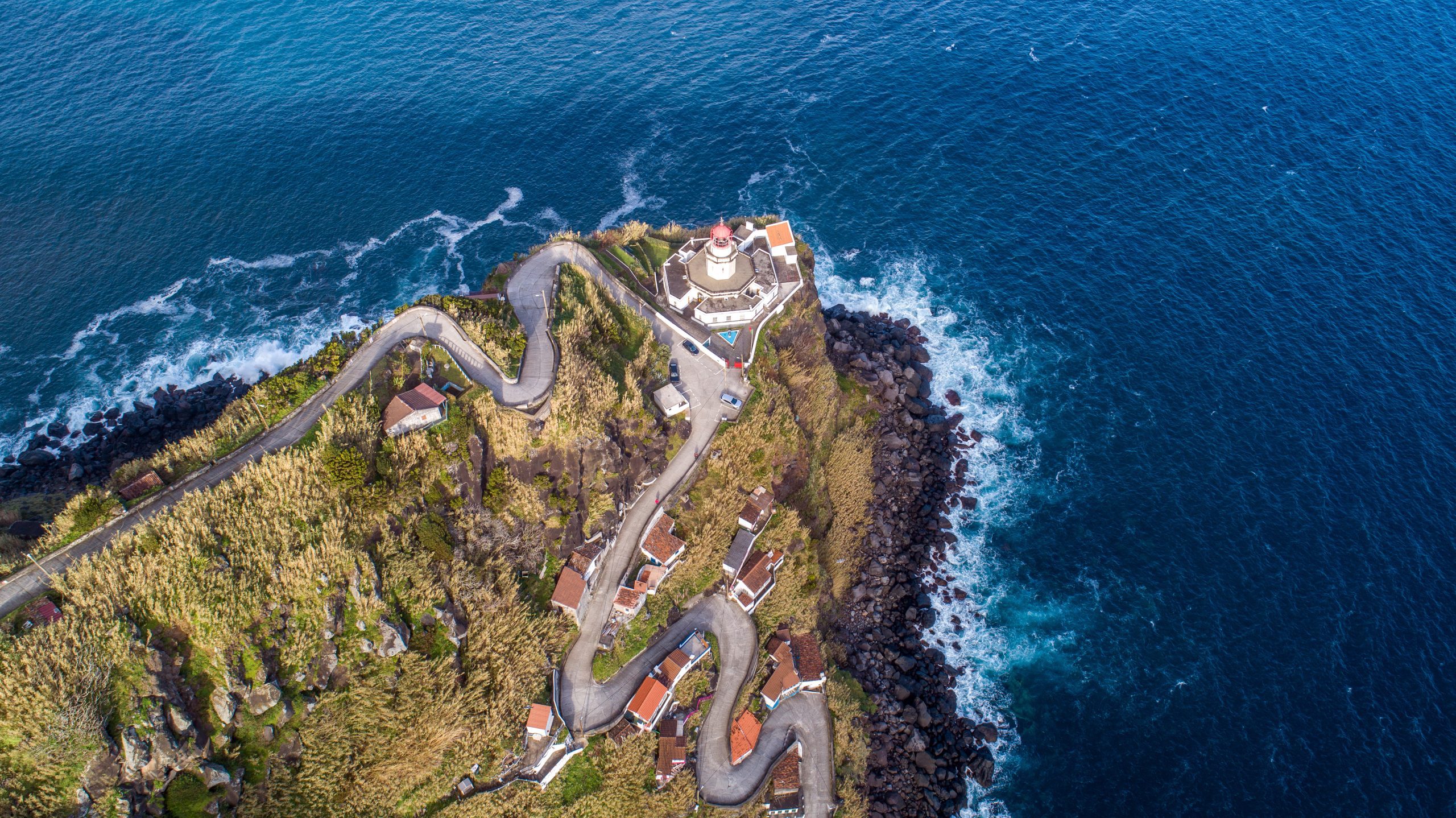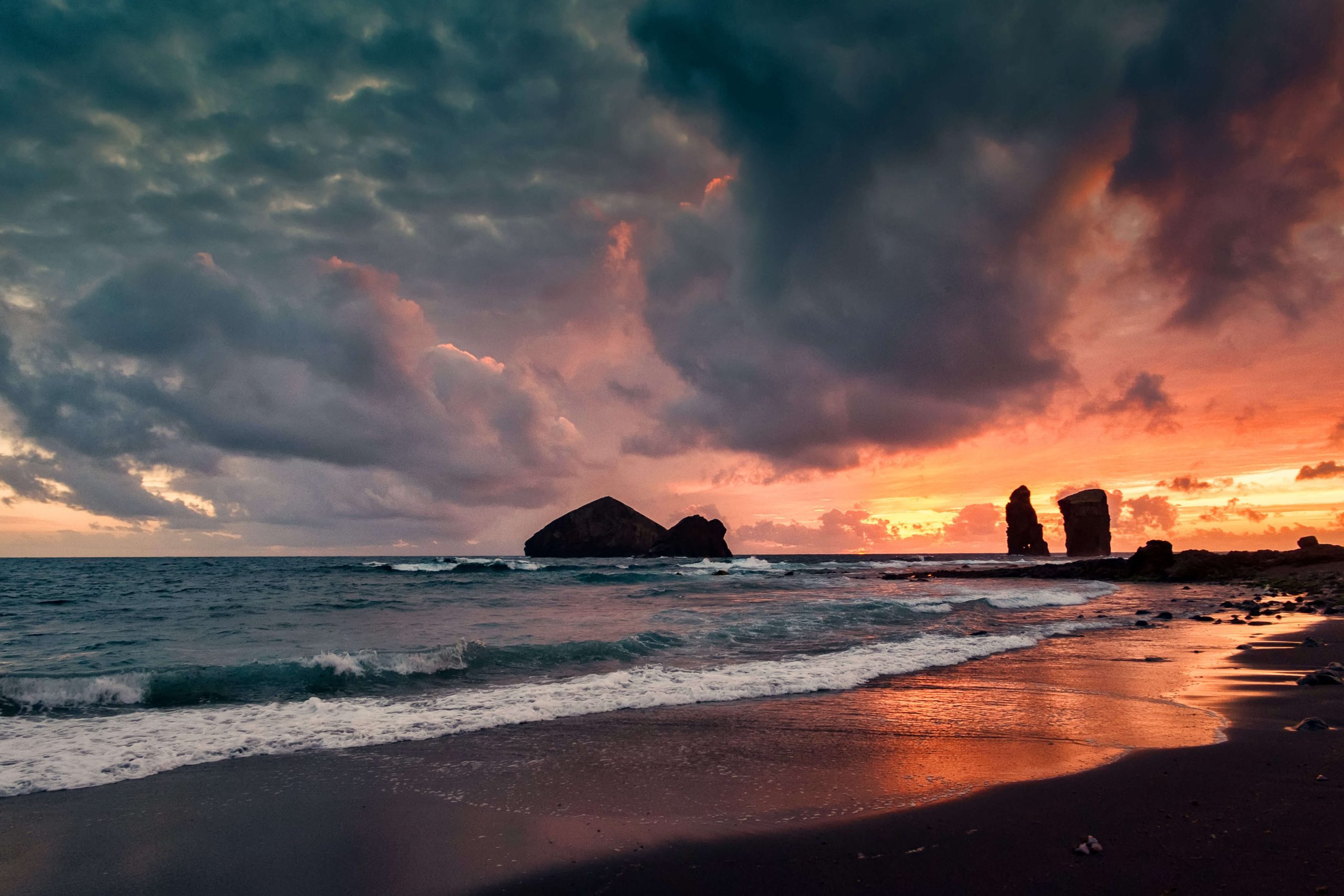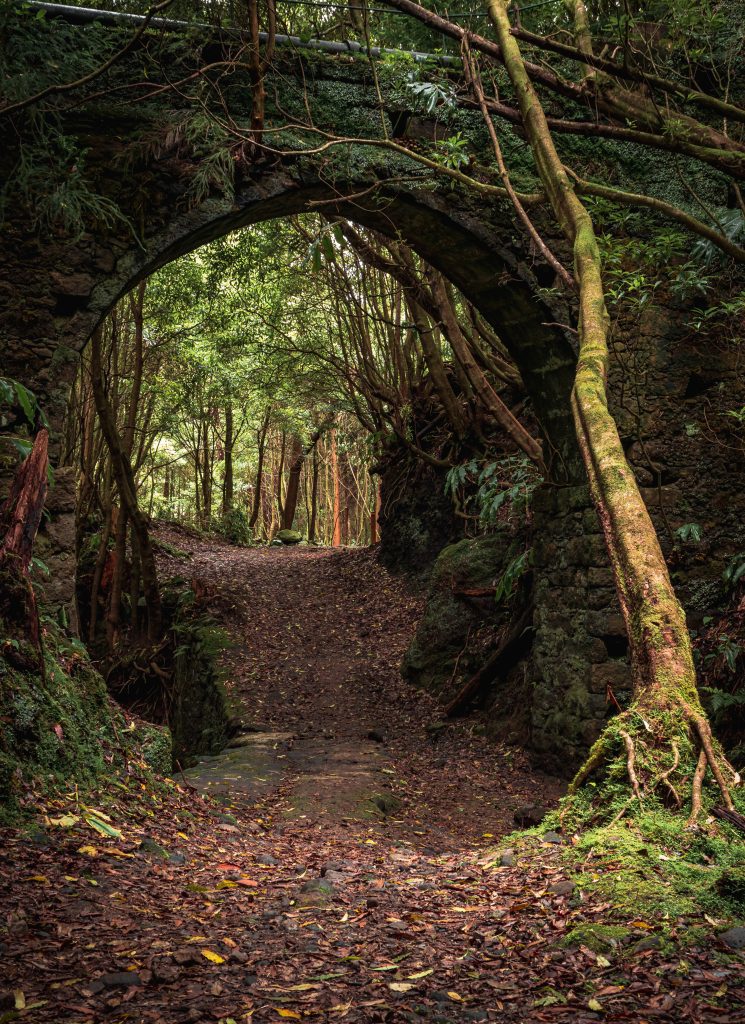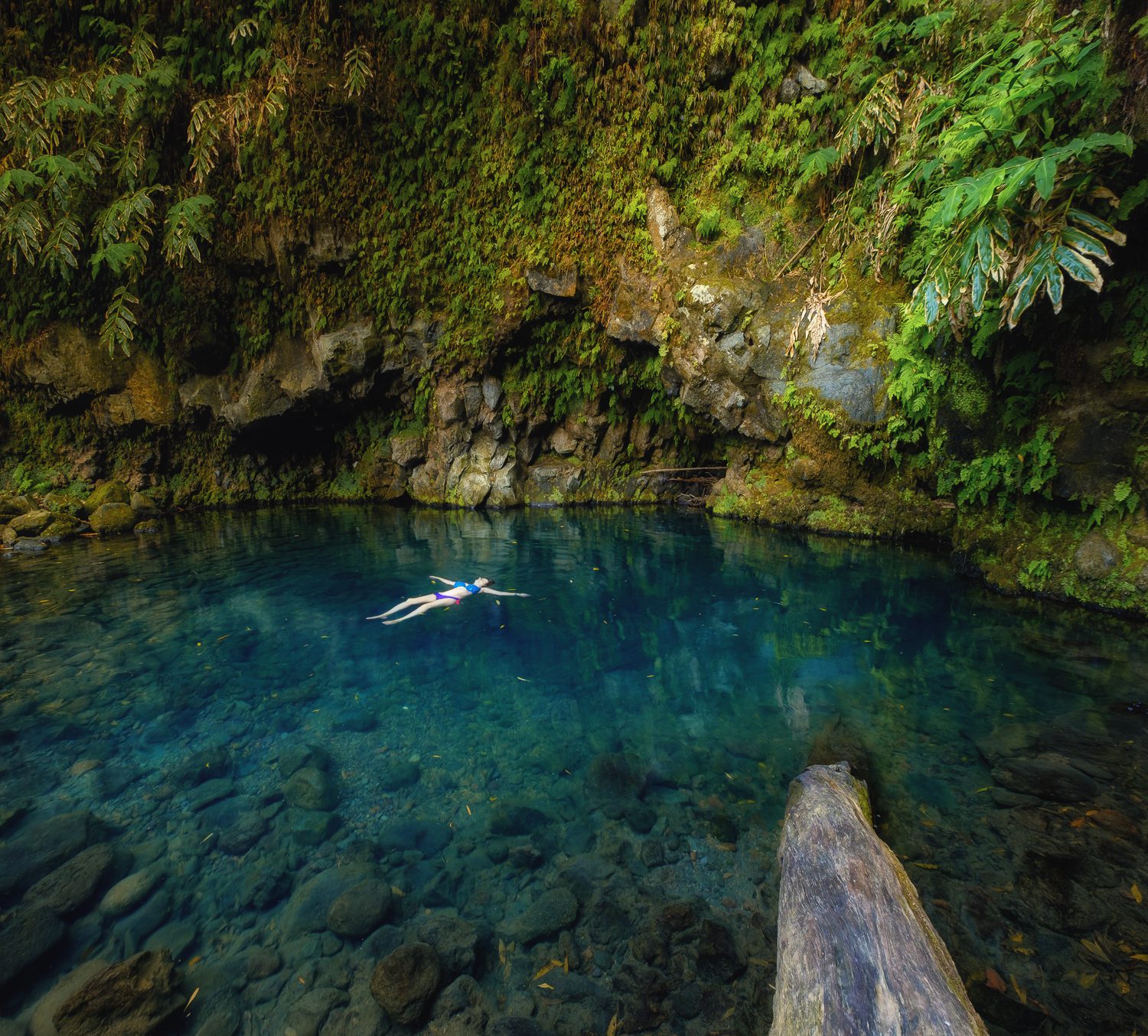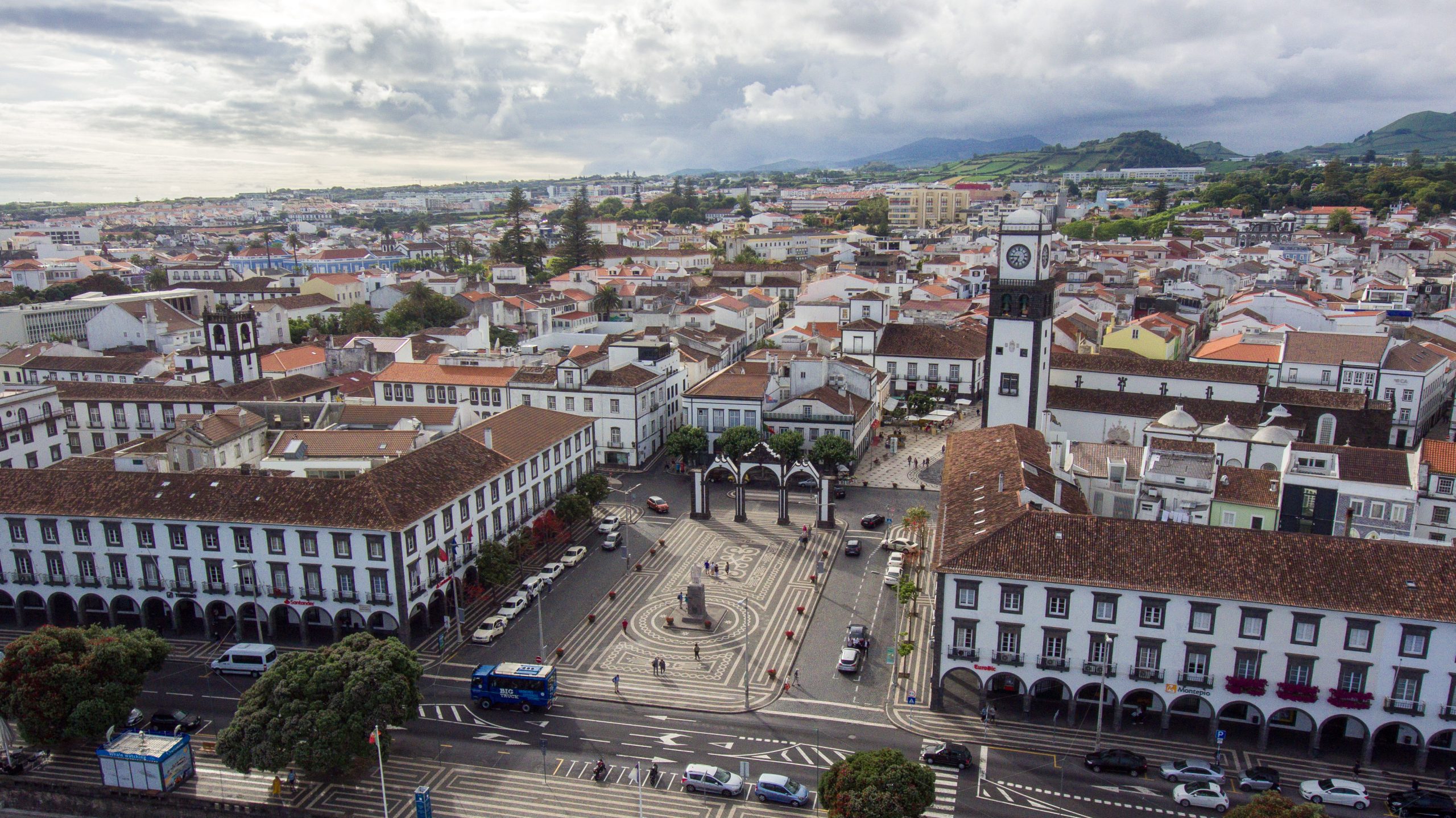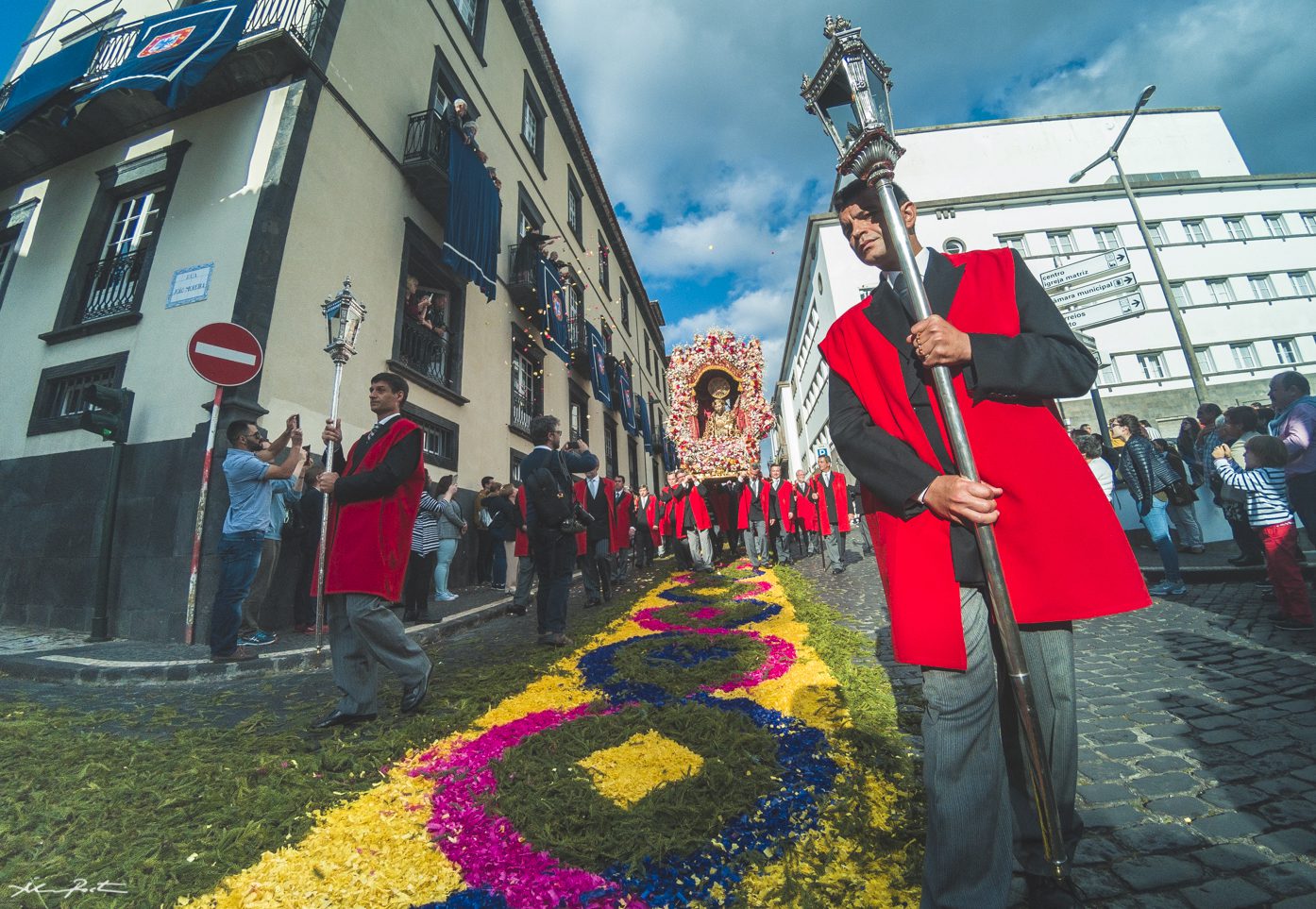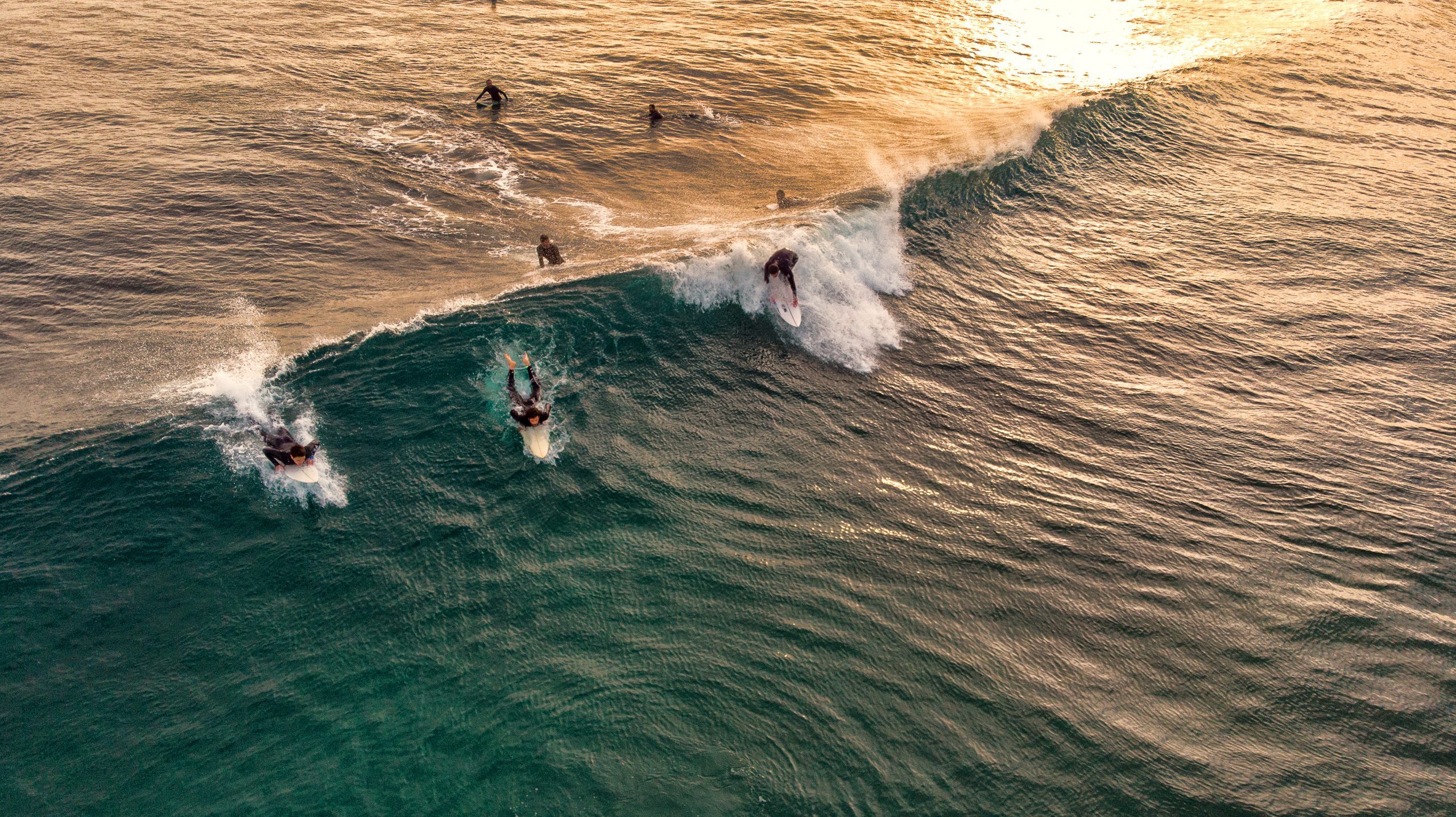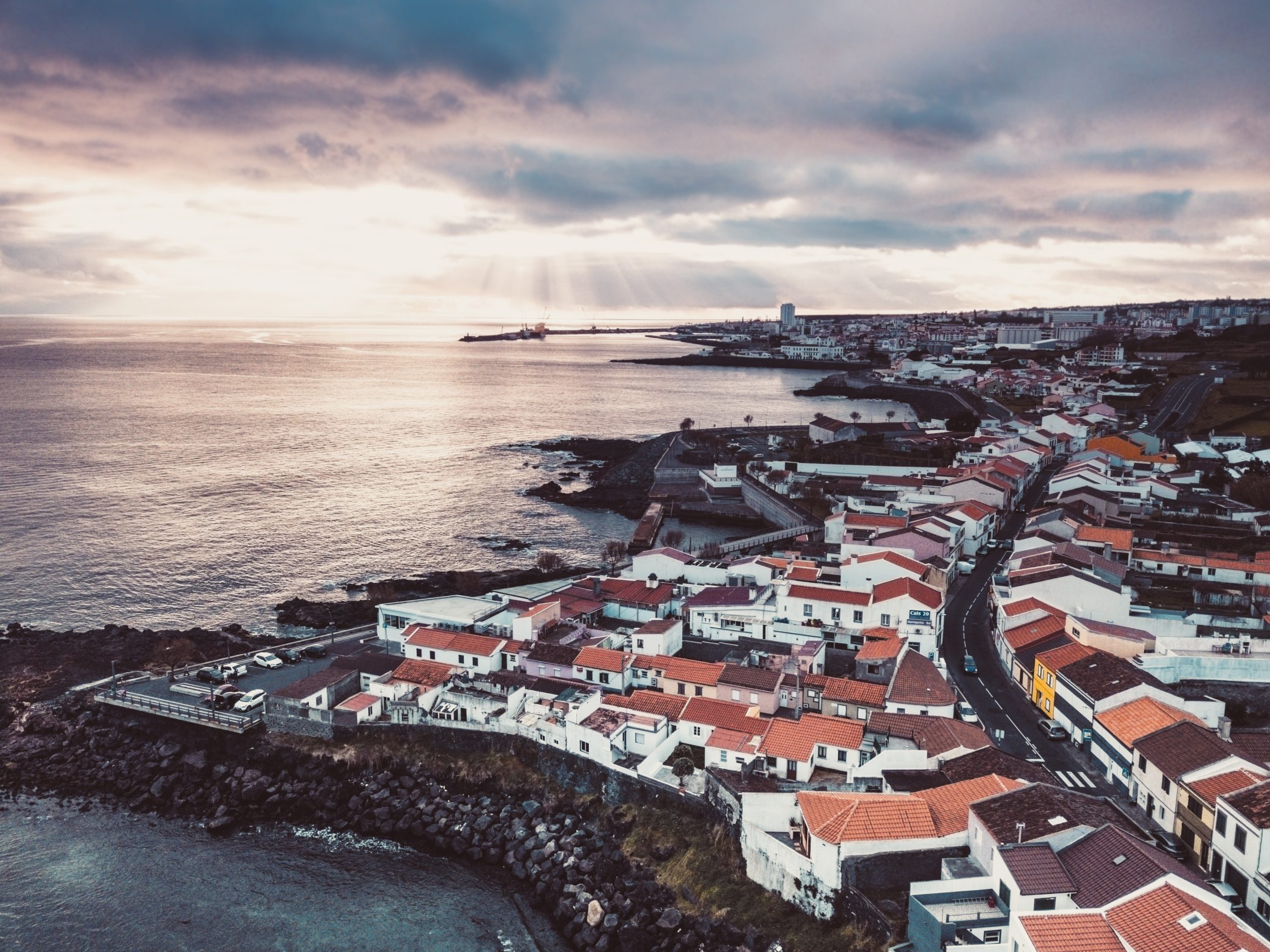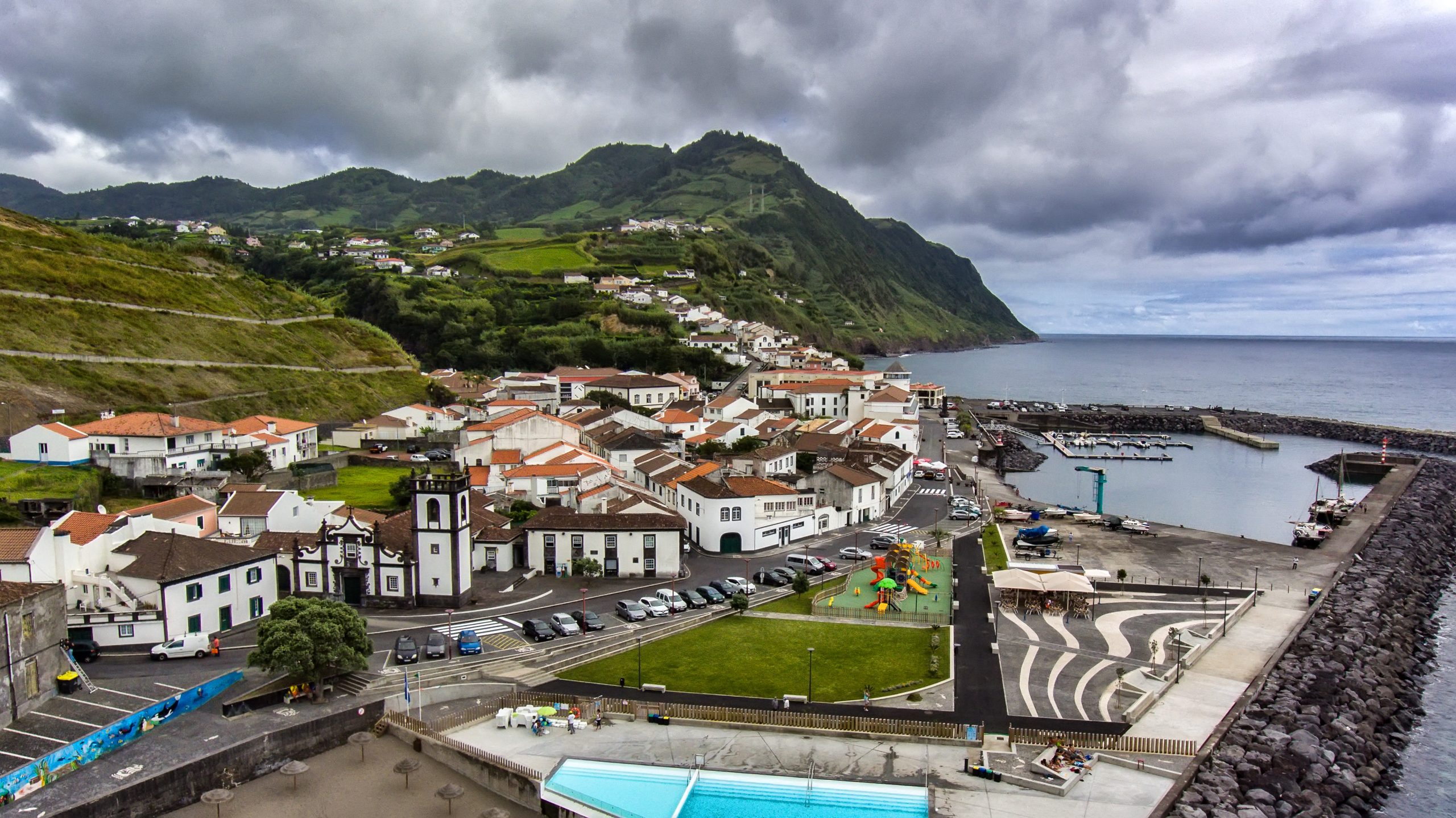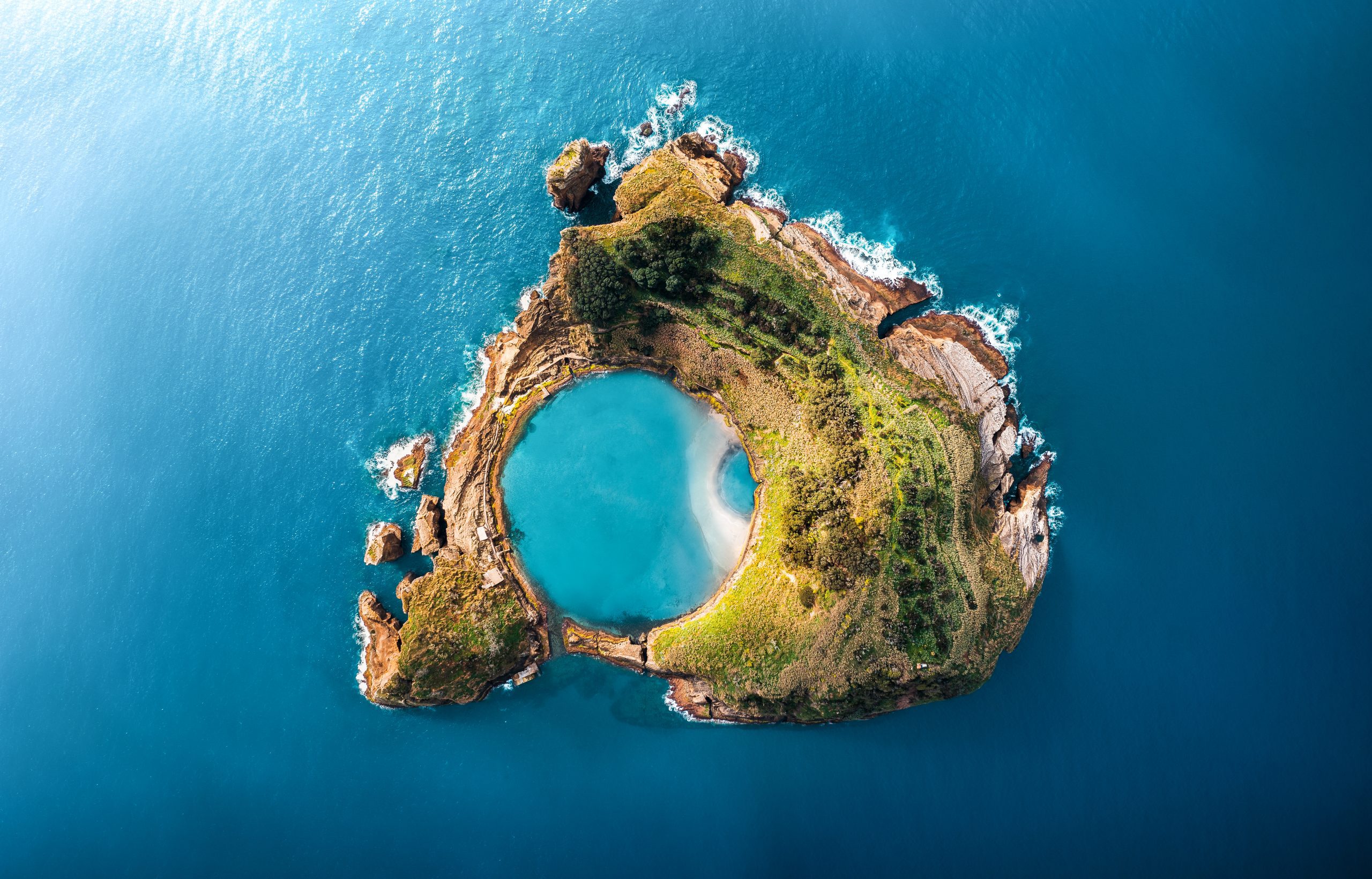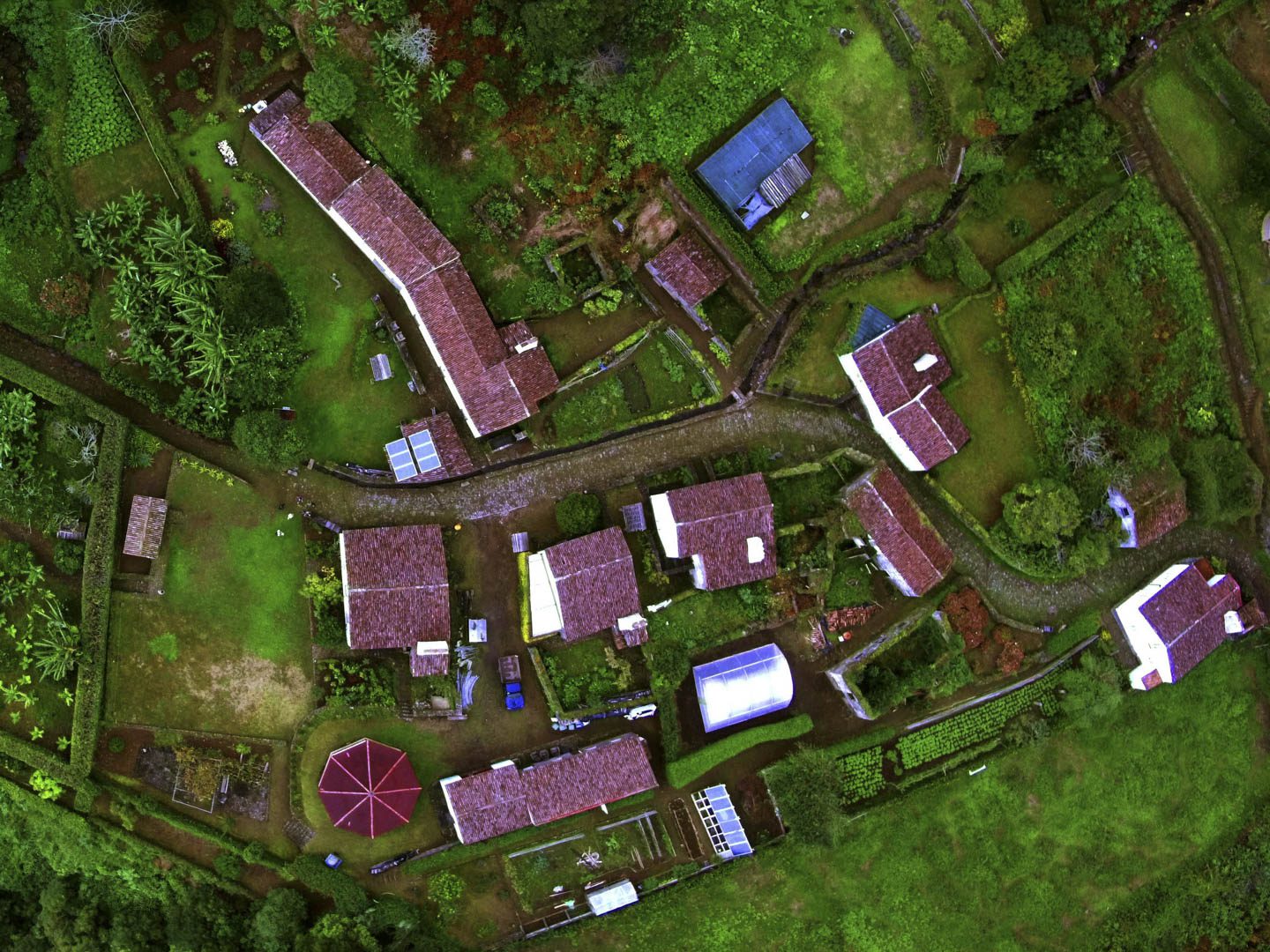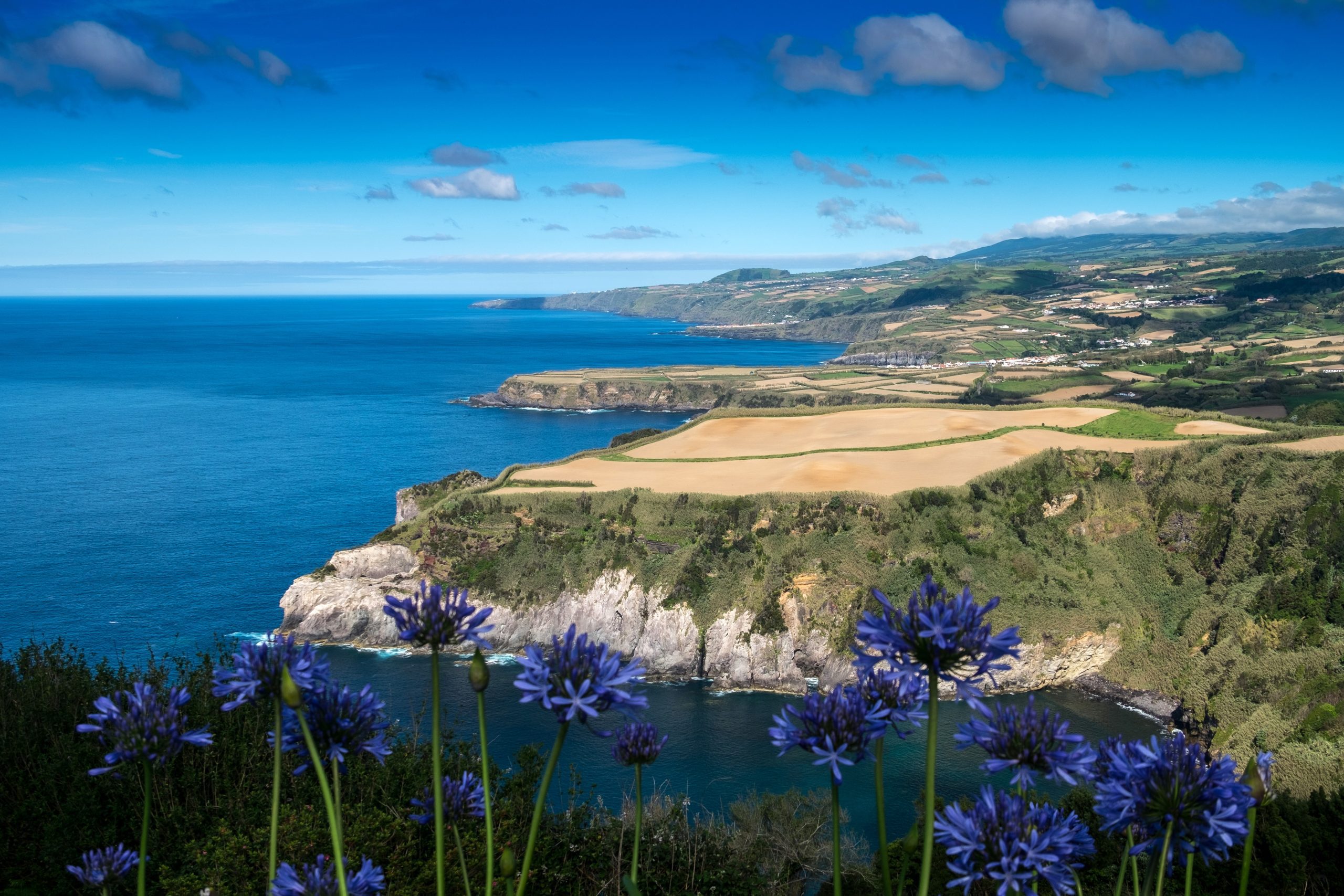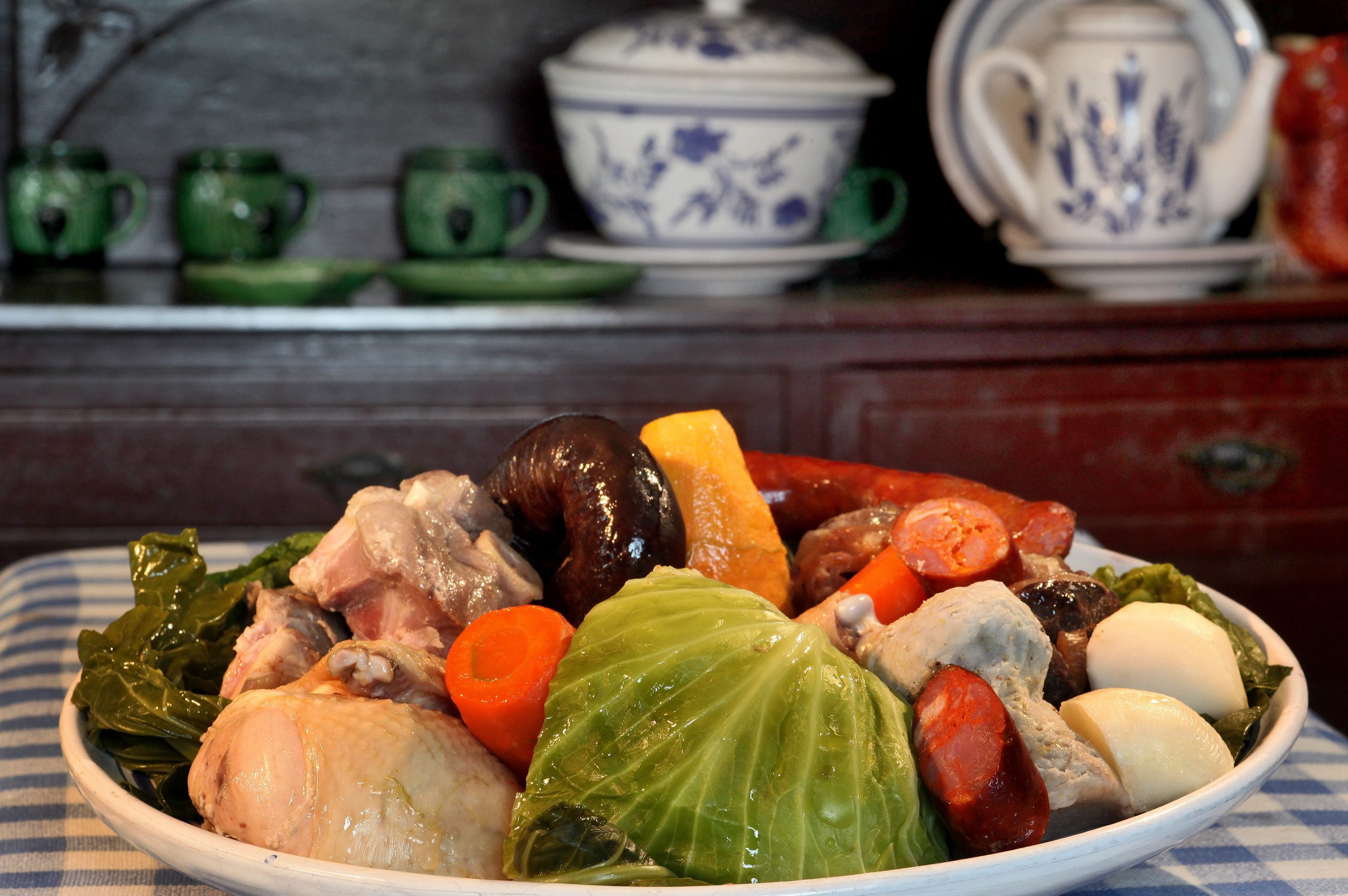Nestled between vibrant urban living and untouched natural beauty, Lagoa strikes a harmonious balance unlike anywhere else. Just beyond the town limits lie secret trails adorned with cascading waterfalls, serene natural pools, and pristine beaches waiting to be discovered.
Delve deeper and uncover a tapestry of culture and history through captivating museums and rich traditional events. Explore Lagoa, where every corner promises a new adventure, blending perfectly nature and urban allure.
What is Lagoa?

Lagoa, a coastal city with a population of 14,416, is the smallest and youngest city on the island, with a history that spans 500 years. The settlement of this municipality has played a vital role in the prosperity of its people.
During the golden age of oranges, Lagoa was a major exporter of this crop. In the industrial era, the town became an icon of industrialization on the island of São Miguel. Today, as we enter the 21st century, Lagoa is committed to embracing the new era of communication and technology, and it continues to be a reference in this field in the 2020s.
Geology & Volcanology
The volcanic origins of the islands are truly evident in the natural pools of Rosário, Lagoa. The black lava surrounding the blue ocean creates a beautiful contrast in the landscape. It is a place of choice for many locals to spend time, surrounded by the sound of the waves.
History & Geography
Lagoa is a county filled with history. After the discovery of São Miguel, settlers populated Lagoa around the Santa Cruz church. Back then, there was a lake, which is why it is called Lagoa. The current Porto dos Carneiros was a vital harbor where livestock was first brought in and agricultural goods were exported.
The primary sources of wealth were the ceramic and alcohol factories. In the 20th century, vegetable oil, soap, and animal food also became significant sources of income. Today, agriculture continues to play an essential role in the local economy, as well as in the services sector, particularly in tourism.
Culture & Festivities
Bonecreiros Route
The primary objective of the Nativity Scene Art Route is to enhance the visibility of artists who continue to create these beautiful pieces of art in Lagoa. These nativity scene figurine makers have been immortalizing regional religious and secular traditions in clay, giving continuity to a form of folk art that dates back to the 19th century, with the opening of the first pottery factories in Lagoa.
By following this route, visitors will have the opportunity to experience the unique and time-honoured art of these skilled craftsmen firsthand.
The route provides information about the artists, including their locations and contact details, and allows visitors to schedule visits and purchase exclusive, handmade pieces crafted using a unique process.
The Nativity Scene Art Route offers a unique opportunity for visitors to explore and learn about the region’s rich cultural heritage, while also supporting local artists and their traditional crafts.

Festival da Malassada

A unique event around Carnival is the Festival da Malassada in Ribeira Chã. Mingle with locals at this popular fest dedicated to the yummy doughnut-like delicacy. Not on the regular tourist itineraries is a visit to the Cerâmica Vieira factory, created in 1862. The creation process is fascinating.
Planning your trip to the Azores? ✨ Check out our complete guide to Public Holidays in the Azores: Full List & Travel Guide
Top Places & Activities at Lagoa
Caloura

The small fishing harbor of Caloura hosts one of the most stunning places to swim on São Miguel’s south coast. A quiet bay well-known for divers and snorkelers with crystal clear waters, colorful fish, and even a small pool for kids. It is equipped with a toilet and a shower, and right next to the bathing area is one of the best fish restaurants on the island.
Casa do Pescador
Casa do Pescador stands as a revolutionary space for fishermen in Caloura, offering workshops, exhibitions, seminars, and other opportunities to advance their knowledge.
Moreover, it serves as a bridge between these seafaring individuals and the governing bodies that regulate fishing activities. Inside Casa do Pescador lies an array of maritime artifacts, accompanied by photographs that depict years of dedicated work at Porto da Caloura, providing visitors with an extraordinary glimpse into this captivating industry.
The exhibition primarily features objects contributed by local fishermen, along with a selection of handcrafted items that pay homage to the sea and its fishermen. These can also be purchased from here!
On August 6th, 2003, the Parish Council of Água de Pau proudly opened this Museum to celebrate its rich history and culture.
Cerâmica Vieira Factory

Pottery was first created in the Middle Ages, displaying distinct qualities influenced by Arab and Moorish cultures, which were brought to light through their invasion of the Iberian Peninsula. Lagoa is home to a rich cultural heritage, particularly in the form of small, red clay potteries, similar to those found on the islands of Santa Maria and Vila Franca do Campo.
Long before the inception of the very first glazed tableware factory in 1862, created by Bernardino da Silva at Porto dos Carneiros da Lagoa, Cerâmica Vieira was born from this endeavour. This industrial and artful legacy has persisted for more than five generations now — a remarkable feat! Crafting this renowned pottery is done with a traditional, handmade process.
Decorating and accessorizing each piece allows the craftspeople to express their creativity in many ways, where blue generally dominates as the leading hue. “Louça da Lagoa” has become renowned worldwide, thanks to its distinctive style, design, and color. Presently, it is the crown jewel of the Municipality.
Ermida de Nossa Senhora do Monte
The Church of Nossa Senhora do Monte was built during the first half of the 20th century as a private initiative following the apparition of the Virgin Mary to two children and the subsequent illness of one of them. The church is situated on the highest point of the village of Água de Pau, offering a stunning perspective of the village and the beautiful coastal area, where visitors can observe the unique lava formations that surround the village.
Expolab
The Expolab is part of the Ciência Viva network of science centers that aims to promote scientific education in the fields of natural sciences.
Expolab is mainly focused on promoting Earth and Life Sciences, particularly Biology, as well as Chemistry and Physics. In its interactive space, various modules present basic concepts of Mathematics and physics simply and enjoyably for all ages.
In addition to the exhibitions, the center offers visitors various activities in three laboratories, each designed for a different educational level and requiring advance booking. The laboratory activities are also available for teachers to use, with the support of the Expolab team.
Janela do Inferno Hiking Trail

If you love hiking, consider the Janela do Inferno trail, which runs from Lagoa do Fogo to Ponta Delgada. Despite the cold name, it is a beautiful circular hike with a gorgeous waterfall at the end. You will pass by tunnels, farmlands, a forest, and pipes that are used to transport water. It takes about 2 hours and 30 minutes to complete the 7.6 km hike.
Check all our articles about each one of the most relevant points of interest in Lagoa do Fogo: Caldeira Velha | Lagoa do Fogo | Pico da Barrosa | Janela do Inferno
Museu de Lagoa

The Museum of Lagoa is a municipal museum located in the former Franciscan convent of Santo António. It has multiple sites across five parishes, with public and private partner entities under its purview. As such, this vibrant cultural institution offers a wealth of opportunities for visitors to explore and experience.
The Municipality has initiated a new policy of educational and cultural enrichment in the various spaces it manages, championing them as places where individuals can engage in non-formal, democratic, and inclusive learning. In this manner, knowledge is shared between generations to build up understanding, simultaneously allowing for better connections between municipal institutions and communities.
Museu Etnográfico do Cabouço
The Cabouço Museum Center is housed in a 19th-century rural dwelling that spans two floors, with an extension from this century located to the north of the original property.
The first floor is currently being prepared for a long-term exhibition, which will showcase the agricultural tools used in the area since its settlement, highlighting the transformation of the territory.
The upper floor features several environments that evoke the former trades of “cabouqueiro” (land surveyor), carpenter, shoemaker, and barber, as well as the museumization of the kitchen, a space of great importance in traditional domestic life.
Nossa Senhora do Rosário Church

On February 28, 1743, D. Frei Valério do Sacramento unveiled the deterioration of the previous Ermida da Senhora do Rosário church, necessitating the construction of a new temple in its place, which is now known as Nossa Senhora do Rosário Church.
Father Manuel Raposo da Câmara took over duties as vicar in December 1764 and instantly began to renovate this crown jewel into what we see today! In 1765, the ancient temple was finally destroyed. Construction of the church with three naves started in January 1767 and was completed by April 1772, giving it its iconic appearance that we recognize today.
On January 16, 1773, Father Manuel Pacheco Raposo blessed the new church and transferred the Blessed Sacrament there. The construction of the bell tower, however, did not begin until June 19, 1782.
Over the years, the temple received some equipment that enhanced the liturgy, such as the pipe organ, considered one of the most remarkable in the Azores Islands, which was classified as movable heritage of public interest in 2020.
Piscinas Naturais da Lagoa

The volcanic origins of the islands are truly evident in the natural pools of Rosário, Lagoa. The black lava surrounding the blue ocean creates a beautiful contrast in the landscape. It is a place of choice for many locals to spend time, surrounded by the sound of the waves.
This natural pool complex serves as a gathering place for many islanders and foreigners. Inside, several pools await swimmers to uncover their underwater secrets. During the low season, the entrance is free of charge. You will also find a snack bar, toilets, and changing rooms.
Praia da Baixa d’Areia

On the nature level, Lagoa has many heavenly beaches to enjoy, such as Praia da Baixa D’Areia in Água de Pau. The thin black sand is just perfect for lying down and soaking up a daily dose of vitamin D.
→ Related Post: Best beaches in the Azores. Read more!
Quinta da Paródia

Experience the magic of Quinta da Paródia. It’s a place where agriculture and animal farming thrive. They combine entertaining educational services, creating unforgettable experiences. These experiences are enjoyed by both locals and tourists alike. The farm offers a perfect blend of animals and plants. It features recreational spaces that create a delightful environment, making it easy to create lifelong memories.
It offers enriching rural experiences that connect people with nature. These experiences encourage family and intergenerational bonding, promoting healthy lifestyles. They also foster stronger relationships between agriculture and society, cultivating a greater environmental awareness.
Volcanological and Geothermal Observatory of the Azores

There is no better place to truly understand volcanoes than the Volcanological and Geothermal Observatory of the Azores in Lagoa. Appreciate Mother Nature’s work at this museum, very explanatory about the geological features of the island.
Pro Tips
If you’re ever in Lagoa, two truly unique places are a must-visit. The first is the beautiful harbor of Caloura, and the second is the harbor of Lagoa itself. While people primarily use these harbors for fishing, they also offer opportunities to take a dip in the ocean. You can snorkel to see the wonderful marine life that surrounds them.
In addition to the natural beauty, both harbors boast outstanding restaurants with stunning ocean views. These restaurants make the most of the fresh seafood caught by local fishing boats. They ensure that you’ll enjoy only the best seafood. Chefs guarantee that it is the most delicious seafood available. So, be sure to stop by and savor the flavors of the sea!
Where to Eat
If you need somewhere to eat near Lagoa, click here. In this link, you’ll find the 10 best restaurants on TripAdvisor.
Where to Stay
To make your life easier, we’ve filtered the search by:
Nearby Attractions
Ilhéu de Vila Franca do Campo

The islet of Vila Franca do Campo is probably the best beach on São Miguel island. It is an old submarine volcano with crystal-clear waters in its crater, where you can swim and snorkel. However, this natural wonder is only open from June to October for preservation purposes.
If you visit the island outside the high season, you can still visit Vinha da Areia beach in Vila Franca do Campo. The black-sand beach is ideal for relaxing when the sun is shining.
Check all our articles about each one of the most relevant points of interest in Vila Franca do Campo: Vila Franca do Campo | Ermida de Nossa Senhora da Paz | Ilhéu de Vila Franca | Praia da Amora | Praia da Vinha da Areia | Praia de Água D’Alto | Lagoa do Congro | Lagoa dos Nenúfares | Miradouro do Castelo Branco
Lagoa do Fogo

Lagoa do Fogo is located in the crater of a dormant volcano that formed about 15,000 years ago. It offers exceptional natural beauty and breathtaking landscapes. This awe-inspiring turquoise lake is a pure testimony to nature’s pace. Many stories can be told, and yours might start here.
This least humanized and preserved area even has a pumice beach on the lagoon margins, which was awarded the best wild beach in Portugal in the “7 Wonders — Beaches of Portugal Contest”. From the central part of São Miguel Island, the Serra da Água de Pau Volcanic Massif was born, where Lagoa do Fogo is nestled. It is of great value in landscapes and untouched, pure nature.
Located between Ribeira Grande and the city of Lagoa, this volcanic lake looks like a postcard from paradise. The green of the volcanic walls filled with lush vegetation contrasts with the clear blue water of the lake, undoubtedly making it one of the most beautiful places in the Azores. This is one of the main tourist highlights of São Miguel, but there are still some secrets inside to be unveiled in this post. Follow this complete guide on all you need to know about Lagoa do Fogo.
Check all our articles about each one of the most relevant points of interest in Lagoa do Fogo: Caldeira Velha | Lagoa do Fogo | Pico da Barrosa | Janela do Inferno
Maia

Peacefulness and the smell of the ocean mix in the town of Maia. It is a quiet coastal village situated atop an old lava flow, boasting luxuriant natural surroundings and a rich cultural heritage. Maia is far away from tourist crowds and camera flashes. Discover a place locals know how to appreciate.
Check all our articles about each one of the most relevant points of interest in Maia: Maia | Gorreana Tea Plantation | Praia da Viola
Ponta Delgada

Ponta Delgada is officially one of the best places to live in Portugal. The modern city is the biggest and most populous of the Azores. There, the ocean breeze, mountain views, and delicious local food are part of everyday life. Despite being an energetic city, Ponta Delgada has no rush and no annoying traffic jams.
Initially, Ponta Delgada was a small fishing village. But quickly, thanks to its safe bays, it became the most important harbor for trade on the island. Ponta Delgada was declared a city in 1546 and considered the capital of the island. This occurred after the first capital, Vila Franca do Campo, was destroyed in 1522 by a devastating earthquake. Nowadays, Ponta Delgada, with its nearly 70,000 inhabitants, is a cosmopolitan city that attracts visitors from all over the world.
Check all our articles about each one of the most relevant points of interest in Ponta Delgada: Gruta do Carvão | Ponta Delgada | Jardim António Borges | Jardim Botânico José do Canto | Pinhal da Paz | Portas da Cidade | Milícias & Pópulo Beaches | Praia de São Roque | Pico Vermelho Windmill | Rocha da Relva | Mercado da Graça | Miradouro Vigia da Baleia
Ribeira Grande

Ribeira Grande, the surfing capital, is a beautiful coastal city located on the North coast of São Miguel Island. It is also the second-biggest city on the island after Ponta Delgada. The city’s treasures include several churches, beautiful squares where locals and tourists meet, a farmers’ market, a river, and a fascinating Azorean Emigration Museum.
Check all our articles about each one of the most relevant points of interest in Ribeira Grande: Caldeiras da Ribeira Grande | Ribeira Grande | Miradouro da Bela Vista | Lagoa de São Brás | Porto de Santa Iria | Poços de São Vicente | Praia dos Moinhos | Salto do Cabrito | Miradouro de Santa Iria | Rabo de Peixe | Pico da Barrosa | Areal de Santa Bárbara | Miradouro Vigia da Baleia | Jardim Municipal da Ribeira Grande | Waterfalls of Ribeira Grande
Complementary Information
Best Season to Visit the Azores
The Azores Archipelago boasts a unique climate that shapes its lush landscapes, making it a splendid year-round destination. With mild temperatures and minimal fluctuations, each season offers something unique. Spring averages 16 °C, summer reaches 21 °C, autumn cools to 18 °C, and winter remains mild at 14 °C.
→ For a detailed breakdown of the weather by month, check the following links 🌤️☔️: January | February | March | April | May | June | July | August | September | October | November | December
How to Get to the Azores
The Azorean Archipelago is easily accessible through numerous flight routes. Lisbon and Porto are the main entry points to the continent, with direct flights available to São Miguel (PDL), Terceira (TER), Faial (HOR), Pico (PIX), and Santa Maria (SMA). To find the best flight, use search engines like eDreams or Skyscanner. These platforms let you compare prices and schedules from multiple airlines in one convenient location.
For more details on how to get to the Azores, take a look at our complete guide. But what if you want to explore beyond your arrival island? We’ve got you covered!
- Azores airports 🛬
- Flights between islands ✈️
- Ferries between islands ⛴️
- Which island to choose? 🏝️
- What airlines fly to the Azores? 🛩️
→ Once you’ve found the perfect route, book your tickets and get ready to experience one of the world’s most stunning island groups!
Travel Essentials
Essential Information for your Azores trip: Azorean Language & Phrases 🗣️ | Currency & Banks 💵 | Credit Cards & Traveler’s Cheques 🏧 | Driving in the Azores 🚗 | Electricity 🔌 | Experiences & Tours 🗺️ | Health & Safety 🩺 | Internet & Wi-Fi Access 🛜 | Phones & Mobile Service 📞 | Post Offices & Buying Stamps ✉️ | Public Holidays 🏖️ | Shopping 🛒 | Time & Daylight 🕒 | Whale Watching Guide 🐳 | Best Island to Visit 🏞️
Useful Tools & Apps
The weather in the Azores can be variable, so it’s helpful to use some apps before visiting the islands. Spotazores provides live camera feeds from the main tourist attractions, allowing you to check the weather and plan your visit. For accurate weather predictions, use Windy or Windguru — they provide the most reliable predictions.
Video
Conclusion
Explore the stunning south coast, a true paradise with an endless array of breathtaking beaches and landscapes. You must visit Caloura and experience the unrivaled beauty of the harbor in Lagoa. Witness hardworking fishermen reeling in their catch of the day and the most spectacular sunsets you’ll ever see. Dive into crystal-clear waters, feel the sun on your skin, and let the beauty of the south coast completely envelop your senses.

